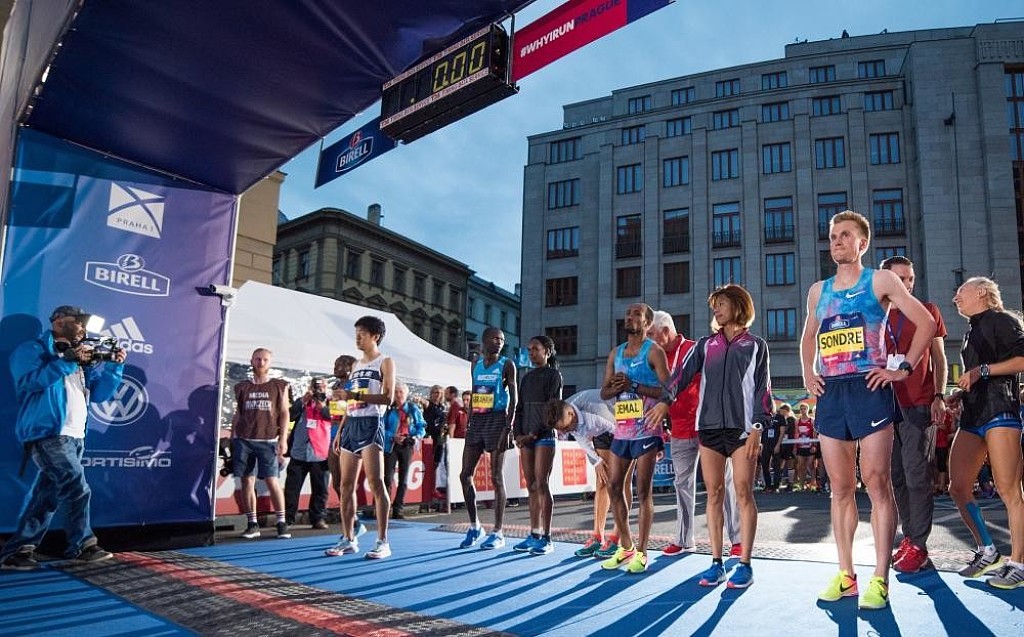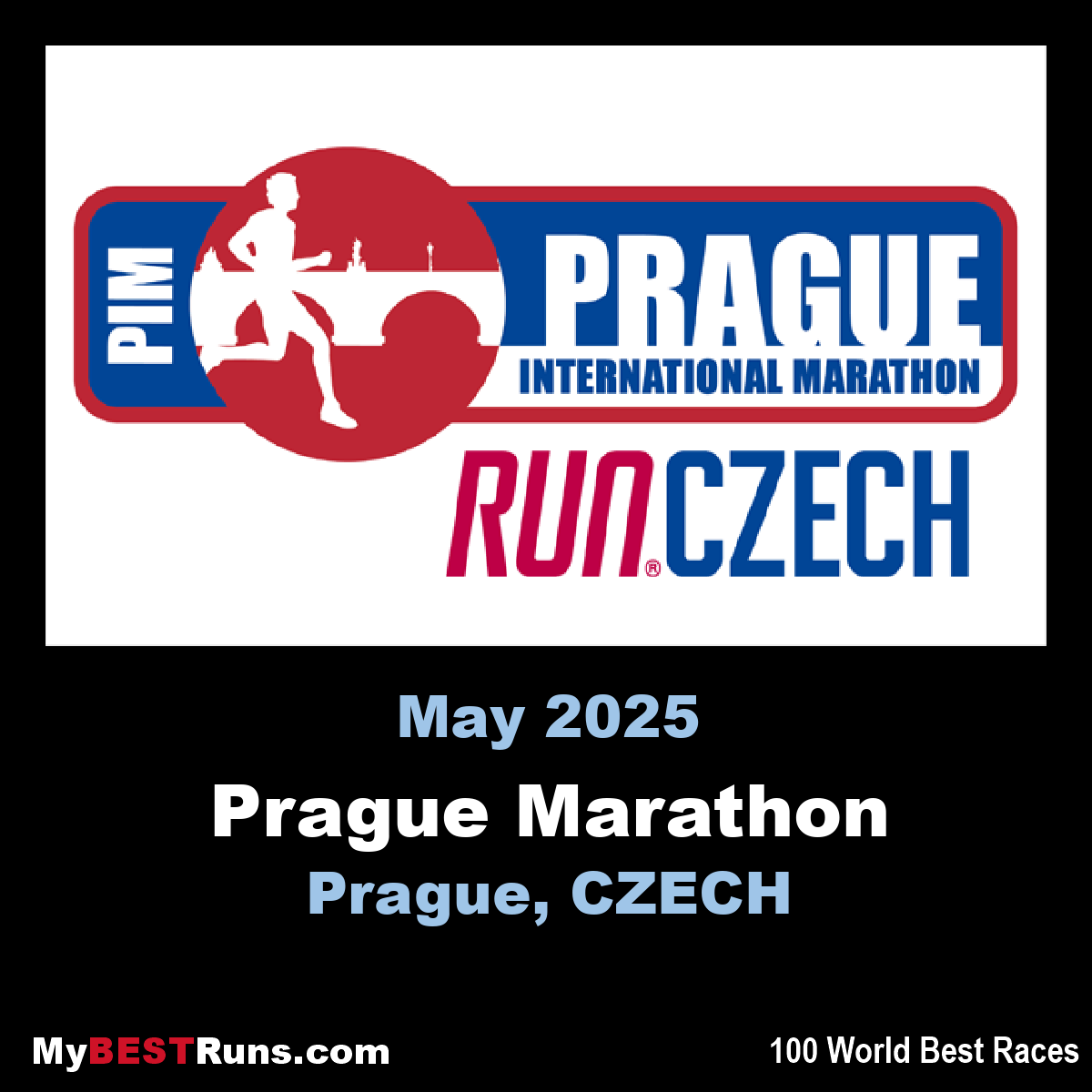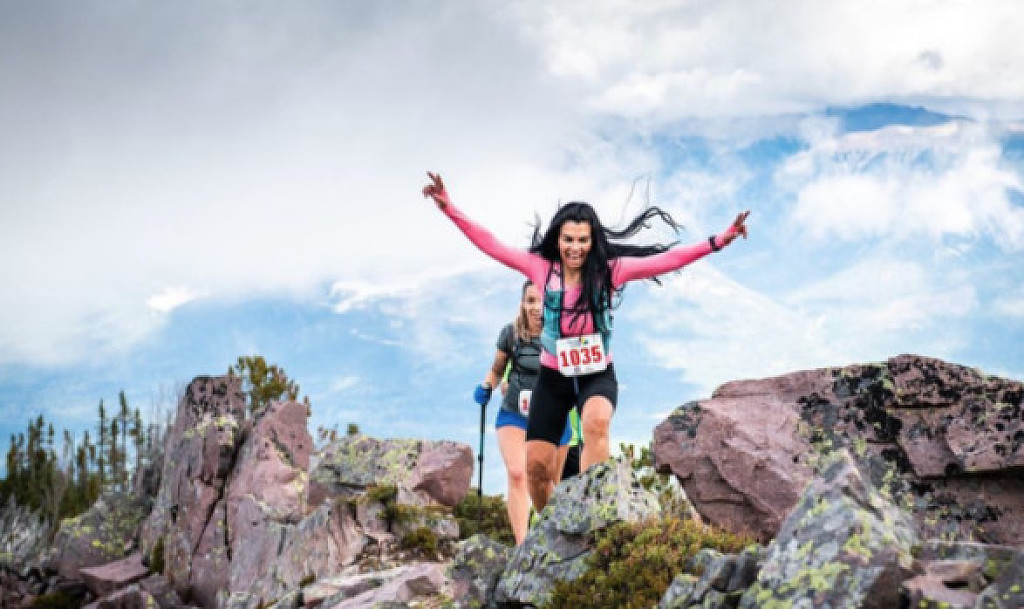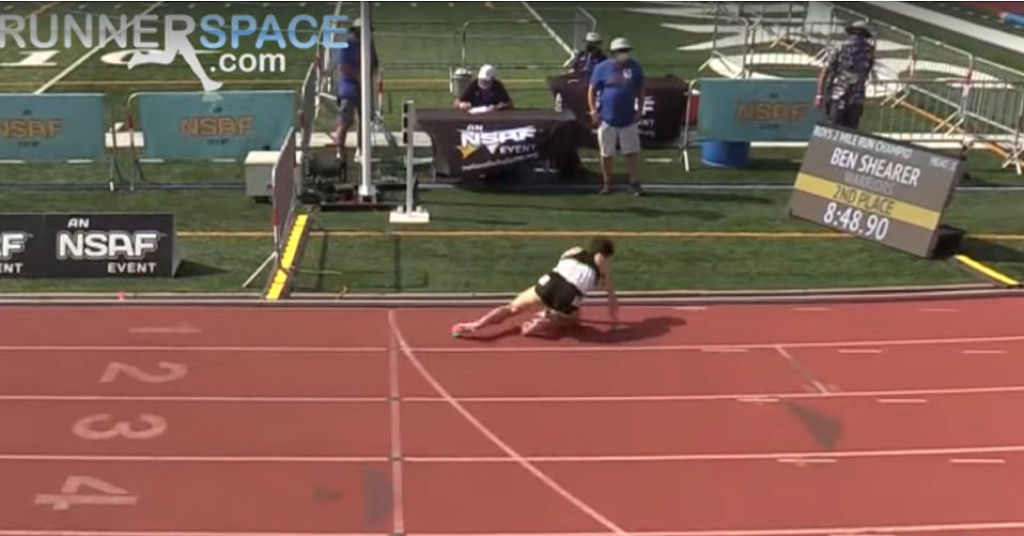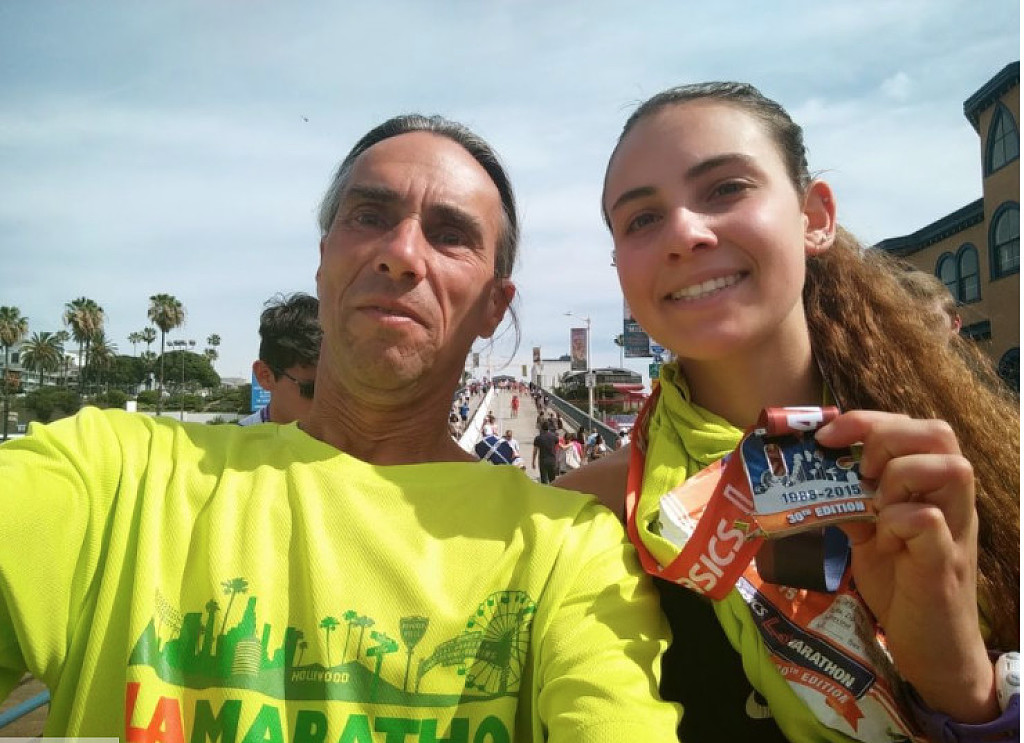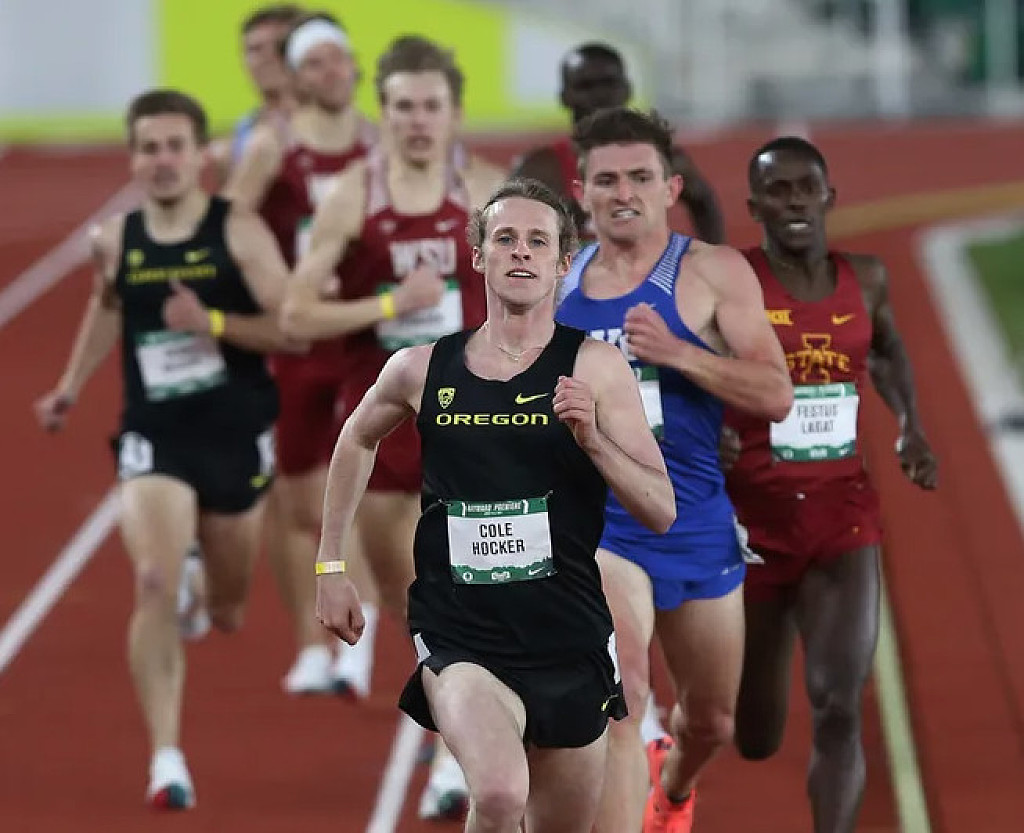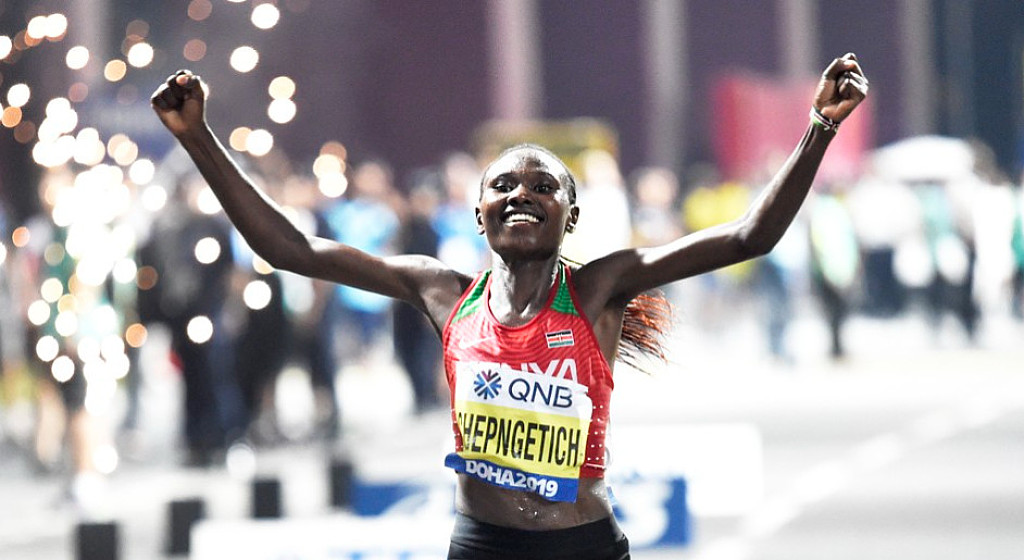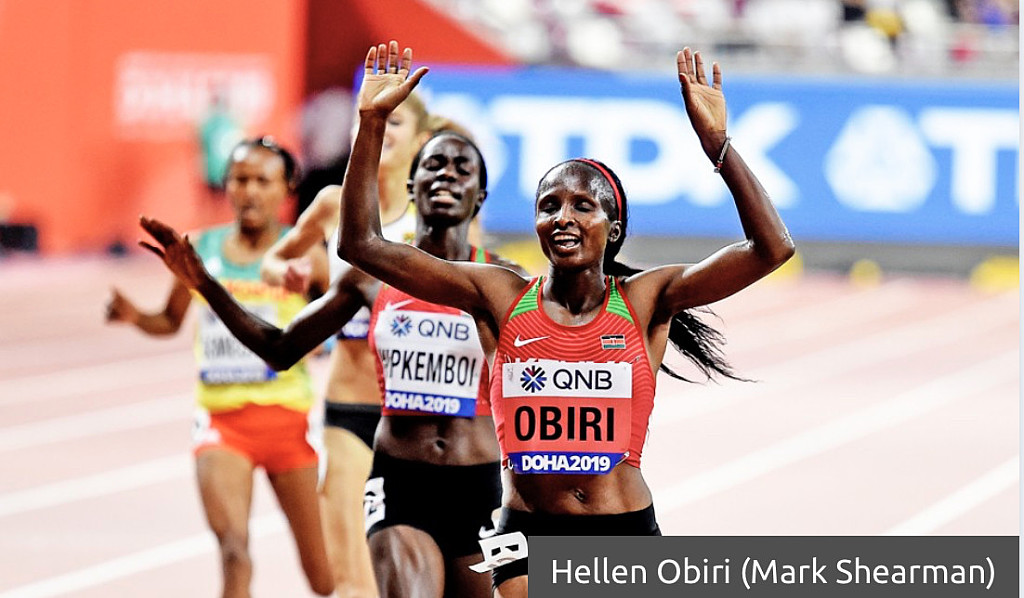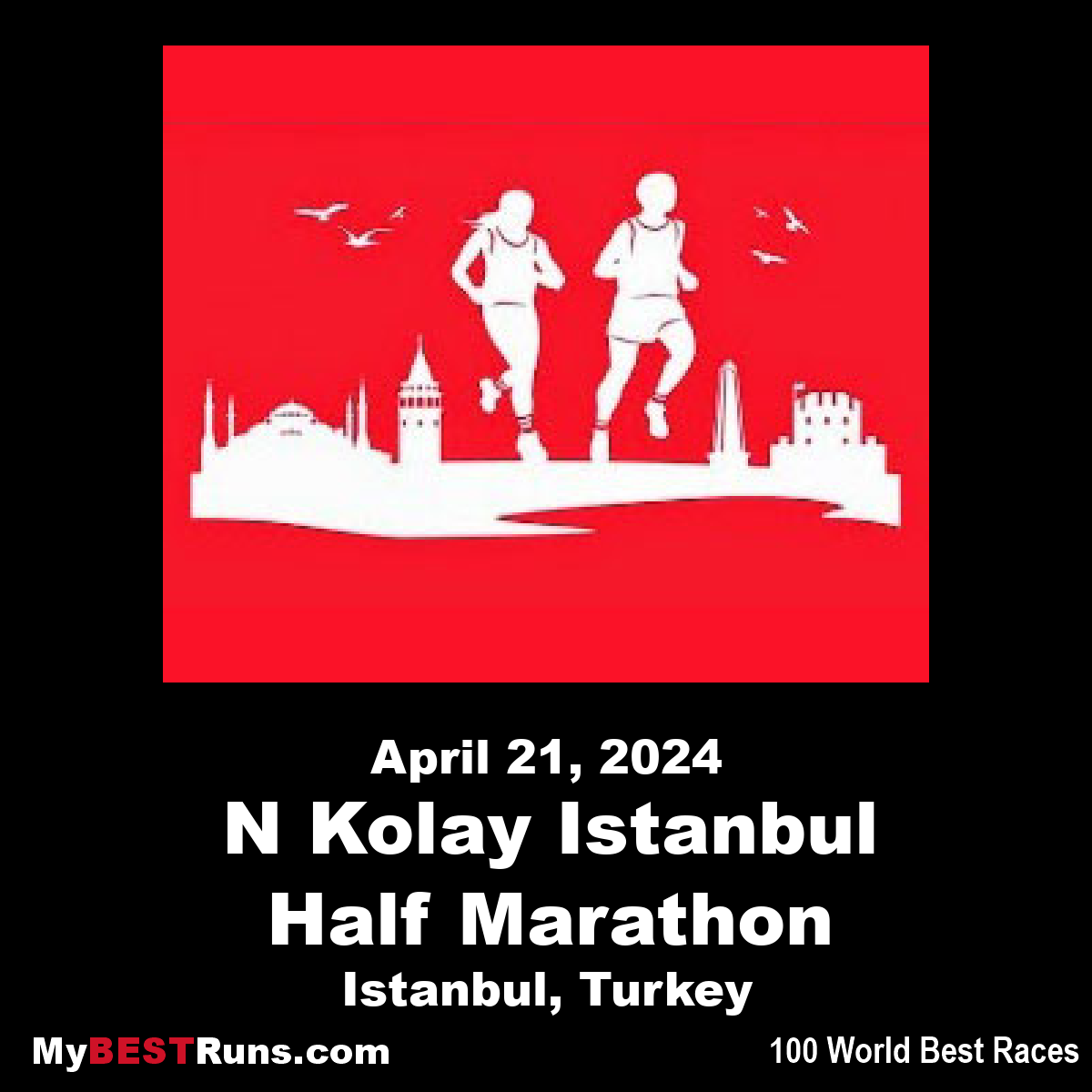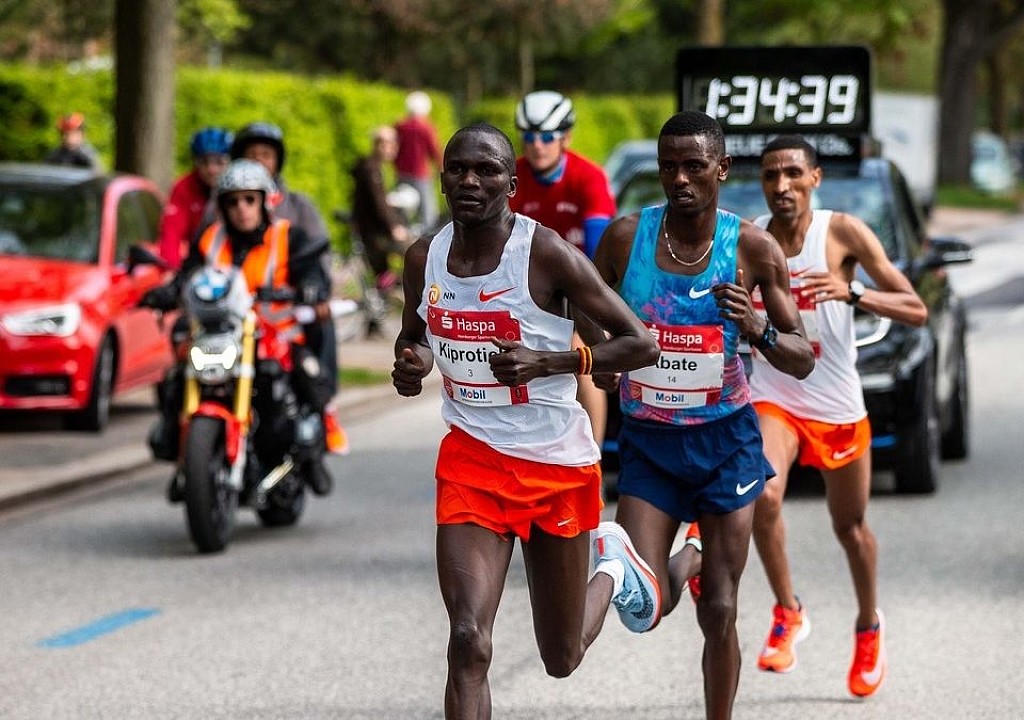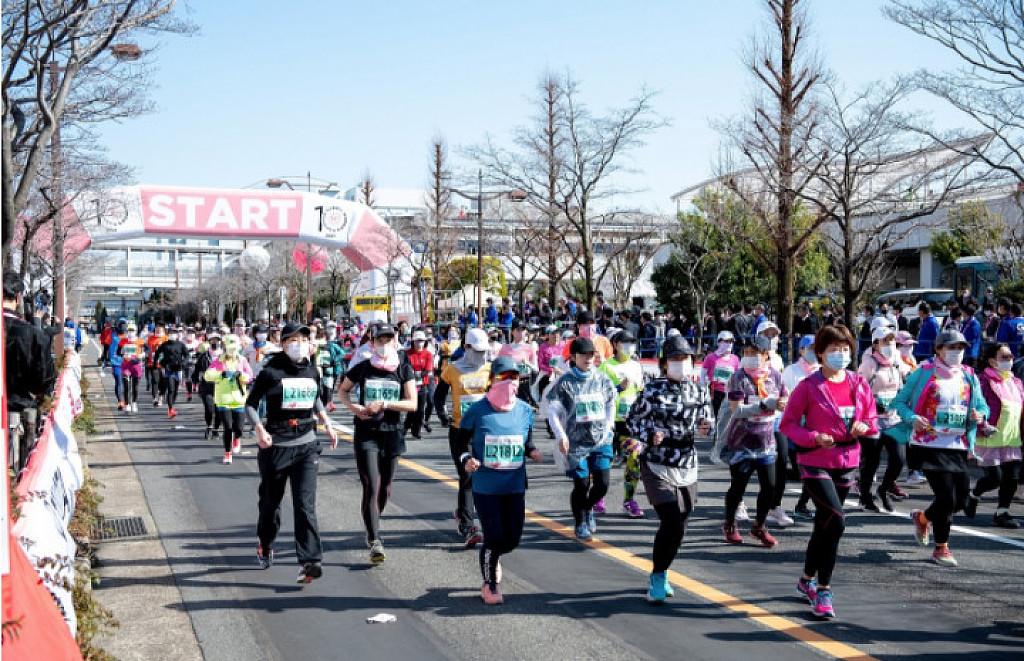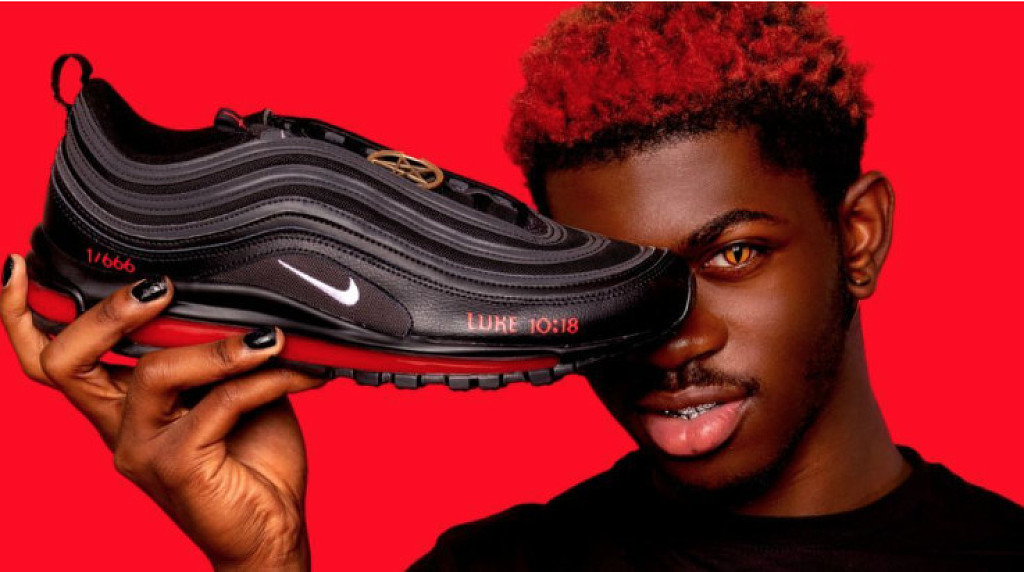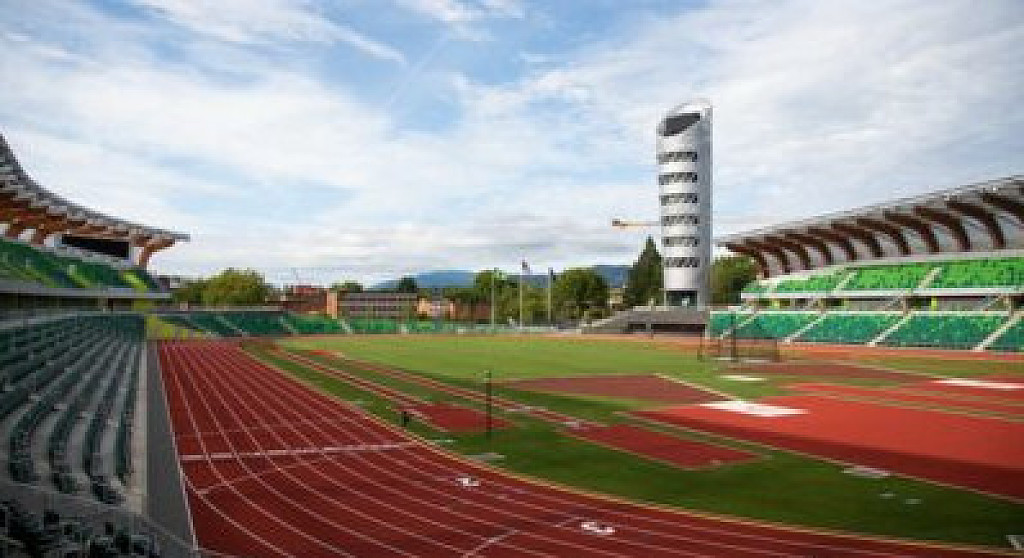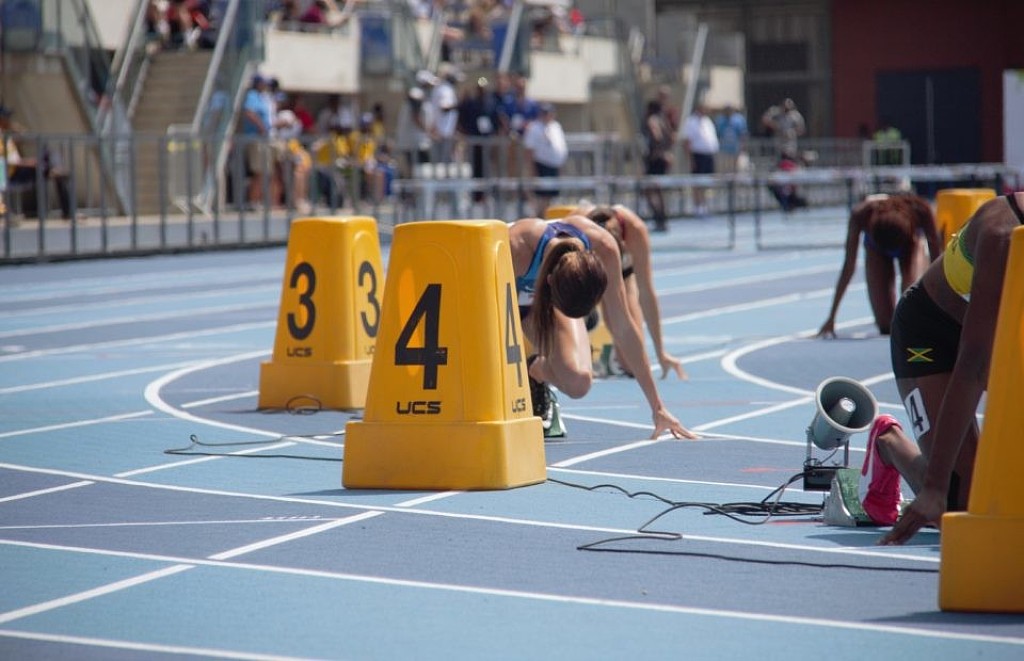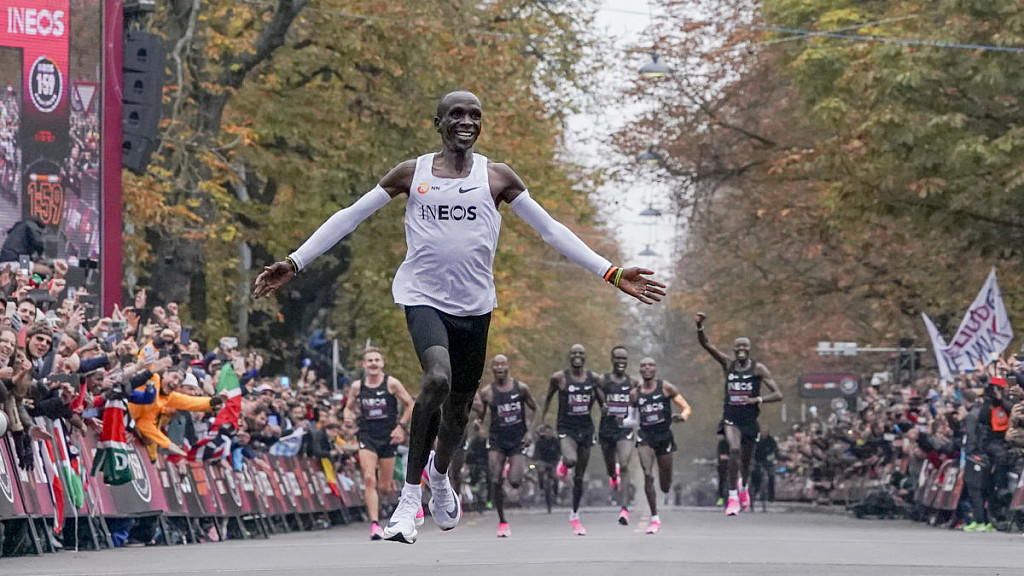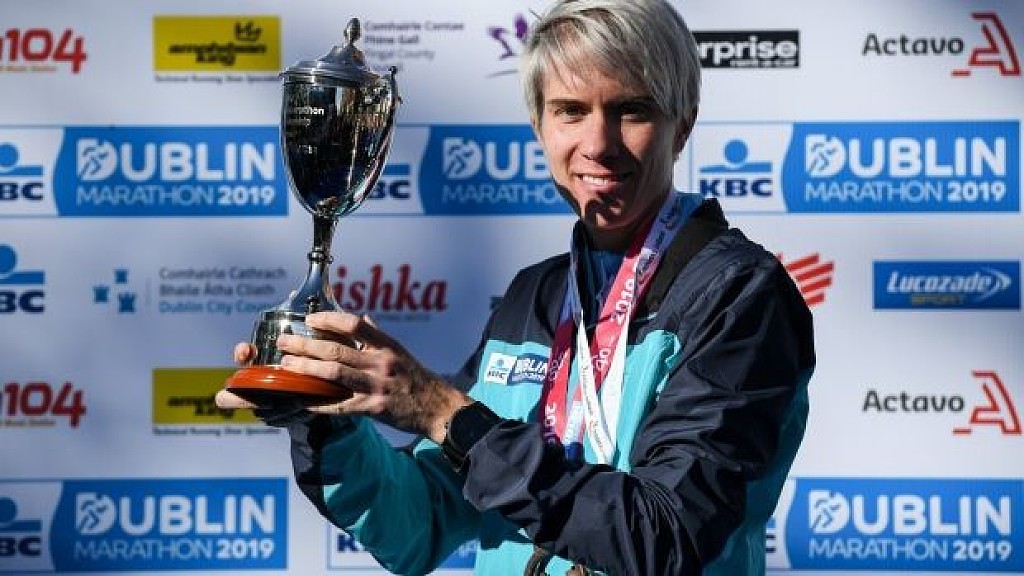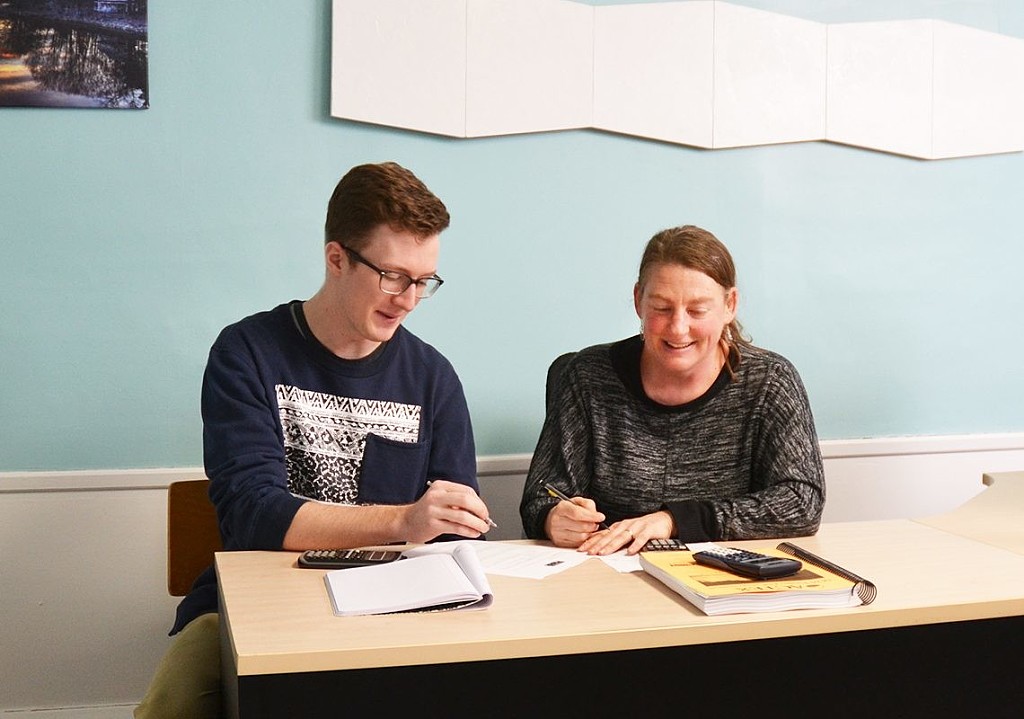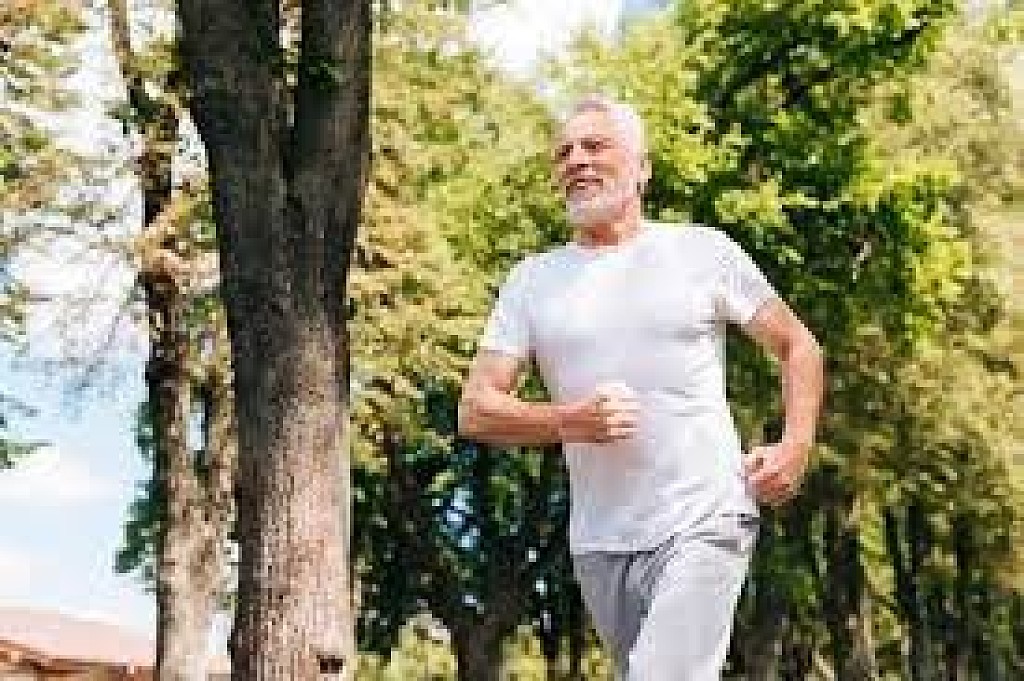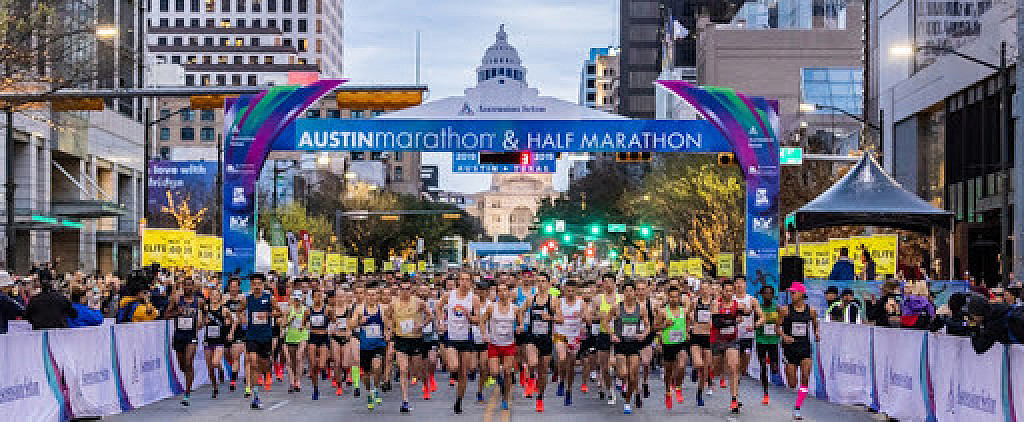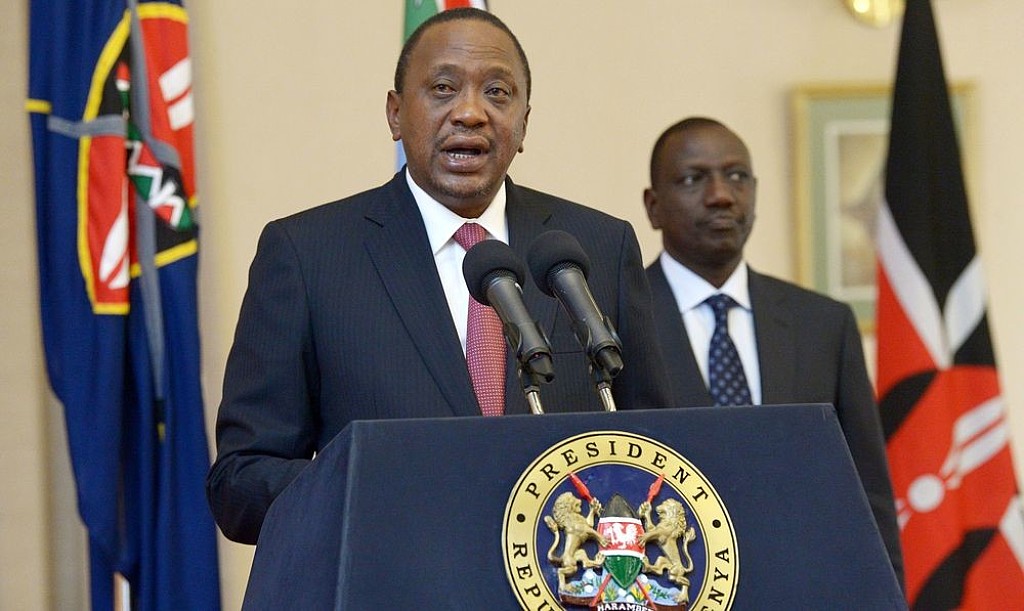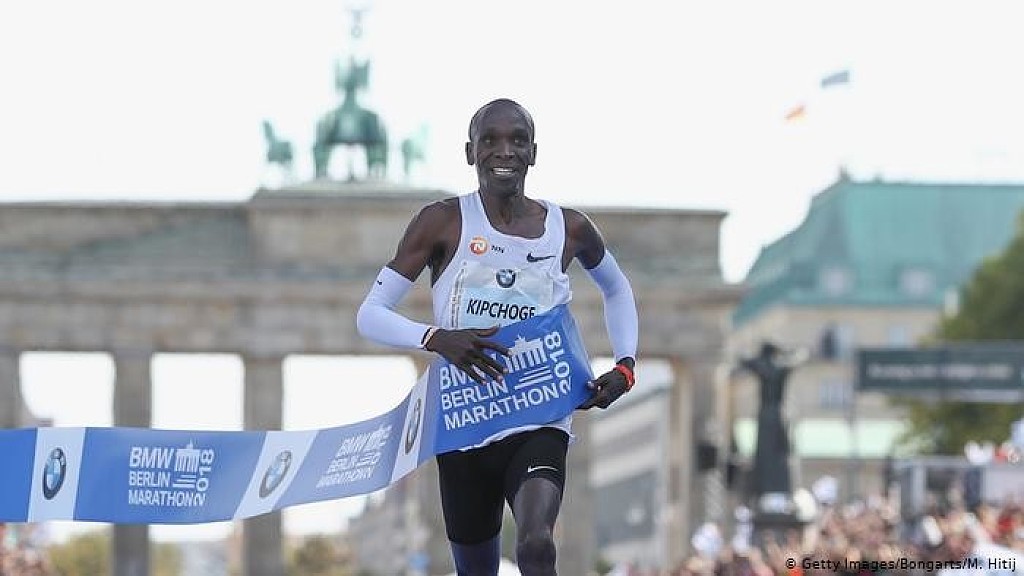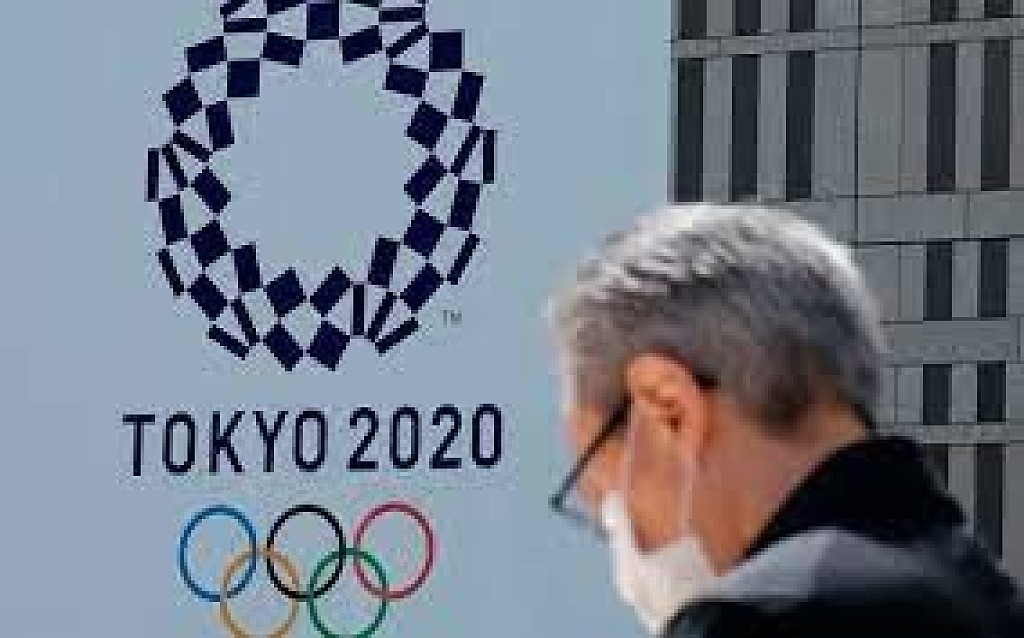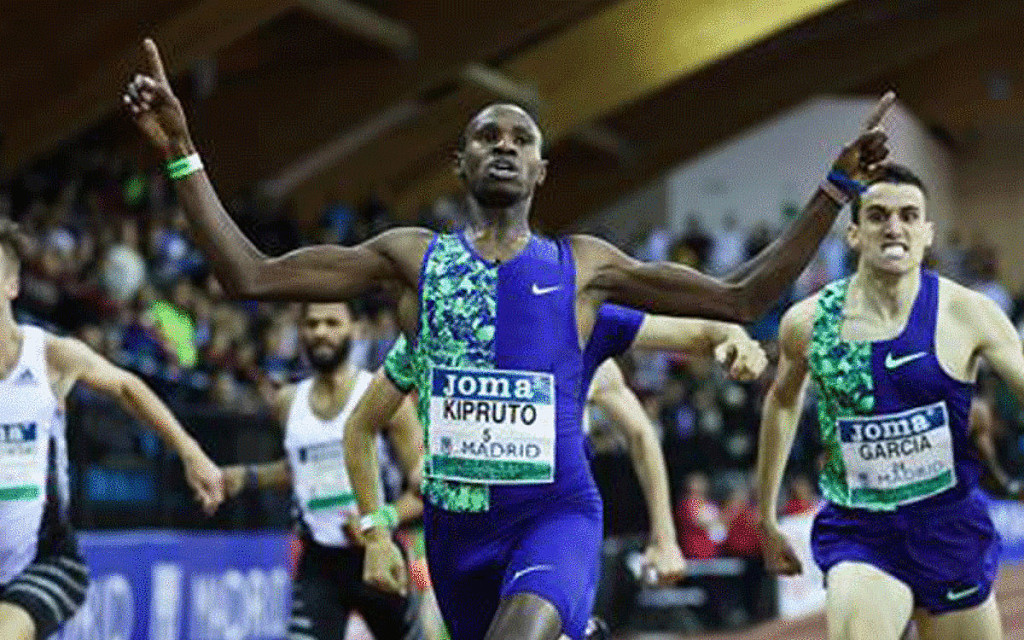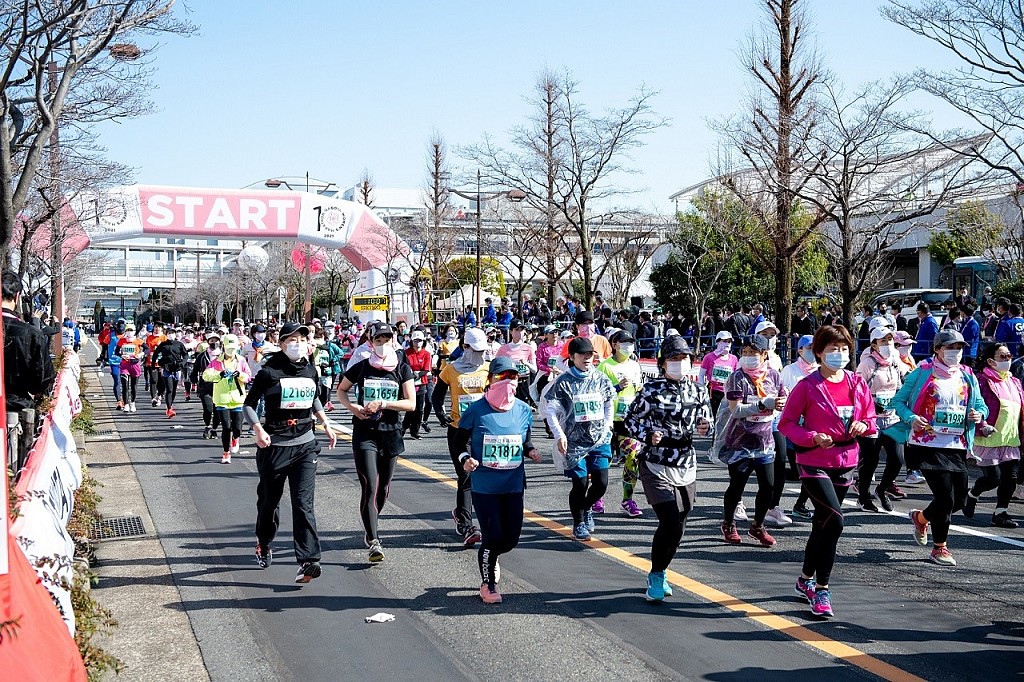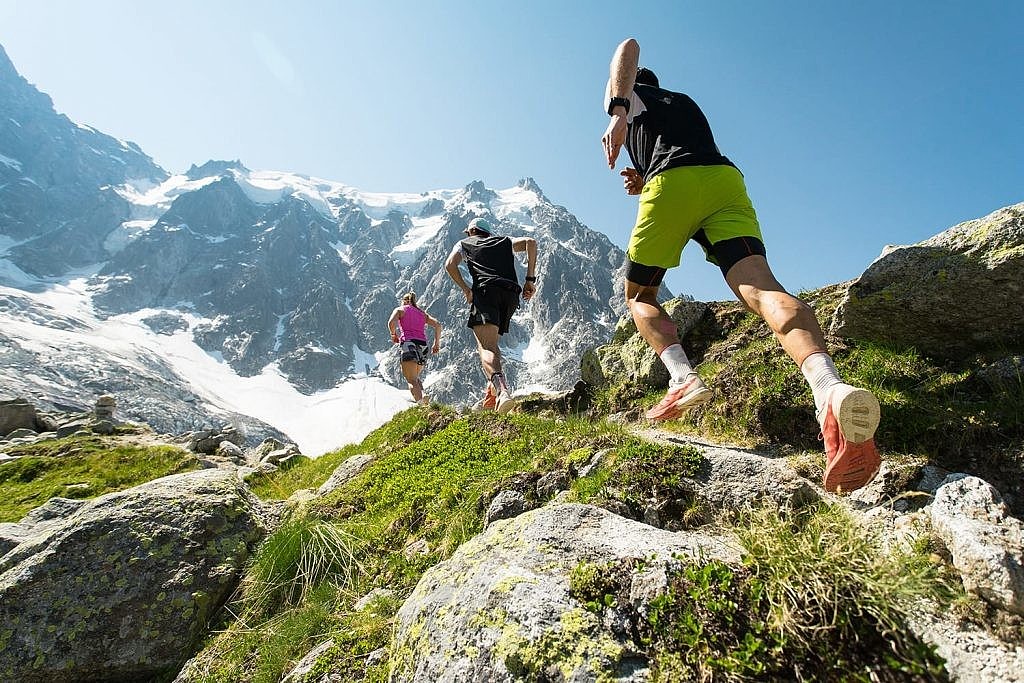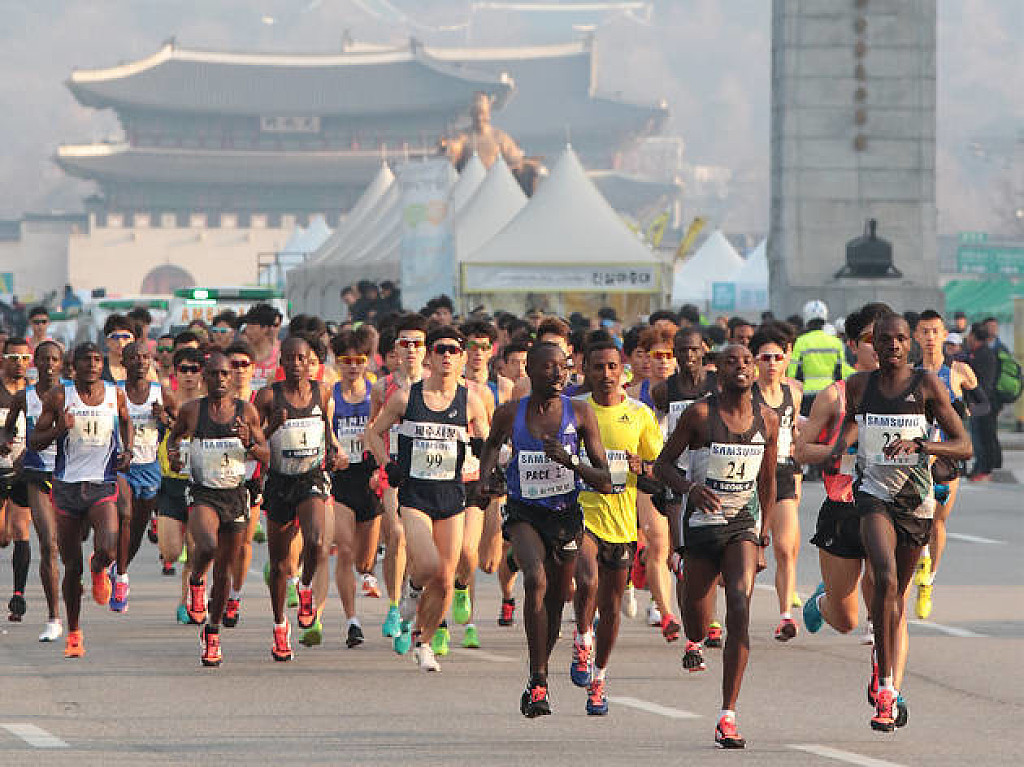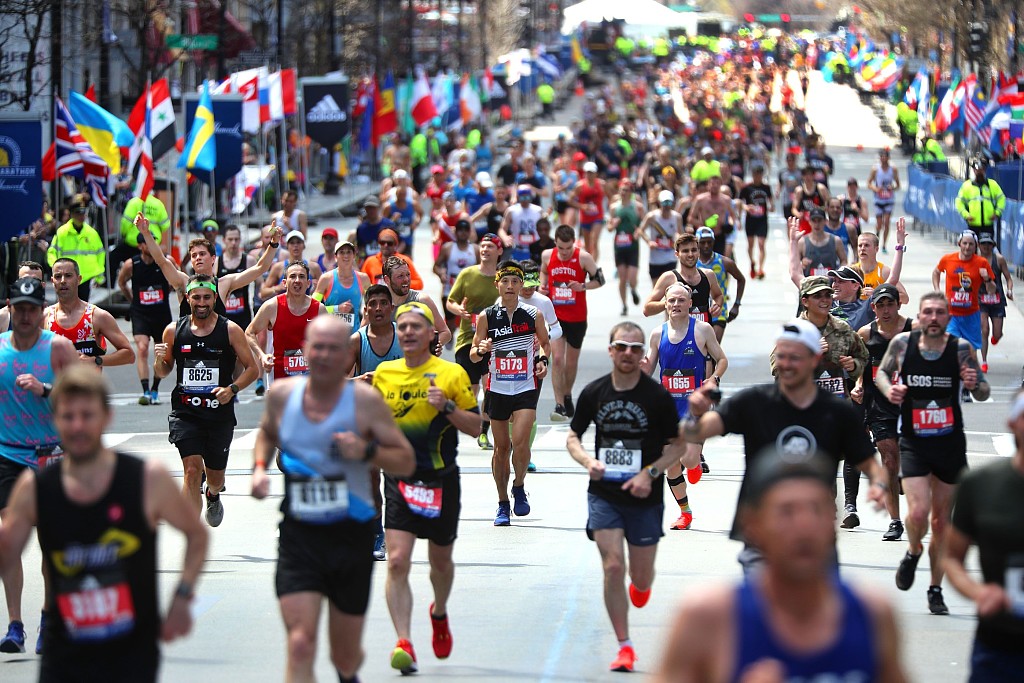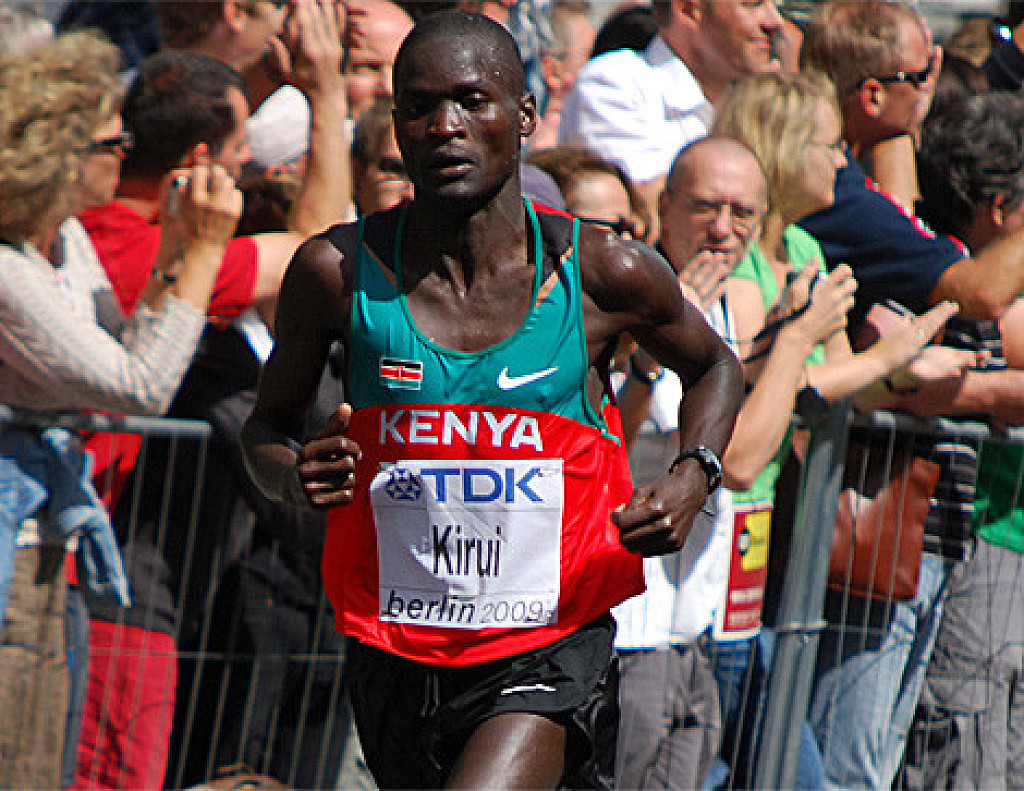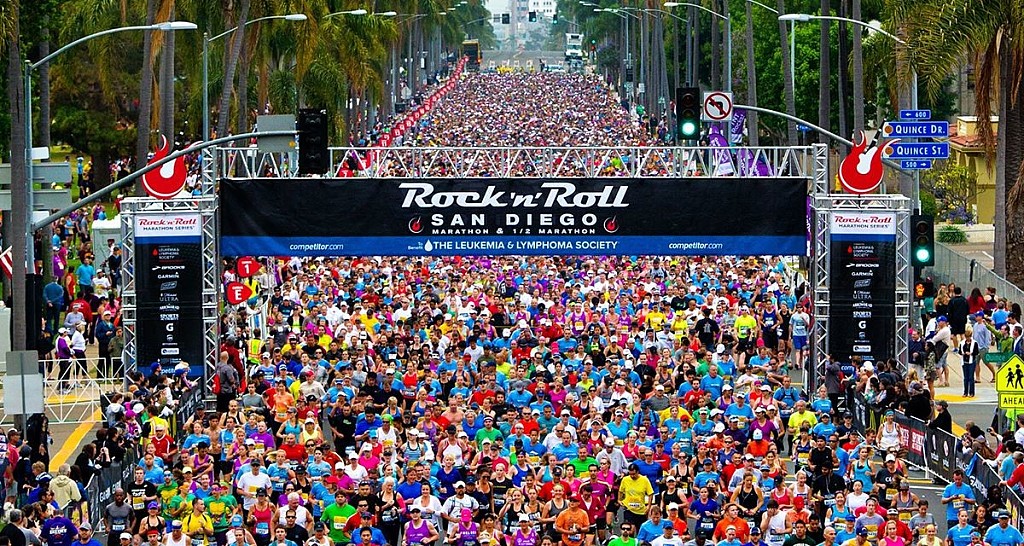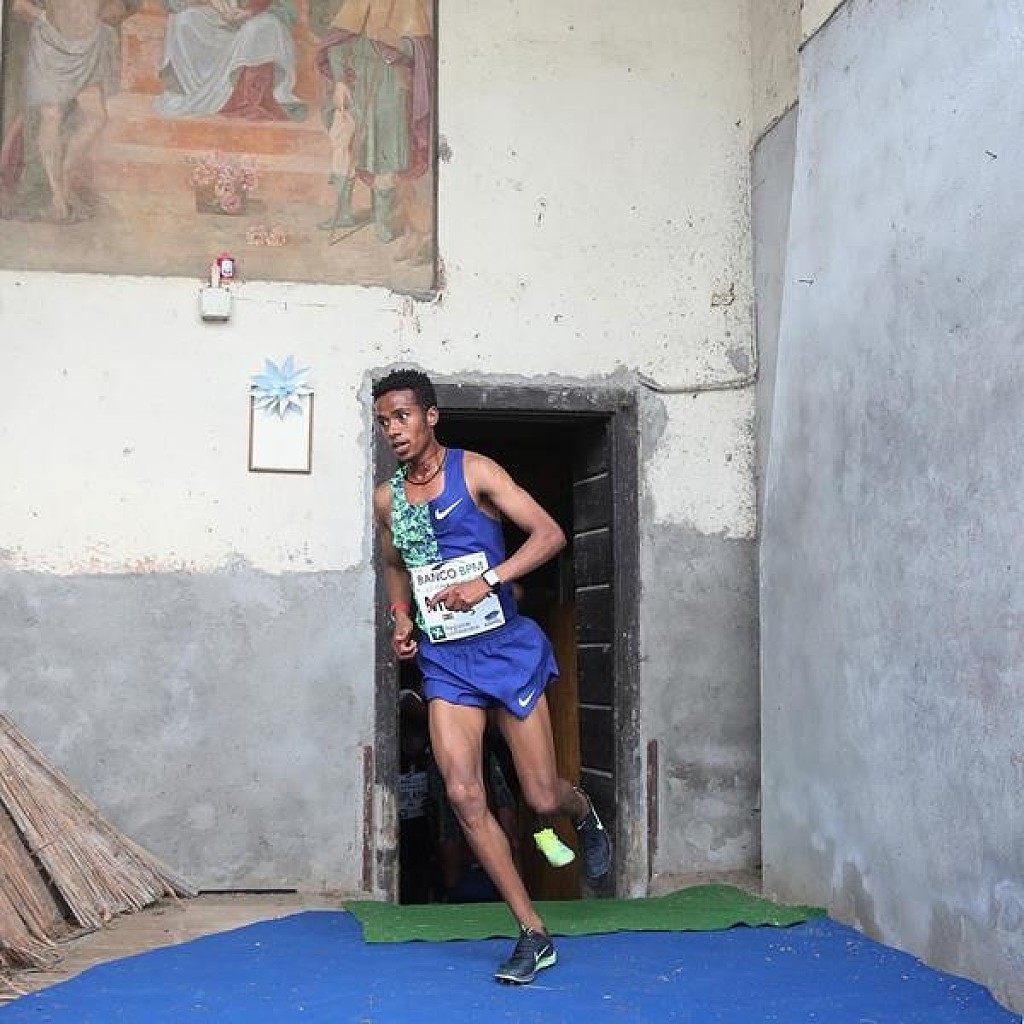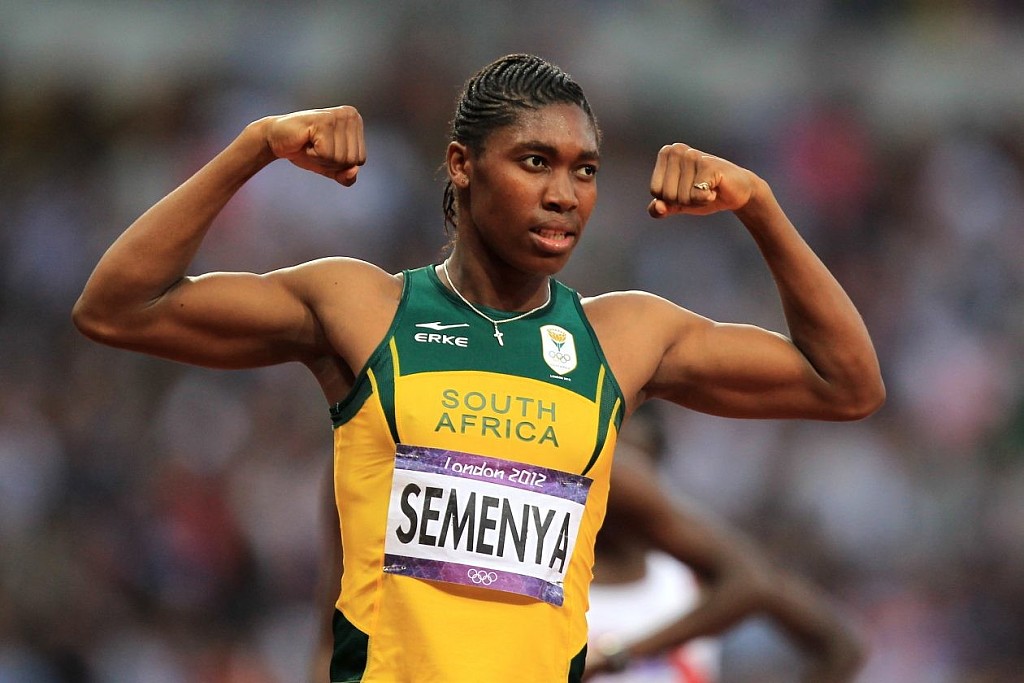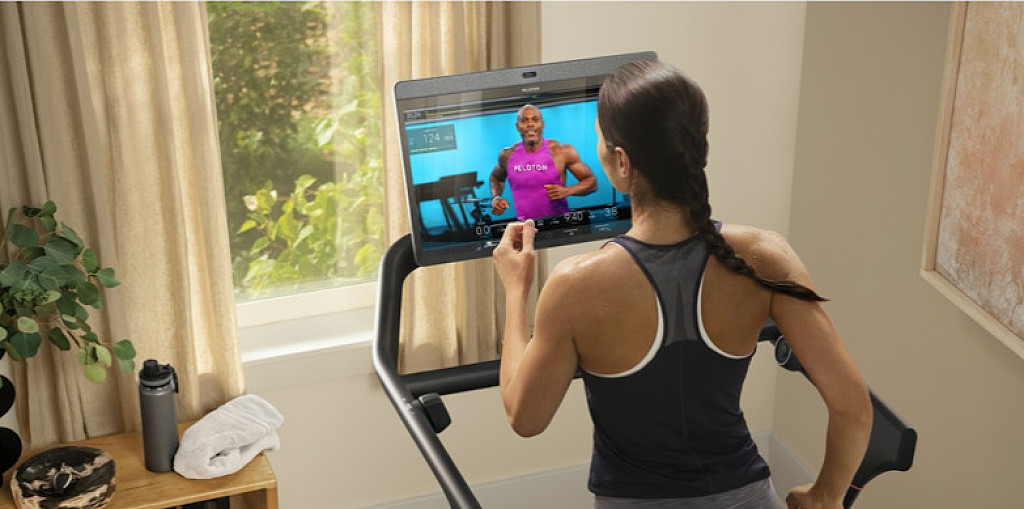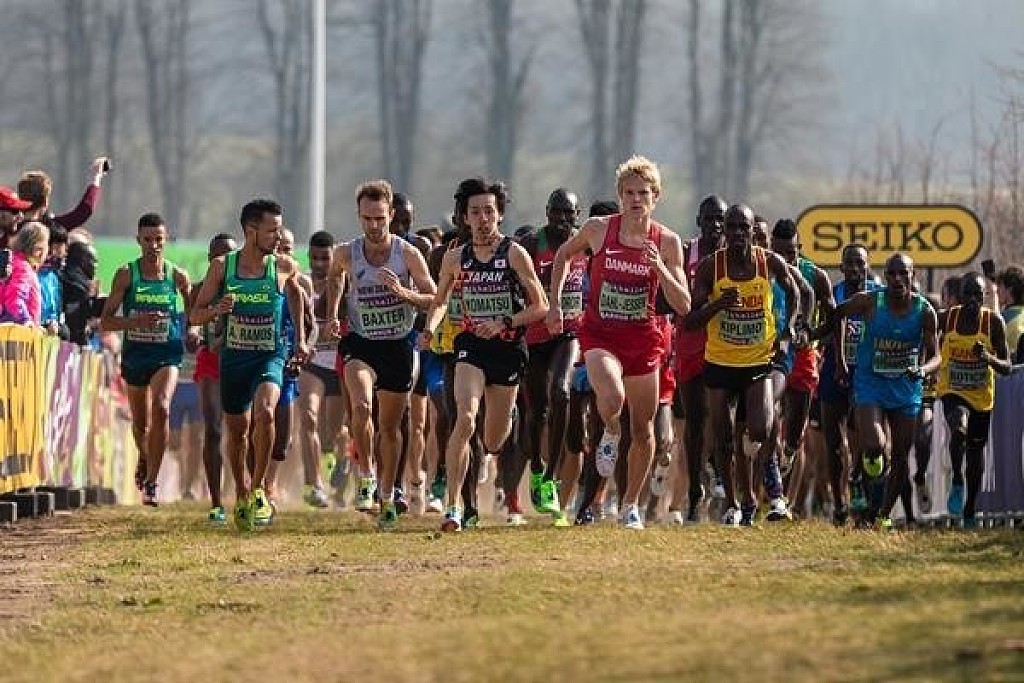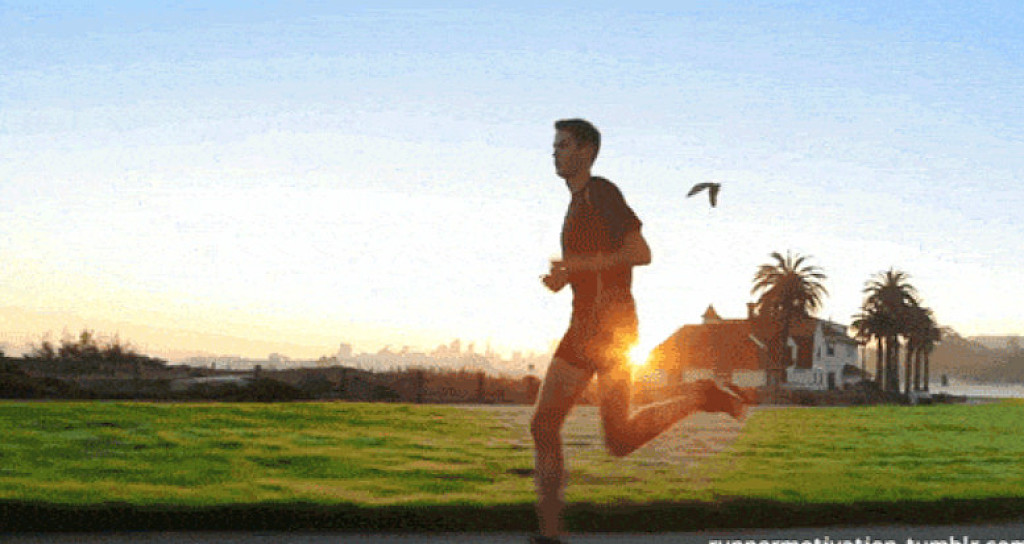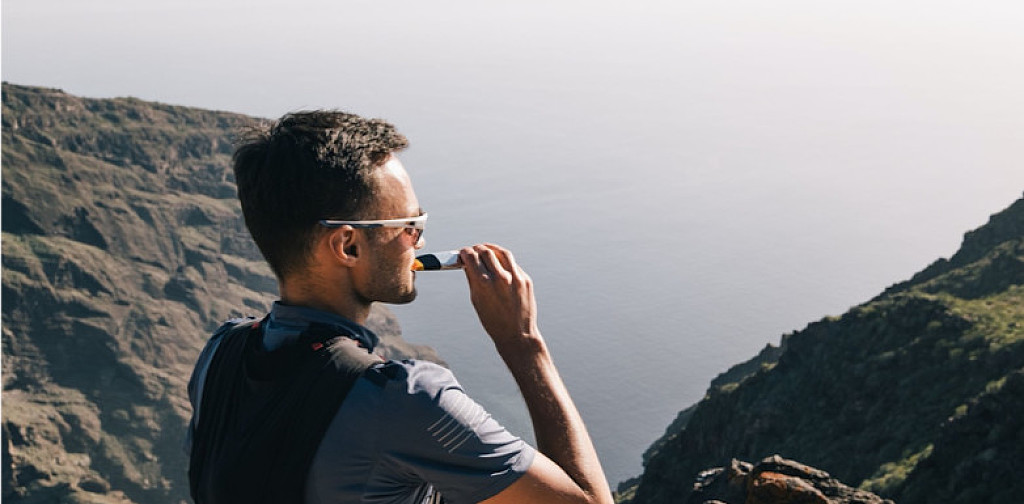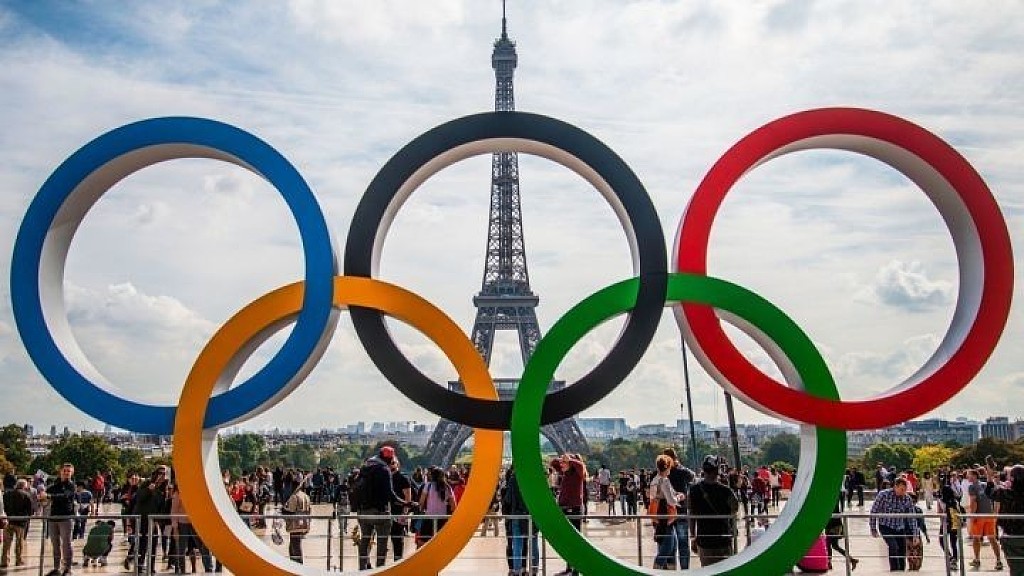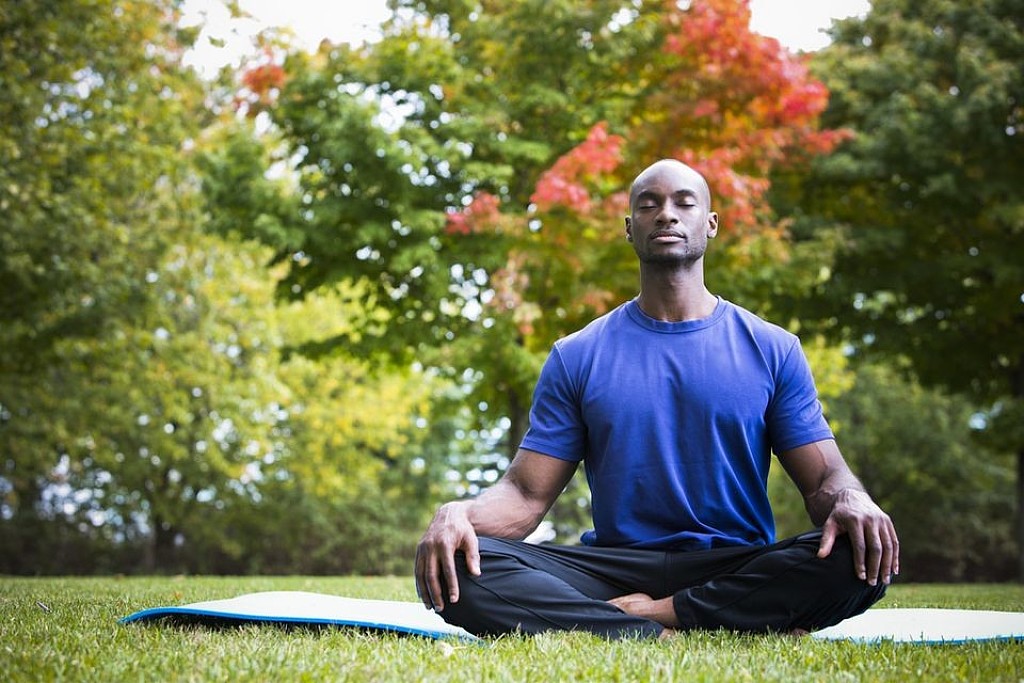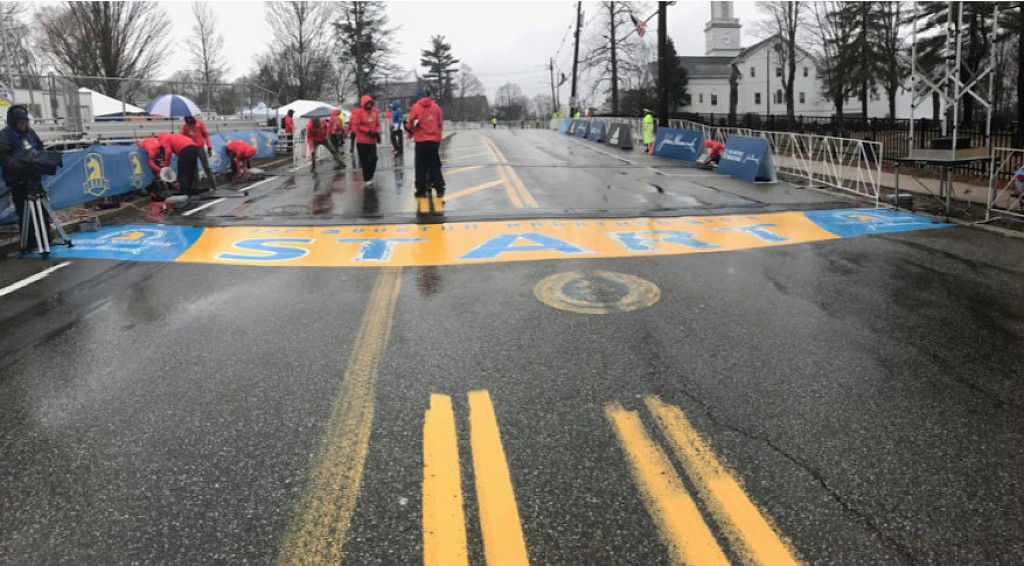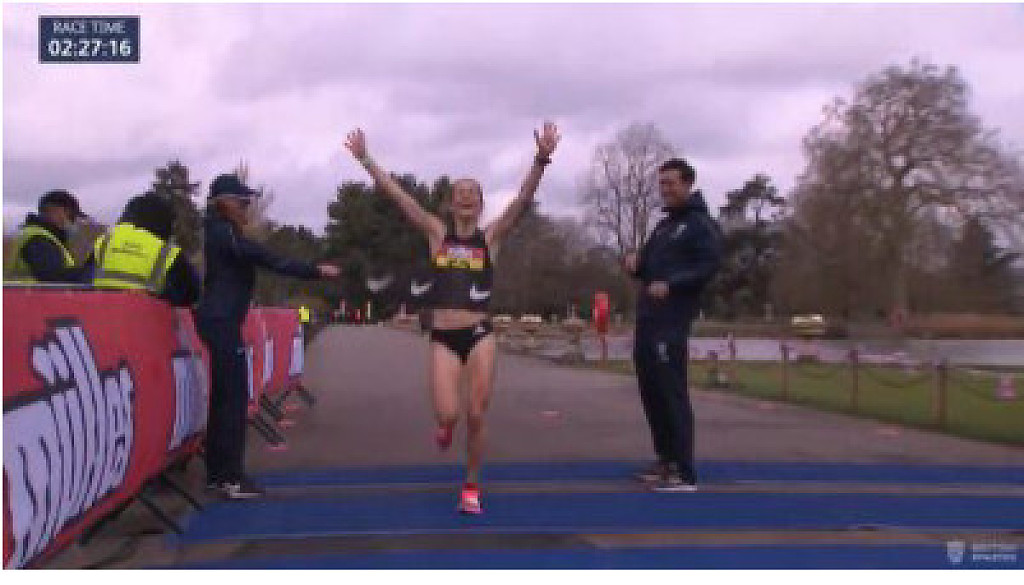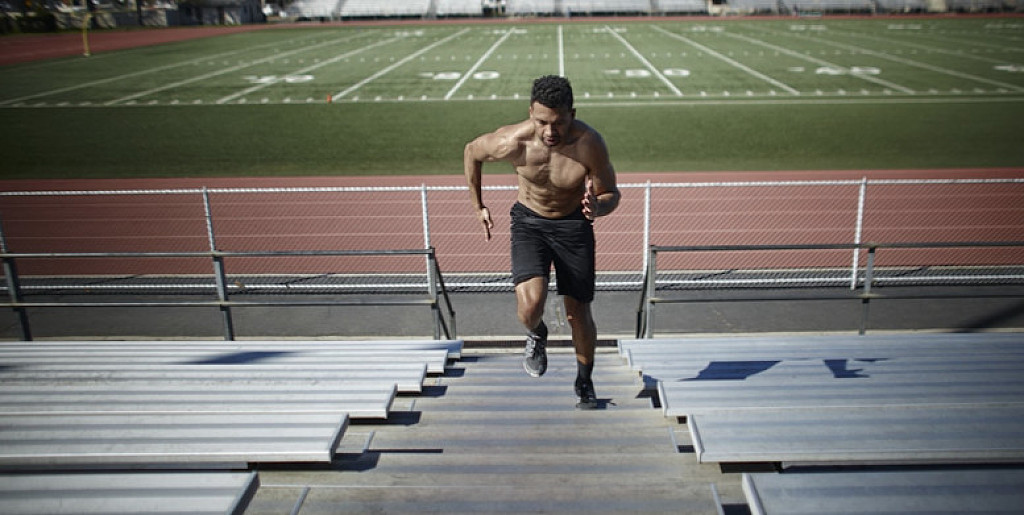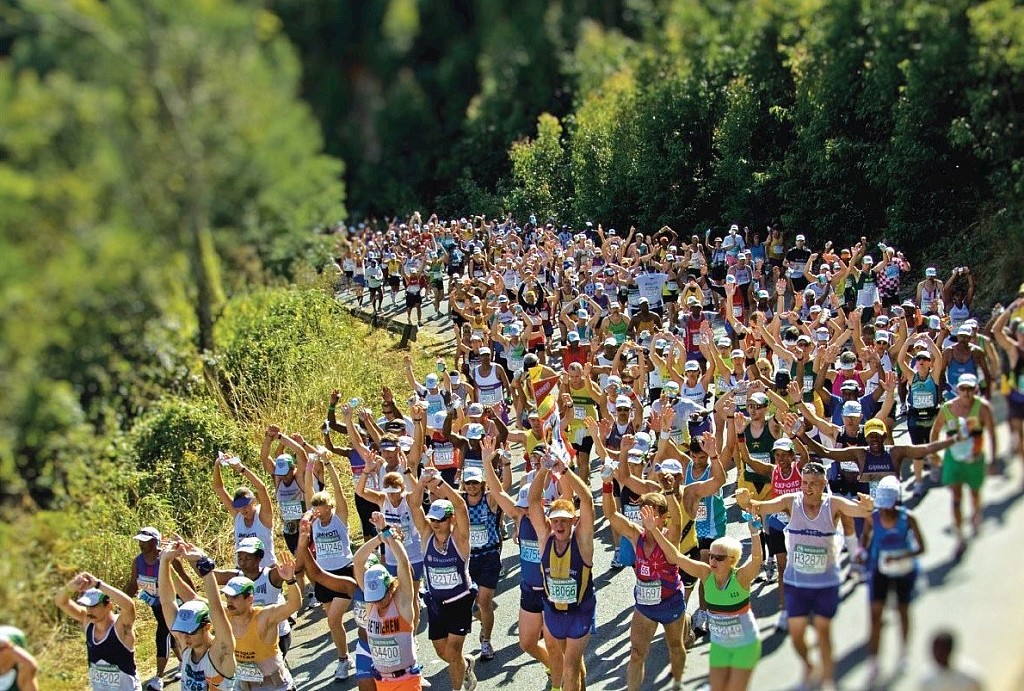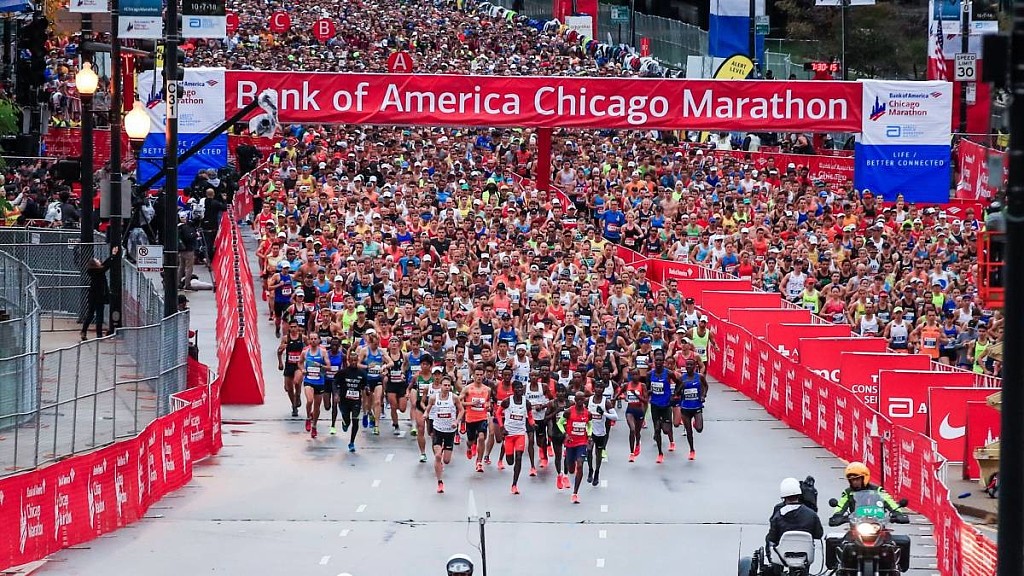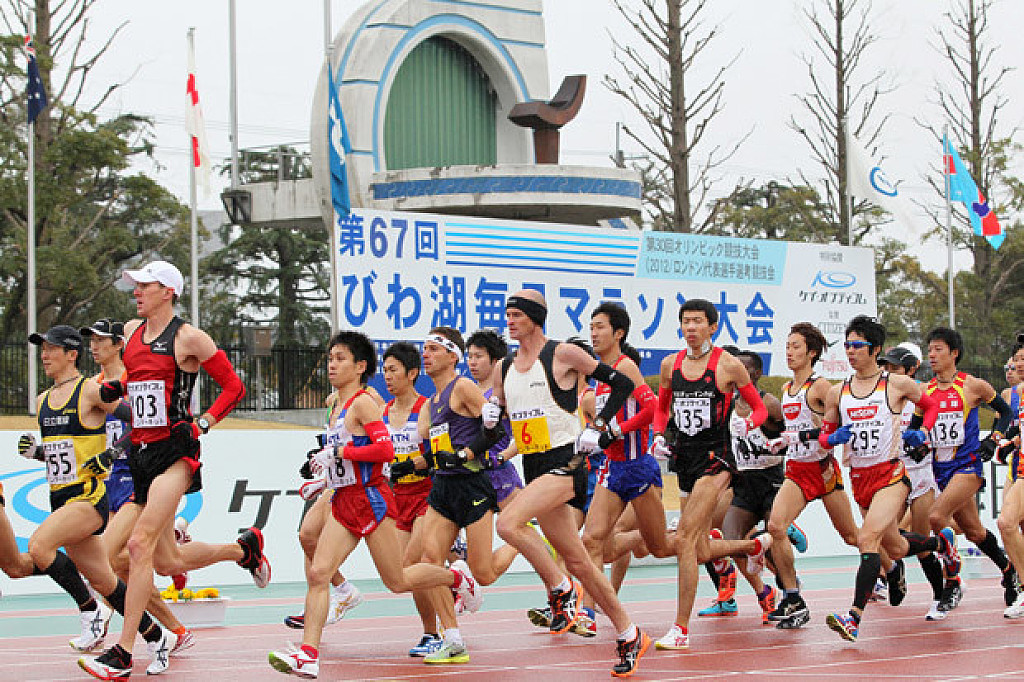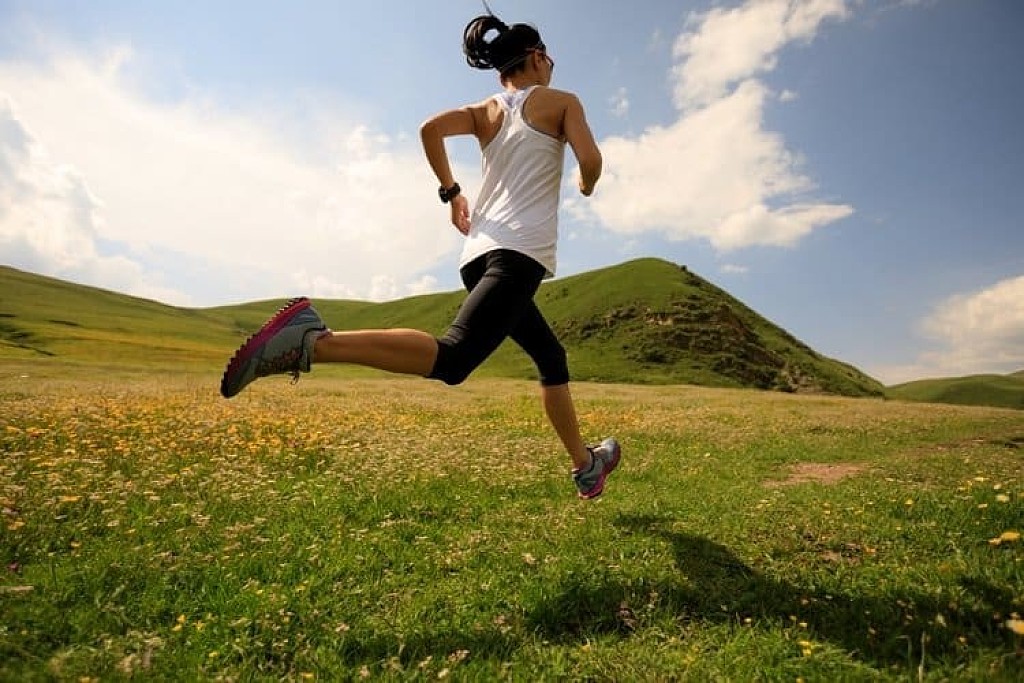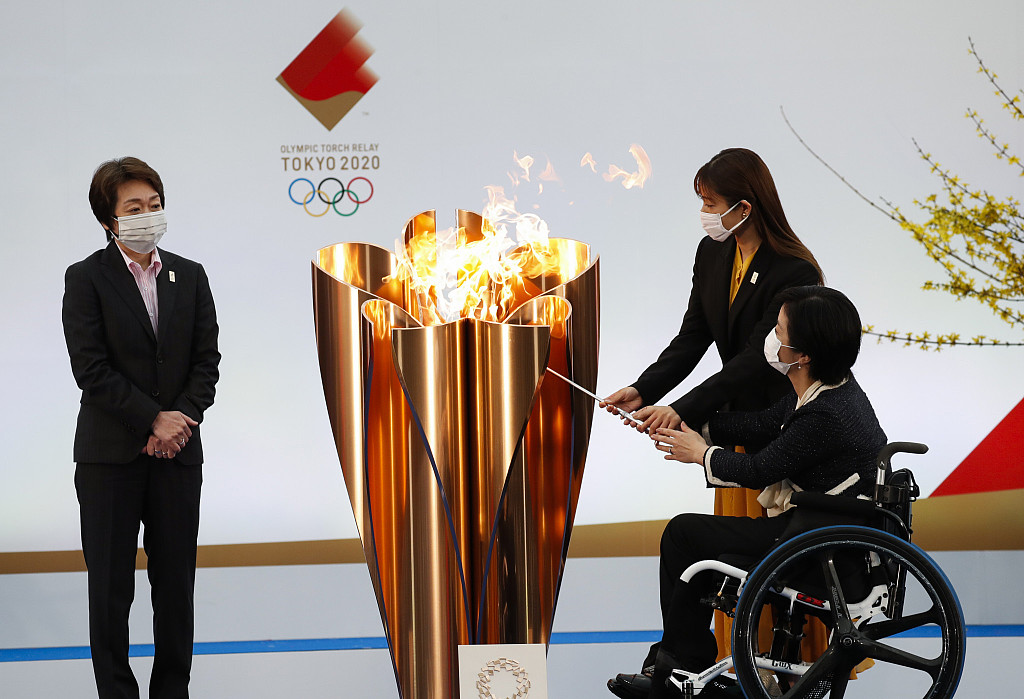Running News Daily
Running News Daily is edited by Bob Anderson in Mountain View, California USA and team in Thika Kenya, La Piedad Mexico, Bend Oregon, Chandler Arizona and Monforte da Beira Portugal. Send your news items to bob@mybestruns.com Advertising opportunities available. Over one million readers and growing. Train the Kenyan Way at KATA Running Retreat Kenya. (Kenyan Athletics Training Academy) in Thika Kenya. Opening in june 2024 KATA Running retreat Portugal. Learn more about Bob Anderson, MBR publisher and KATA director/owner, take a look at A Long Run the movie covering Bob's 50 race challenge.
Index to Daily Posts · Sign Up For Updates · Run The World Feed
2021 Volkswagen Prague Marathon set for October 10
Throughout the pandemic and against all odds RunCzech has found dozens of creative ways to stage safe, small running events, along with other ways of keeping the running community engaged.
But finding an opportunity to stage its signature event—the internationally acclaimed Volkswagen Prague Marathon—has eluded them until now.
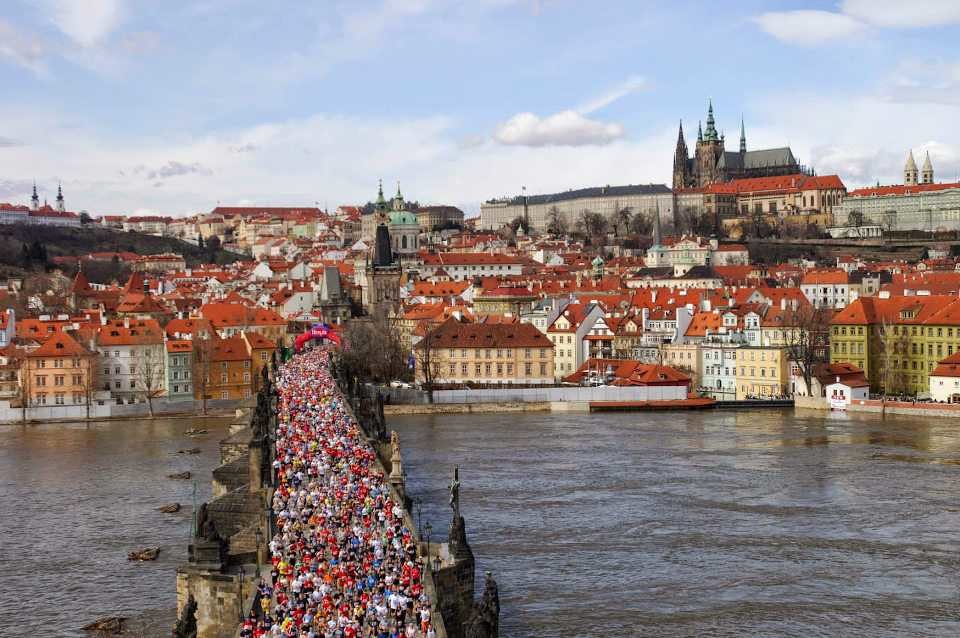
Health and public officials feel that moving the race to the autumn will make it possible for RunCzech to safely host a large-scale event, and accommodate the thousands of fans and volunteers who will come out to support the participants on October 10.
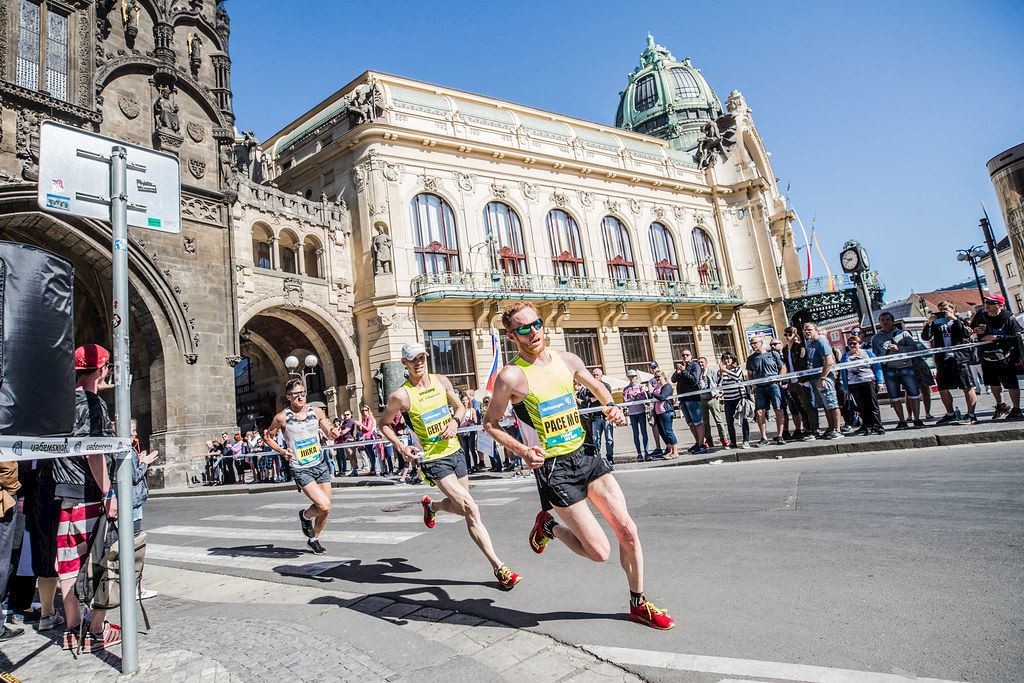
Starting numbers will be in high demand. The capacity of the event will be determined with health and government officials with the priority being runners‘ safety and health.
Runners who registered in 2020 will have the option of transferring their registration to 2022.
RunCzech will also stage a bonus event, the Volkswagen Prague Virtual Marathon from 3–31 May, limited to 10,000 participants. Priority will be given to those who entered the Volkswagen Prague Marathon 2020.
(04/05/2021) ⚡AMPPrague Marathon
The Volkswagen Prague International Marathon is considered by many, to be one of the top 10 marathons and invariably contains a number of high profile runners. Winding through the streets of one of Europe's most beautiful cities it is a spectacular race. And with a mainly flat course there is the chance for a personal best. Since its inception in...
more...The science behind the runner's high
Have you ever finished a run and felt like you could take on the world? Or returned from a jog in a better mood or with greater mental clarity than when you set out? Then you’ve likely experienced the ‘runner’s high’ and will understand why, during times of stress or needing to calm a busy mind, running seems the perfect remedy.
“It begins with this peace of mind and then a greater ease of movement, a sense of power and confidence, optimism and hope, and you will often hear runners describe feeling loving and connected to everyone and everything,” explains Kelly McGonigal, a psychologist, educator and author of The Joy of Movement. “So, what could possibly be going on in the body and the brain that would make you feel powerful, hopeful, faster, more confident and more loving?”
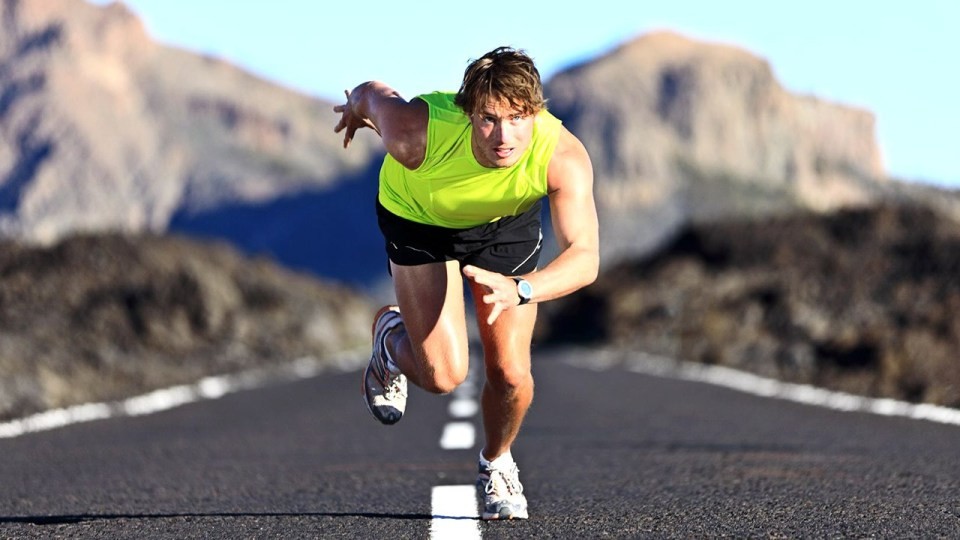
Speaking during this week's World Athletics 'Run Anywhere' Webinar in collaboration with Mass Participation World, McGonigal answered that question, plus many more.
“It turns out that it’s caused by a really reliable change in brain chemistry that kicks in once you have been in continuous motion for about 20 minutes and it’s not only the endorphin rush that so many people have heard about,” McGonigal explains, as she delves into the science behind the runner’s high.
“The runner’s high is primarily driven by endocannabinoids, which are the brain chemicals that cannabis mimics, but when you are running and endocannabinoid levels naturally increase, that is what produces this powerful sense of an inner peace, empowerment and connection to others.”
Run to become a better you
“The thing that I find so fascinating about the runner’s high is it is like the perfect neurobiological change to make you a better version of yourself,” McGonigal tells Chris Robb, CEO and founder of Mass Participation World, during the webinar. “I think that is why so many people go for a run and then they feel like they can take on the world.
“And it lasts for hours. So even though you might only feel that peak high during a run or just after the run, we know that those brain changes last and they create this upward spiral, so people often report feeling less stressed, getting more things done and having better interactions with other people, for hours after a run.”
Hunting that high
“There are a few things you can do if you want to get the high a little bit faster,” McGonigal says. “For example, listening to music early in a run can actually kick start the process – release more endorphins and dopamine and adrenalin – so that you can start to feel some of that high sooner.
“The more you run or exercise, your brain actually learns how to more reliably produce that high. Part of that is because exercise, and running in particular, has this interesting effect on your brain where it strengthens your reward system and that includes endocannabinoids and endorphins. All the brain chemicals that make you feel good and that help you be motivated – exercise actually strengthens that system so that it kicks in sooner, you can sustain it longer and you get a bigger jolt of joy, hope or pride, from anything that would naturally trigger that system, and part of that includes the runner’s high.
“It seems to take about six weeks of regular training for people to see these structural changes in the brain that make it easier not only to get the runner’s high, but to experience more joy, pleasure, hope and motivation in everyday life. This is one of the reasons that running is such a powerful antidepressant and so good for our mental health, because it changes the brain in this way.”
Moving forward together
One of the many challenges posed by the pandemic has been the restriction on in-person interactions, with virtual and solo events having replaced mass participation races. As we edge closer to the return of more traditional event forms, that could further impact our enjoyment of the activity, McGonigal adds.
“Humans have always needed to move together to survive and to thrive. A race or an event is basically a way to rehearse our fundamental human interdependence,” she says. “We know that when you move with other people, you feel like you are part of a pack and you are all headed in the same direction, even if there’s an element of competition in there – your brain interprets that as being a part of something bigger than yourself.
“There are all sorts of words that people use to describe it – there’s ‘muscular bonding’, ‘we-agency’ and ‘collective joy’ – but we know that we are wired to experience a massive endorphin rush when we move with other people. A sense of being connected and a sense of collective strength. What could be a better way to experience that than moving forward together?
“So many people experience that when they are part of a race but also what I have heard from so many people who engage in races is also that powerful ability to support other runners and to receive help from other runners, whether it is getting water at an aid station or encouraging someone who has slowed down a little bit and telling them that they can do it. There is something about a race that allows you to really lean into what it means to be a part of a collective effort where sometimes you are the one who needs that extra help and encouragement and sometimes you are the one that has something to offer.
“I wouldn’t underestimate the role that the aspect of events play in why people feel this tremendous sense of togetherness. That is what we need to do for all sorts of crises and challenges in life – we need to learn how to be open to the support that is available to us and also tap into our inner strength to keep going and look for how we might be able to reach out and help others.”
Green exercise
While all movement can lead to experiencing the ‘runner’s high’, McGonigal highlights the additional benefits of getting outside. “People who exercise outdoors report some really profound experiences – a tremendous sense of relief of anxiety, a feeling of being at peace or at one with the universe,” she explains.
“There is something going on when people run outdoors, it’s almost like people are having a switch flipped in their brains that puts them into this transcendence state. As it turns out, we now know from studies that when people are active outdoors it actually creates a kind of focus, mindfulness and mind quieting that looks a lot like what happens if you train in meditation for decades and spend tens of thousands of hours learning to focus the mind and calm the mind – people experience this spontaneously when they run in nature. That is part of what makes ‘green exercise’ so special. It can be a really spiritual experience for a lot of people.
“People report really feeling connected to life itself. When we are out in nature, we shift into a state of having to be aware of our environment and that really is part of what it means to be human – to figure out how to navigate the world and how to be a part of the natural world.
“When you’re talking about trail running or really challenging races, you are getting literal physical feedback from your body that says who you are is tough, who you are is capable, who you are is someone who can adapt and push through and persevere and figure things out and put one foot forward even when every cell in your body is screaming to stop. Once you have that embodied knowledge of your own strength, when other challenges come up in life, it kicks in. It is a physical memory that you are someone who can overcome obstacles, that you can do things that other people can’t or other people won’t, that when part of you wants to give up, you already know there is a part of you that will choose to keep going when it matters and that you can trust that part of yourself.”
Did you know?
“There is bacteria in dirt that actually acts as an antidepressant when you inhale it, like when you kick up dirt on the running trail,” McGonigal smiles. “It’s like in order for us to be at peace, we actually need to literally breathe in the natural world.
“It doesn’t have to be ideal running weather – it can be in the rain, it can be in the cold. Research shows that being in different types of weather and environments can bring out different benefits of green exercise. Even in the cold and rain, don’t be afraid of the outdoors. Often when you give in to allowing yourself to be a part of it, you can reap the benefits even if it’s not the ‘perfect’ run day that you imagined.”
(04/04/2021) ⚡AMPby World Athletics
8 reasons to give ultrarunning a try
Ultramarathons are pretty daunting, but you should run one anyway
This might be a tough sell, but you should run an ultramarathon. We know that the idea of running 50K, 100K or even more might not sound like something you want to do, but that could just be because you haven’t trained properly for it. After all, when you first started running, 5Ks, 10Ks and regular marathons probably sounded daunting, but you trained well and got through them. Not convinced? Here are a few more reasons to at least consider testing the waters of ultramarathons at some point in your running career.
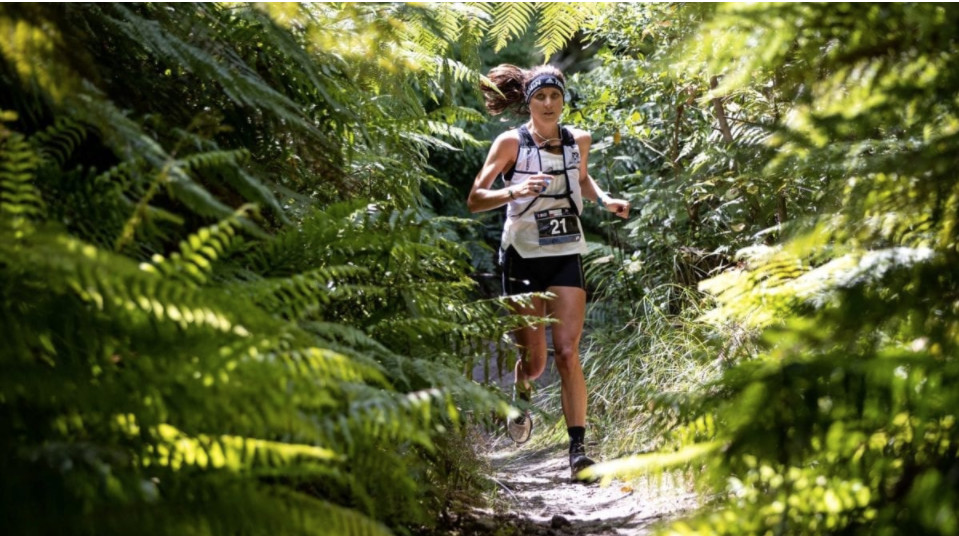
Bragging rights
We don’t recommend doing anything simply for the attention it may bring you, but there’s no denying that ultrarunning will impress people. Most non-runners will be impressed if you tell them that you’ve run a marathon before, so you’ll blow their minds when you say you ran an ultra. A lot of people don’t even know what an ultramarathon is, and when you tell them how far you ran, they’ll think you’re amazing.
Mental challenges
Any long-distance race requires mental toughness, but the farther you go, the more you need it. Venturing past 42.2K will take you from a mostly physical endeavour to a mostly mental one, and that’s when you’ll learn more about yourself. Plus, you’ll become stronger mentally thanks to ultras, and you can apply that mental toughness to every other type of race you enter in the future, which will only help you on the course.
You could become obsessed with it
Some people might view this as a reason not to take up ultrarunning, but we think it’s definitely a reason to do it. As unattractive as running 100 miles might seem right now, after your first 50K, you shouldn’t be surprised when you feel the need to enter another ultra-distance race. Even if you tell yourself something like “Never again” during the race, we’re willing to bet that you’ll be asking “When can I do that again?” after you reach the finish line
More racing opportunities
If you add ultra distances to your list of options when picking your race schedule, you’ll only be increasing the number of racing opportunities in your life. Can’t find a marathon to race on a certain weekend this summer? If you’re open to running farther than 42K, you have more of a chance to fill that slot with an ultramarathon.
The community
Everyone who has done an ultra mentions the community and how great it is. The running community in general is awesome, but as you get into more and more specific groups within the sport, that we’re-all-in-this-together kind of feeling only intensifies. Also, since an ultra is such a huge undertaking, bonding with your fellow athletes is even easier than usual, because you’re all in for the same long and arduous experience.
It’s not over until it’s over
If you’re an athlete who races to win, then an ultramarathon is a great place for you, because no gap is insurmountable. You could be an hour behind the race leader, but in a run that lasts dozens of hours or even multiple days, that’s nothing, and it’s 100 per cent possible to chase them down and take the win. In a marathon, on the other hand, even just a 10-minute gap can be impossible to overcome.
It’s not permanent
Just like any kind of race, if you enter an ultra and don’t like it, you can leave that part of your life behind and never try it again.
It could be your forte
Working off that fact, there’s also the chance that you’ll fall in love with ultrarunning and actually be quite good at it. If you don’t try, you’ll never know. If you do try and you don’t like it, you can forget about it, but if you love it, then it can become your new go-to type of racing.
(04/04/2021) ⚡AMPby Running Magazine
High school runner crawls across finish line to sub-9 two-mile
Gavin Sherry collapsed right before the finish line and crawled to an 8:57.67
Last weekend, the track world was impressed yet again by another incredible performance by high school phenom Hobbs Kessler, who closed a two-mile race with a 55-second final lap, crossing the finish line in first place in 8:39.04. Given that Kessler was 10 seconds ahead of the second-place finisher, it would have been easy to miss the action that happened behind him, but those who stuck around got to watch as Connecticut runner Gavin Sherry collapsed in the final few metres of the race and crawled to the finish line in 8:57.67.
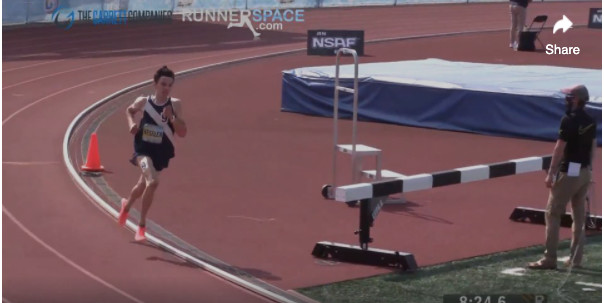
It looked as though Sherry would cross the line in third place, but his legs gave out just before the finish. While he struggled to get back on his feet, two other athletes passed him and he managed to stumble across the finish line in fifth, before collapsing immediately upon completing the race. While this is likely not the finish the high school senior was looking for, it was a demonstration of the athlete’s grit and determination. Despite his struggle, he was still able to go sub-nine minutes in the race, an impressive time for a high school athlete in and of itself.
You may not have heard of Sherry, but he has been one of the top high school runners in Connecticut for the last couple of years. He boasts an indoor two-mile PB of 8:53, which he set during his first-ever indoor track season as a sophomore last February, and last year he was named the Gatorade Connecticut Boys Cross Country Runner of the Year.
In an interview last year with a local newspaper, Sherry explained that he didn’t feel (at the time) as though he’d pushed himself to his limit, but that trying to find out where that limit is is what he enjoys so much about track.
“To me, that’s why I love the sport,” Sherry said. “It’s really just trying to explore how far you can push yourself before you break. So far I haven’t really had an experience where I’ve broken.”
It appears as though last weekend, he did finally have that experience, but he proved in that moment that he has the ability to push through it. The race may not have been a personal best for Sherry, but with the amount of determination he displayed, he will certainly be one to watch over the coming years.
(04/04/2021) ⚡AMPby Running Magazine
Strava's Most Active Runner Shared the Secret to Running 20-Mile Days at 61
"When people ask me about the key to my longevity, I tell them it’s slowing down."
Name: David B. Simon
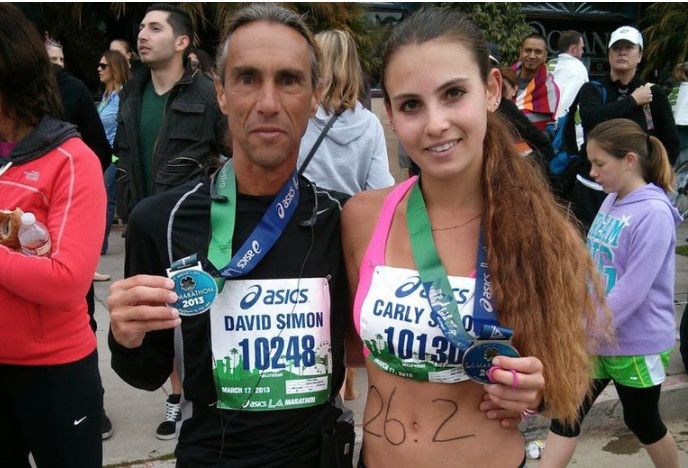
Age: 61
Location: Agoura Hills, California
Occupation: Programmer/Developer (Retired)
In 2020, David Simon ran more than 8,000 miles and 2,000 hours—more than any other person on Strava, the popular fitness app. His run streak, however, predates the fitness platform by decades: Simon, turns out, has steadily clocked 20+ mile days for nearly 40 years. Men's Health talked to Simon, 61, about how he’s stayed motivated, consistent, and (mostly) injury-free.
I started running the summer after high school in 1977. Before that, I was a shy, insecure, and completely unathletic guy. My first run was to the local drugstore about a mile from home. I was completely exhausted when I got there, but it felt good. I ran home, and after that, I started doing it every day. Within a month, I was up to a continuous three-mile run without stopping. Three months after that, I was up to 15 to 20 miles a day and hooked.
At the time, I was able to do it within about two to three hours—these days it takes me about five. Running truly changed my life: I got fit, healthy, more confident, and happier. Now if I miss a day, I bounce off the walls. It’s become my version of meditation, an escape from real world pressures. Unless I need to travel for work or have an emergency, I’d never miss a day. I'd drive my wife nuts.
Now that I’m retired, I take my time. Often I’m doing work or taking personal calls, so the runs are partly my “working hours” too. I’ve been able to work from home all my life, which has afforded me more time to run while seeing my daughters grow up. Over the years, I've kept pushing myself. In 1984, I signed up for the first L.A. Marathon and finished in 4:20. I ran the next 10 marathons—and once in Chicago—and got my PR down to 3:20.
In 2013, I accidentally wound up running the Las Vegas Marathon. I was in Vegas for work, and after I got to my room, I changed and headed out for my run. When I got to the street, I heard what sounded like gun fire and saw thousands of people running towards me. Turns out, it was the start of the marathon, which runs down the strip and through downtown. So, I just started running with them and ended up finishing—okay, scabbing—the race. I felt bad when they gave me a medal, but they said it was okay when I fessed up, and I had a great time.
I later stopped running organized events—the crowds and logistics just got too hard with two kids. When my kids were in high school, however, they each wanted to run the marathon, so I did it two more times over those four years. They’re both still avid runners—and much faster than me, I might add. I wound up founding a youth cross country running team, the Calabasas Cheetahs, and coached them for a few years.
Even during COVID, I still wake up motivated to run—I’m quite addicted to running. I pretty much run by myself or only with my daughters, so I’ve been safe. I always use Strava and I like to do their monthly “running distance challenge,” which has a leaderboard. I’ve always been among the top runners, and I’m proud of that considering I’m also likely older than most of the other runners. Fortunately, living in Southern California means very few cold or rainy days.
f I’m not taking calls, I always run while listening to podcasts—mostly tech and security, or news and political podcasts. I also listen to Howard Stern on Sirius, as well as the occasional audiobook, but I don’t listen to music. Mostly I run in the mornings, but sometimes my schedule requires me to break up my runs. I’m very routine-oriented, and my routine is always to wake up, walk the dog, eat a small something, drink a Rockstar Energy Drink, and then head out for my run.
Diet is a very long story. I’m an extremely picky eater—healthy, but not diverse. I’ve never eaten meat, for instance. I’m not intentionally vegetarian: I’ve just never liked it.
I live on high protein power bars like ProMax, as well as healthy multigrain breads and carbs. I eat about 4,000-5,000 calories per day, and lots of carbs. I’ve been lucky with injuries, too: In 40+ years of running, I’ve only had one knee injury—I tore my meniscus. The doctor said I needed surgery, so I did it, and I feel like it was one of the worst mistakes of my life. That knee has never been the same. When I injured my other knee, I opted not to do surgery and it’s perfect now. You live and learn.
As for gear, I’ve used ASICS running shoes like the GT 1000 or Gel Nimbus almost all my life—they’re a little wider, which I need, and I’ve found them somewhat more durable without being heavy or clunky. I’ve tried others and they hurt my feet. I always carry my phone with me in a running pouch, and I use cheap bluetooth headphones with hooks and a cord. Since I’m only listening to podcasts, audio quality isn’t all that important. I mostly want something that’s comfortable and lasts a long time.
When people ask me about the key to my longevity, I tell them it’s slowing down. At my age, my “run” is more of a fast shuffle, but that also means less impact, so it’s good for my knees and body. I’m always breathing normally out of my nose and can talk easily unless I’m on a steep hill. That’s also what I like to tell beginners: Start slow. Build up. Don’t try to “boil the ocean all at once,” as a mentor once told me. Otherwise, you’ll burn out. Running is a lifestyle, not just a training activity.
My only goal this year is just to be able to keep doing what I’m doing. As I tell my family, when I can’t run anymore, I’ll walk. When I can’t walk, I’ll roll. And when I can’t do that, I’ll have to figure out a new activity.
(04/04/2021) ⚡AMPby Men’s Health
The lights are back on at Hayward Field, but Cole Hocker steals the spotlight
There weren’t any extra bells or whistles for the grand opening of Hayward Field Friday night, no pageantry or fireworks for the debut of Oregon’s new $200 million facility.
But there was track and field, and after nearly three years of no home meets, that was more than enough.
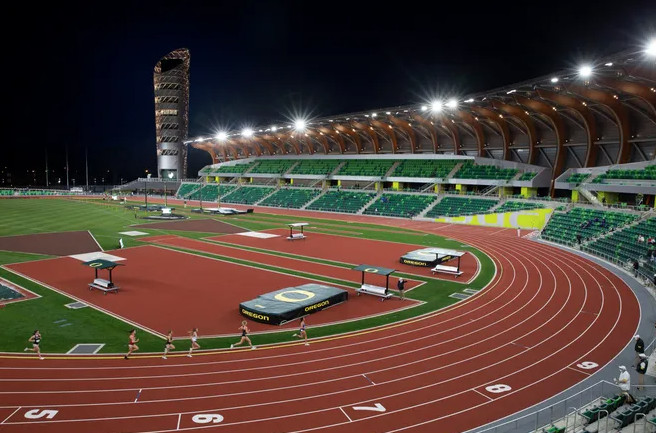
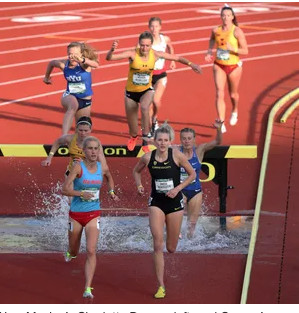
“This has been a long time coming for us here and our program,” Oregon coach Robert Johnson said after Day 1 of the multi-team Hayward Premiere, the Ducks’ first meet since June of 2018. “It’s been a surreal moment today. … Thankful, blessed, happy. I woke up this morning excited and giddy and couldn’t wait to shoot off the gun.”
Oregon picked up four wins and had several impressive performances, though none stood out more than Cole Hocker’s late surge to win the men’s 1,500-meter Invitational in the first home meet of his Oregon career.
The sophomore from Indiana, who captivated the running community with his national titles in the mile and 3,000 meters at the NCAA Indoor Track & Field Championship meet in March, looked sharp as ever Friday, winning in 3 minutes, 38.99 seconds.
“It was definitely different and even though it wasn’t a full stadium, there was something different about the energy especially with other teams being in there and in the mix,” Hocker said. “They definitely put on a good race, too. It was fun.”
It was also close, as Hocker went into the home straight with challengers right on his heels. But one last burst of speed gave him all the separation he’d need to get the win.
“Yeah I’m really happy with (the race),” he said. “I just went in with one goal to win and I executed that. I’m really happy about it because of where we are in training and completely training through this race and not really prepping specifically for this. I’m happy with the result.”
Talem Franco of BYU was second in 3:39.79 and Iowa State’s Festus Lagat was third in 3:39.93. Oregon’s Reed Brown was fifth in 3:40.90.
Cooper Teare was entered in the race but didn’t run. The Oregon senior, who set the collegiate record in the indoor mile in February, did pace the men’s 10,000 Invitational through the first 4K. He’s also entered in the 800 Saturday.
A sparse crowd of family and close Oregon associates were sprinkled throughout the stadium, as were members of all the participating teams.
It wasn’t loud, but for an opening night in the era of COVID-19 restrictions, it was still special.
“The feeling was unreal,” said Oregon senior hammer thrower Austin Tharp, a Sheldon High graduate who has a childhood worth of memories competing at the previous Hayward Field. “Just walking in with all the officials and other competitors, it felt like Hayward Magic was back. I’m from Eugene and my last home meet was the Oregon Twilight in 2018 so it was really nice to have family watching me compete at Hayward again for the first time in a few years.”
Tharp finished third Friday night, throwing a PR 195-feet.
For the trivia books, senior distance runner Jack Yearian was the Ducks’ first winner in the new stadium, as he ran a 40-second PR with a time of 14:1122 in the men’s open 5,000 race.
Tori Sloan was Oregon’s first field event winner, as the junior set a big PR with a mark of 19-5 1/4. Her previous best was 17-11 1/2.
Aneta Konieczek made her long-awaited outdoor debut for the Ducks with a second-place finish in the women’s steeplechase in a PR 9:59.42, making her the third-fastest performer in Oregon history and only the fourth Duck to run under 10 minutes.
“It was amazing to be out there today and have a pretty good opener,” Konieczek said. “I was just really excited, not only because it’s been awhile but also, it’s our track and I’d never raced at Hayward (Field) before. You could hear everyone and even with the smaller crowd, the magic was there.”
Konieczek transferred to Oregon in 2019 from Division II Western State in Colorado where she was a steeplechase all-American with a 10:01.02 PR. During the recently completed indoor season, Konieczek placed seventh in the mile at NCAA championship meet.
New Mexico senior Charlotte Prouse was the winner in a collegiate-leading 9:54.65. The two-time NCAA runner-up took the lead from Konieczek with two laps to go and slowly separated from the Oregon redshirt junior.
“After indoor nationals, there was some down time and I hadn’t really done any hurdle work coming into today but I thought everything felt pretty good," Konieczek said. "I didn’t really know what to expect especially in my first (steeplechase) race in three year but it helped to have Charlotte Prouse in the race so we could work together.”
Oregon’s Matt Wisner, a senior transfer from Duke, set a six-second PR of 3:42.95 in his victory in the men’s open 1,500.
Carmela Cardama Baez, the 2019 NCAA outdoor runner-up, finished third in women’s 10,000 Invitational in 32:57.01, nearly topping her PR of 32:55.50. Boise State’s Clare O’Brien won in 32:43.70, and Weber State’s Lexie Thompson was second in 32:49.62.
Oregon State’s Lindsay McShane and Sydney Guthrie-Baker went 1-2 in the women’s hammer. McShane won with a throw of 208-03 and Guthrie-Baker threw 195-07.
(04/04/2021) ⚡AMPWorld half-marathon record falls to Ruth Chepngetich in Istanbul
Istanbul race promised fast times due to red-hot line up and it delivered despite damp conditions
Ruth Chepngetich took almost half a minute off the women’s world half-marathon record in Istanbul on Sunday (April 4).
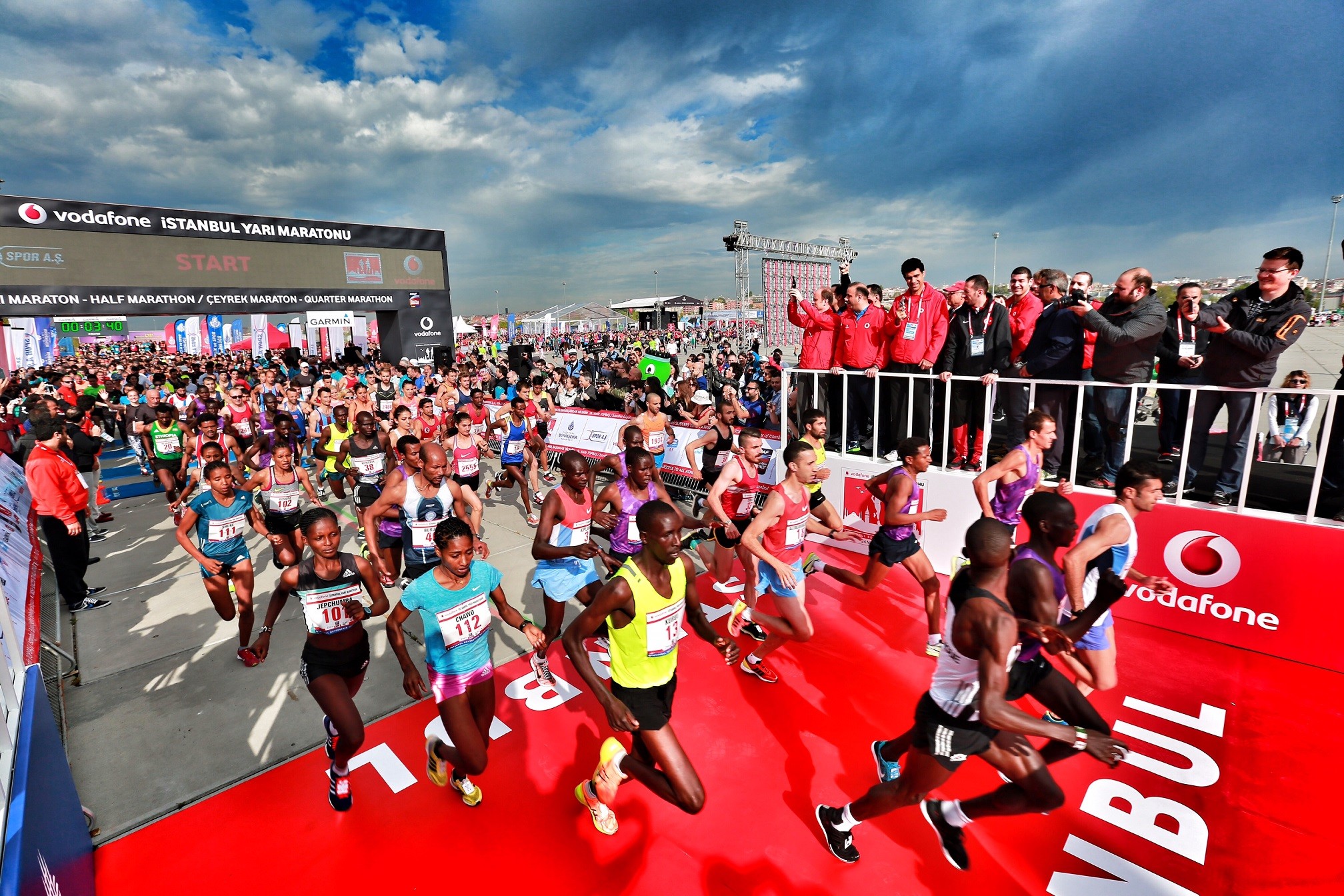
The Kenyan, who won the world marathon title in the heat and humidity of Doha in 2019, clocked 64:02 for the 13.1-mile distance as she smashed the 64:31 mark held by Ababel Yeshaneh of Ethiopia.
The 26-year-old is certainly familiar with the roads of Istanbul. She has now won the city’s half-marathon three times and in 2018 she ran 2:18:35 to win the Istanbul Marathon.
Yeshaneh’s world record was set at the RAK Half in February last year. That race was called off this year due to the coronavirus, which effectively meant many of the leading entrants competed in Istanbul instead.
Racing less than 24 hours after Beth Potter ran the fastest ever 5km on the roads at the Podium 5km in Lancashire, Chepngetich drew away from a strong field in Istanbul in damp and cool conditions.
The event featured a mass participation field and also inline skaters and saw the runners tackling the distance on the banks of the Bosphorus on a wet morning in Turkey.
Not only was Chepngetich’s time a world record, too, but it was quicker than the fastest-ever half-marathon set on the roads – the 64:28 by Brigid Kosgei on a Great North Run course that is disallowed for record purposes.
Runner-up Yalemrzew Yehualaf clocked 64:40 to go No.3 on the world all-time lists while Hellen Obiri, the world cross-country champion, clocked 64:51 on her debut, making this the first time three women had broken the 65-minute barrier in the same race.
Joan Chelimo Melly was fourth in 65:09 and world marathon record-holder Kosgei fifth in 66:01 as the top seven broke 67 minutes.
The eagerly-anticipated men’s race head to head between Kibiwott Kandie beats Geoffrey Kamworor, meanwhile, saw Kandie take the win by three seconds in 59:35 as he gradually drew away from his rival in the closing stages.
The runners were well outside Kandie’s men’s world record of 57:32 but Kandie’s time was a course record and the top five men broke the one-hour mark.
(04/04/2021) ⚡AMP
New Asics carbon METASPEED SKY could help you reduce the # of steps you take in marathon by over 1.2%
Asics has launched two new race shoes, designed for runners with different stride lengths. The Metaspeed Sky is made for those who increase their speed by taking longer strides, while the Metaspeed Edge is built for those who extend their stride length, but also increase their cadence.
Both models have the same components, with a full-length carbon plate to conserve energy (a feature that's become commonplace in race shoes over the last couple of years) a curved sole unit to help your foot roll and reduce ankle flexion, and a bouncy foam midsole.
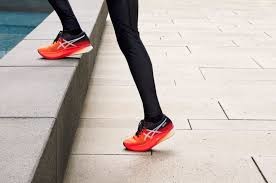
We've tested and ranked all of the best running watches available today
Don't need GPS? Check out our guide to the best fitness trackers
For pool training, take a look at our roundup of the best swimming watches
Both new shoes have engineered mesh uppers made from recycled polyester, helping reduce the use of virgin plastics. Asics began working recycled materials into its shoes while designing sportswear for the Tokyo Olympic Games, and it's now begun incorporating reclaimed textiles into its consumer products too.
Earlier this year, the company released the Sunrise Reborn pack, containing a distance training shoe and a hybrid street/technical shoe, both made from old clothing gathered in Japan. The material for these shoes was processed and solution dyed – a technique that involves adding color to the plastic before it's made into filaments, and uses far less water than dyeing it later.
One (not so) small step...
The differences between the two Metaspeed models are all down to construction and geometry. The Metaspeed Sky has a thicker sole than the Edge, for better cushioning as runners increase their stride length
There's also a difference in heel drop: the Sky has a 5mm height difference between heel and toe, while the Edge has an 8mm difference. Finally, the Sky has a sharper curvature at the forefoot than the Edge, enabling runners to push off further with each stride.
With so many carbon running shoes now on the market (plus more affordable designs with stiff nylon plates like the Saucony Endorphin Speed), it's good to see more variety in styles rather than a one-size-fits-all approach. We'll be putting the new Metaspeed models to the test, and bringing you a full review
(04/04/2021) ⚡AMPWorld Records in danger at Istanbul Half Marathon Sunday
Super-strong fields tackle 13.1 miles in Turkish city on Sunday with Hellen Obiri, Brigid Kosgei, Peres Jepchirchir, Kibiwott Kandie and Geoffrey Kamworor among the entries
World records could fall at the Istanbul Half Marathon on Sunday (April 4) due to the red-hot line-ups that have been assembled.
The women’s race features marathon world record-holder Brigid Kosgei, world half-marathon gold medallist Peres Jepchirchir and world cross-country and 5000m champion Hellen Obiri.
Whereas the men’s race sees world half-marathon record-holder Kibiwott Kandie against former world record-holder Geoffrey Kamworor.
Obiri makes her half-marathon debut and she could hardly have picked a tougher first race.
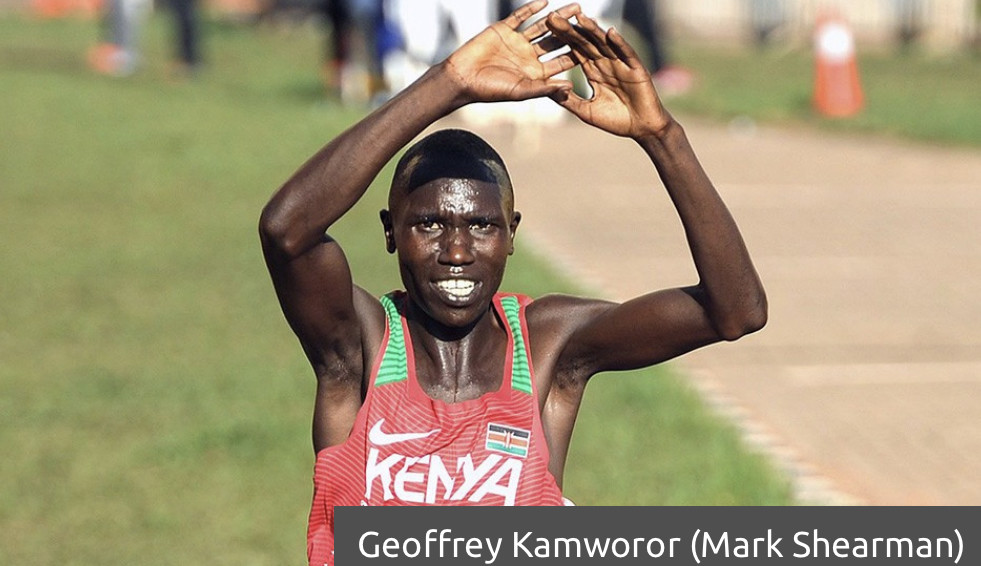
In addition to Kosgei and Jepchirchir, the Kenyan faces world marathon champion Ruth Chepngetich, plus Ethiopian Yalemzerf Yehualaw, Melat Kejeta of Germany and Yasemin Can of Turkey.
All eyes will be on Kandie and Kamworor in the men’s race but watch out too for Ethiopia’s Amdework Walelegn and Uganda’s Stephen Kissa plus Turkey’s Kaan Kigen Ozbilen.
Kandie and Kamworor were due to have a much-anticipated showdown at the RAK Half on February 19 but it was called off due to the pandemic.
If conditions are good Kandie’s world record of 57:32 – which was set in Valencia in December – will be under threat, whereas the women’s world record of 64:31 held by Ababel Yeshaneh is also in danger.
The races start 10am local time on Sunday April 4.
(04/03/2021) ⚡AMPby Athletics Weekly
N Kolay Istanbul Half Marathon
The Istanbul Half Marathon is an annual road running event over the half marathon distance (21.1 km) that takes place usually in the spring on the streets of Istanbul, Turkey. It is a IAAF Gold Label event. The Istanbul Half Marathon was first organized in 1987. After several breaks it was finally brought back to life in 2015 when the...
more...Update on races that hopefully will be held in 2021 from David Monti
Here’s the latest news on marathons and road races which have come across my desk:
ELITE-ONLY MARATHON SCHEDULED FOR TUSCANY – Thanks in part to funding from the Xiamen Marathon, a European Olympic Marathon qualification race will take place at the Ampugnano Airport in Tuscany, Italy, on Sunday, April 11. The event is called the Xiamen Marathon & Tuscany Camp Global Elite Race and will feature some of the sport’s most recognizable marathoners, like:
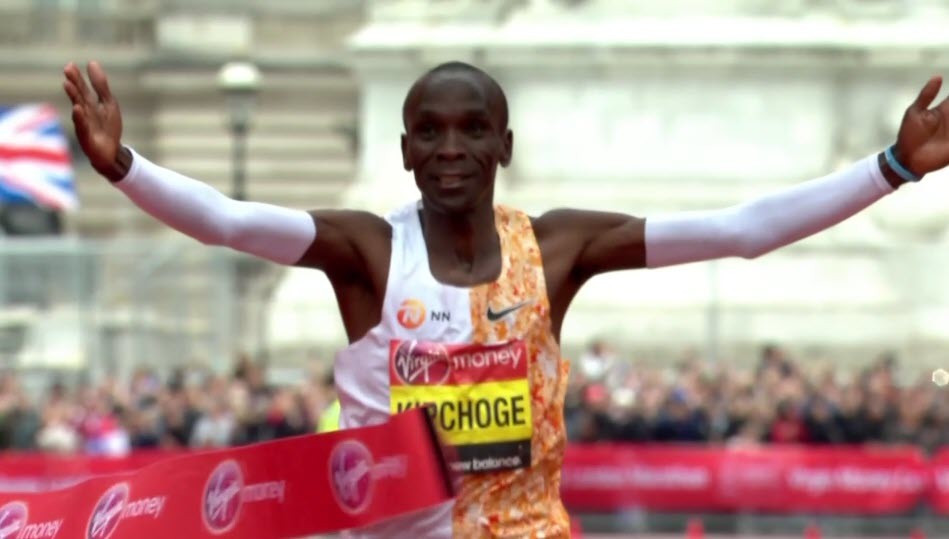
Marius Kipserum (KEN), Suguru Osako (JPN), Angela Tanui (KEN), Leul Gebresilase (ETH), Gerda Steyn (RSA), Daniele Meucci (ITA), and Valeria Straneo (ITA). The race will begin with a one-kilometer loop, followed by eight 5-kilometer loops and a short straight to the finish line to make the full 42.195-kilometer distance. The course is World Athletics-certified, so all athletes have a chance to record Olympic Games qualifying marks.
PRAGUE MARATHON MOVES TO THE FALL – RunCzech has announced that the Volkswagen Prague Marathon will be held in the fall for the first time; the event traditionally takes place on the first or second Sunday of May. The planned date is Sunday, October 10, the same day as the Bank of America Chicago Marathon. The capacity of the event will be determined later in coordination with Czech health officials.
RunCzech will also hold a virtual version of the race from May 3, through May 31. “We must never stop dreaming and believing,” said RunCzech president Carlo Capalbo through a statement. “There is light at the end of this tunnel. We’ll be there to cheer you on every step of the way, and we look forward to greeting you at the finish line with shouts of joy.”
AUSTRALIA AND ARGENTINA ALSO HOST OLYMPIC QUALIFYING MARATHONS – Elite-only marathons will be held in both Australia and Argentina in April to give athletes a chance to qualify for the Tokyo Olympics. In Australia, the race will be held in Sydney at the International Regatta Centre in Penrith on April 25, and be organized by Athletics Australia.
“In the same international calendar period, a number of our marathoners would normally be racing at the London Marathon, so this elite race in Sydney is an important opportunity,” said Athletics Australia president Mark Arbib through a statement. “By creating the course for elite athletes, we are allowing our marathoners to prepare with as much certainty as possible.” In Argentina, the race will be held in Santa Rosa, La Pampa on April 18. The Maraton Internacional A Pampa Traviesa will incorporate the Argentine national marathon championships.
SOME SPRING MARATHONS TO GO FORWARD – A few spring marathons will go forward as in-person races, despite the pandemic. Here is a summary (not a complete list):
April:
03 – Carmel Marathon (USA)
03 – Easter Marathon (AUS)
10 – Access Bank Lagos City Marathon (NGR), C&D Xiamen International Marathon (CHN)
11 – Beverly Wuxi Marathon (CHN), Canberra Times Canberra Marathon (AUS), Maratona Sao Paulo (BRA), Xuzhou Marathon (Chinese Olympic Trials)
18 – Debno Marathon (POL/elite only), Maraton Internacional A Pampa Traviesa (ARG), Zheng-Kai International Marathon (CHN)
24 – Valley O.NE Marathon Weekend (USA)
25 – Ascension Seton Austin Marathon (USA), Mercy Health Glass City Marathon (USA)
25 – Wrexham Elite Marathon & Half-Marathon (GBR)
May:
01 – Myrtle Beach Marathon (USA)
08 – Fort Worth Cowtown Marathon (USA)
16 – Belgrade Marathon (SRB), Alexander the Great Marathon (GRE), Copenhagen Marathon (DEN), Generali Milano City Marathon (ITA)
30 – Brescia Art Marathon (ITA)
MOST SPRING ROAD RACES MOVE TO THE FALL – One by one, race organizers are moving their spring road races to late summer or the fall. Here is a summary of some of those postponements:
August:
22 – Vitality Big Half (GBR), Generali Berliner Halbmarathon (GER), Kerzerslauf 15-K (SUI)
28 – Asics Sentrumsløpet 10-K (SWE)
September:
05 – Bath Half-Marathon (GBR), CSOB Bratislava City Marathon (SVK), Harmonie Mutuelle Semi-Marathon de Paris (FRA)
05 – Spar Women’s Challenge – Cape Town (RSA), Sportisimo Prague Int’l Half-Marathon (CZE)
06 – GTC Reedy River Run 10-K (USA)
11 – Göteborgsvarvet Half-Maraton (SWE)
12 – HASPA Marathon Hamburg (GER), Credit Union Cherry Blossom 10-Mile (USA), Meia-Maratona Internacional de Lisboa (POR)
12 – Brighton Marathon (GBR), Stramilano (ITA), Vienna City Marathon (AUT)
19 – Run Rome The Marathon (ITA)
25 – Cooper River Bridge Run (USA), Freihofer’s Run for Women (USA), NN City Pier City Half-Marathon (NED)
October:
02 – Azalea Trail Run 10-K (USA)
03 – Cardiff University Cardiff HM (GBR), 10-K Valencia Ibercaja (ESP), Virgin Money London Marathon (GBR)
10 – Bank of America Chicago Marathon (USA), Volkswagen Prague Marathon (CZE)
11 – Boston Marathon (USA)
17 – EDP Medio Maratón de Sevila (ESP), Schneider Electric Marathon de Paris (FRA), eDreams Mitja Marató de Barcelona (ESP), Tokyo Marathon (JPN)
24 – NN Marathon Rotterdam (NED), Standard Chartered Hong Kong Marathon (HKG), Oberbank Linz Donau Marathon (AUT)
29 – Jerusalem International Marathon (ISR)
November:
07 – Los Angeles Marathon Presented by Asics (USA), Zurich Marató de Barcelona (ESP)
14 – Movistar Medio Maratón Villa de Madrid (ESP)
21 – New Taipei City Wanjinshi Marathon (TPE)
28 – Limassol Marathon (CYP)
(04/03/2021) ⚡AMPby David Monti Race Results Weekly
5,000 Runners Arriving Safely Home from Nagoya, Japan Gives Hope to Runners and Organizers Worldwide
Nagoya Women’s Marathon was the first mass participation event in Japan since the Covid-19 pandemic started
- Organisers implemented a range of measures to prevent the spread and transmission of Covid-19
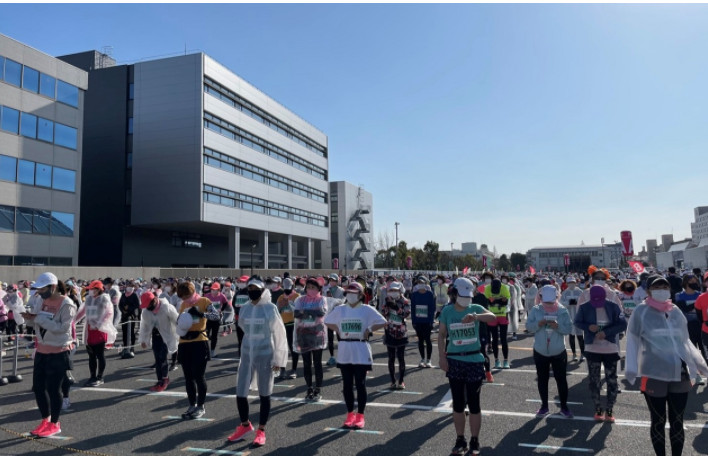
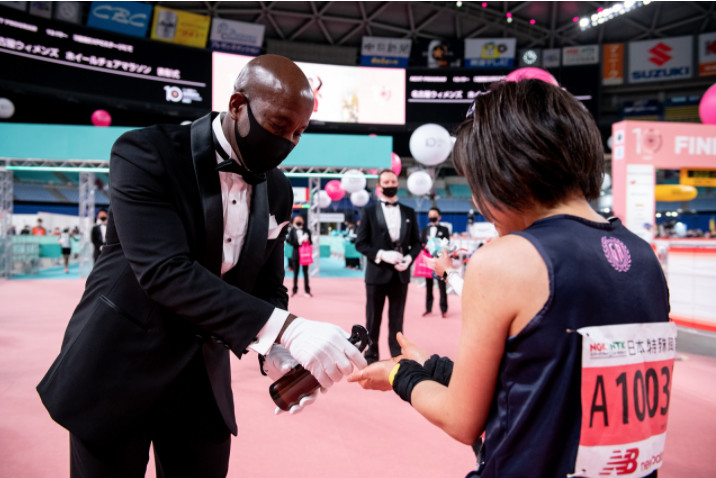
- 2 weeks after the event, which welcomed 4,704 runners in the marathon, there are no reports of Covid-19 infection or suspected cases
The Nagoya Women’s Marathon 2021, the largest women’s marathon in the world and a World Athletics Platinum Label road race, was held on Sunday, March 14, 2021 as the first mass participation road race to be held in Japan since the Covid-19 pandemic started. From top elite athletes to general runners, a total of 4,704 women runners participated in the race and had a joy of running on the city streets of Nagoya. Another 4,052 ran the accompanying half marathon.
To prevent the spread and transmission of Covid-19, various measures were taken at all event sites throughout the event period. We established the Covid-19 Control Office with medical professionals, local governments of the City of Nagoya and Prefecture of Aichi, and the Japan Association of Athletics Federations (JAAF) within the Marathon Organizing Committee, and formulated and implemented an infection control plan in accordance with the JAAF’s Guidance on Resumption of Road Racing and advice from medical experts and local government officials. We would like to share some of the key measures as below.
At Race Entry
The field was reduced from 22,000 to 11,000 (domestic residents only) at the time of race entry An option was given to all registered participants to switch from in-person racing to virtual racing after a state of emergency was declared by the Japanese government in Aichi Prefecture in January 2021. The state of emergency was lifted on February 28, 2021, and the Nagoya Women's Marathon 2021 was held with the 5,000 participants who chose to run the in-person race. Runners residing outside Japan were accepted at the virtual race due to the international travel restrictions.
Protocols for All
Wear masks at all times (except for runners during competition). Sanitize hands frequently (on arrival, after finish, before and after using the toilet, etc.). Check temperature at home and on arrival (Anyone with a fever of 37.5 degrees Celsius or higher are refused to participate). Monitor, record and submit health condition and body temperature (via a web form) for 7 days prior to race day. Monitor and report any poor health condition or positive Covid case for 14 days after race day.
At Competition
Runners must wear masks before start. Social distancing at the starting blocks (more than 1 m between runners). Gradual start by each starting block. Covered water at water stations to prevent droplets. Individually packaged food at refreshment stations and hand sanitization before taking them. Hand sanitization and face masks distributed after finish. Social distancing at the dressing area and limited use to 15 minutes.
For Volunteers
All volunteers were provided face masks, face shields, and portable alcohol disinfectant, as well as additional equipment (e.g., globes) depending where they are assigned.
At Marathon Expo
Booth setting, flow design, and entry restriction to avoid the ‘Three Cs’ ‘Three Cs’ are high risk situation of COVID-19 transmission defined by Prime Minister's Office of Japan and Ministry of Health, Labour and Welfare: Crowded places with poor ventilation, Close-contact settings and Confined spaces. All visitors were required to provide their name, address and contact information via an admission form at the entrance (for contact tracing purpose).
Crisis Management
Establishment of a crisis management plan for potential scenarios. A private emergency vehicle was stationed for transport of suspected Covid-19 patient.
Course Management
Public announcement on TV and newspapers to discourage cheering and spectating along the roadside.
It has been more than two weeks since the race day, but thankfully we have not received any report of infection or suspected case as of March 29. This year’s race was an extremely challenging event to prepare and coordinate for the realization. We have nothing but deep and sincere gratitude for runners for participation, and volunteers, sponsors and all the concerned personnel for their support. We wish your good health and the earliest possible arrival of end to the pandemic.
(04/03/2021) ⚡AMPby Japan Running News
Nike Launches Lawsuit over 'Satan Shoes' Made with Real Human Blood
The modified Nike Air Max 97s also features an inverted cross, a pentagram and the words "Luke 10:18"
Turns out, it's not just conservative Christians on Twitter who aren't happy with 'Satan Shoes', Nike also has a problem with them, which is why it's suing streetwear company MSCHF for releasing a modified pair of Nike sneakers, which contain a drop of human blood, without its consent.

Satan Shoes are the result of a collaboration between MSCHF and rapper Lil Nas X, with the shoes being made to promote his new track 'Montero (Call Me By Your Name)'.
On Monday, 666 pairs (get it) of the shoes were released and sold out within less than a minute. Each shoe features a signature Nike air bubble cushioning sole, which contains 60 cubic centimetres of red ink and a single drop of human blood that has been donated by employees of MSCHF.
However, Nike says that by releasing the shoes, MSCHF has diluted its brand, confused customers and caused "significant harm to [Nike's] goodwill, including among consumers who believe that Nike is endorsing satanism".
Its suit reads: "Nike files this lawsuit to maintain control of its brand, to protect its intellectual property and to clear the confusion and dilution in the marketplace by setting the record straight – Nike has not and does not approve or authorise MSCHF's customised Satan Shoes."
As part of it lawsuit, Nike has asked the court to immediately stop MSCHF from fulfilling orders for the shoes and has also requested a jury trial to seek damages.
Although, Lil Nas X isn't named in the lawsuit, he took to YouTube to issue an apology. Sort of.
In a YouTube video titled 'Lil Nas X Apologizes for Satan Shoe', he says: "Okay, guys, I see everybody's been talking about this shoe, and I just want to come forward and say..."
The clip then cuts to a scene from the video for his new song, 'Montero (Call Me By Your Name)', where he is giving the devil a lap dance.
Lil Nas X kept the same energy while defending the shoes on Twitter. In response to the governor of South Dakota Kristi Noem's criticism of the shoes, Nas X wrote: “You are a whole governor and you [are] on here tweeting about some damn shoes. Do your job!”
You have to say, he has a point.
(04/03/2021) ⚡AMPby Men’s Health
Hayward Field’s Grand Reopening, And a Ton of NCAA Stars Racing
When the University of Oregon’s Hayward Field reopened on Friday with the Hayward Premiere meet, 1,028 days will had passed since it last hosted a track meet.
Back then, on June 9, 2018, the marathon world record was 2:02:57, the Nike Oregon Project still existed, Donald Trump had zero impeachments, and we were still 18 months away from learning the word “coronavirus.” It has been a minute.
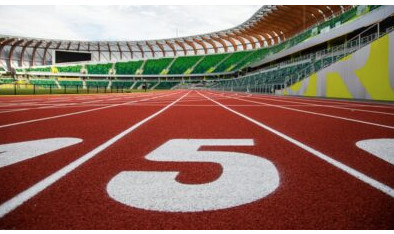
With an estimated cost of $270 million, “new” Hayward is easily the most expensive track & field-specific facility ever built in the United States and immediately becomes the center of the American track & field universe: over the next 16 months, the stadium will host two NCAA championships, the US Olympic Trials, and the 2022 World Championships. Based on everything we’ve seen, it should be a fitting home (if you haven’t already, check out the Hayward Field website, which has tons of info and cool photos of the rebuild).
On Friday, track is finally back in Eugene. And it should be quite a meet. Some of the country’s top distance programs — BYU, Arkansas, Iowa State — are sending athletes to compete at the Hayward Premiere, and of course the host Ducks will be racing some stars of their own. Between Oregon’s Cole Hocker, BYU’s Courtney Wayment and Conner Mantz, and Iowa State’s Wesley Kiptoo and Edwin Kurgat, no less than five NCAA individual champions will get to test out the new track.
The Hayward Premiere is the first of four regular-season home meets at Hayward in 2021, followed by the West Coast Classic (April 17), Oregon Relays (April 23-24), and Oregon Twilight (May 7) before the stadium hosts NCAAs (June 9-12), the Olympic Trials (June 18-27), and Prefontaine Classic (August 21).
Meet details and preview below.
How does the new stadium look? And is it fast?To say we at LetsRun.com are excited about the new Hayward Field is an understatement. There was no better place in America to watch a track meet than the old stadium, and while we are firm believers that not every single big meet should be in Eugene, it was distinctly weird not having any meets there the past two years. The new stadium may lack the character of “historic” Hayward Field, but from the wooden roof beams to the Bowerman Tower, it already sports an iconic look. After sitting empty for months — outside of UO practices — it will be great to see Hayward Field doing what it was built for: hosting meets.
And the good news is that some fans and media will be there in person. Under Oregon’s current athletics guidelines, a limited number of family and guests of coaches and athletes are allowed at the meet. Obviously, it would have been nice to open up the new Hayward with a full house, but this is better than totally empty stands. And the fact that Oregon got permission from the state and county to host four regular-season meets with spectators is a step in the right direction toward an Olympic Trials with fans (how many will be allowed in June remains to be seen).
As for the second question — is the new track fast? — we assume the answer has to be yes if they spent $200+ million on it and we imagine we’ll find out this soon. While this will be the outdoor opener for the athletes, the story of Covid-19 and the super spike ear is that no one seems to wait to run fast anymore. People want to get fast marks up ASAP in case of a Covid-19 delay.
The weather looks decent (high of 61 in Eugene on Friday, 64 on Saturday, and no rain) and the fields are full of quality so it will be interesting to see what type of marks are put up.
And will the infamous headwind still blow on the backstraight?
(04/03/2021) ⚡AMPby Let’s Run
IOC has removed 4 x 400m from 2024 Olympics
World Athletics was shocked to learn that the International Olympic Committee has cut the popular relay event to make room for math-based competitions.
In a disappointing and unexpected change to the Paris 2024 Summer Games program, the International Olympic Committee (IOC) has announced that the men’s and women’s 4 x 400m relay races will be cut to make room for “mathletics.”
The decision to add math-based events to the Games was made by the IOC and the Paris Organizing Committee (POC), and World Athletics (WA) was reportedly left out of discussions entirely.

At a press conference announcing the program change on Thursday, IOC president Thomas Bach said how thrilled he is to usher in “the next era” of the Olympic Games.
“I was never good at math as a kid,” Bach said. “So I’m proud to know that I’m playing a part in inspiring the next generation of Olympians to not just work hard at math, but to enjoy it, too.” An official from the POC also spoke, echoing Bach’s words.
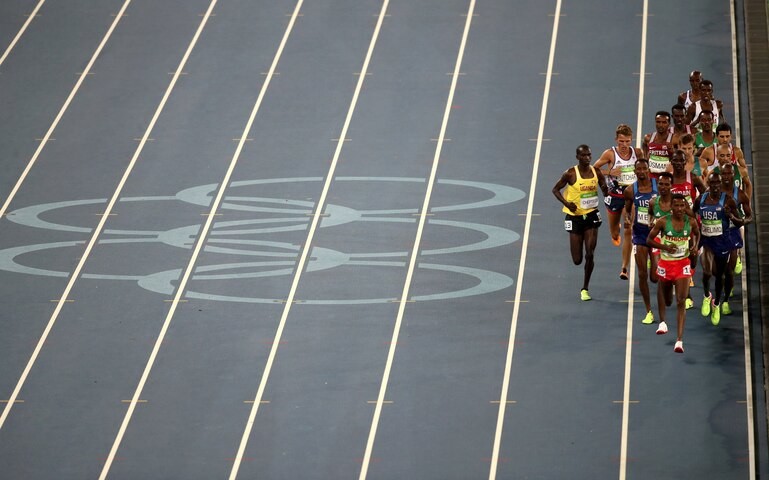
“In France, we rank somewhere around 25th in the world when it comes to youth math scores,” the official said. “We want to change that, and we sincerely believe that hosting an Olympic mathletics event in our country will inspire our children.”
When asked whether he believes the elimination of the 4 x 400m will hurt athletics in France, the POC official said he thinks “France has enough runners already,” pointing out that “kids everywhere run all the time. At recess, in after-school sports. They’re always moving. We need more mathletes, not runners.”
While the IOC and POC are excited by this program change, some people are upset — most notably WA president Seb Coe. “I get that math is important, I do,” Coe said, speaking after the IOC press conference. “But why are they cutting the 4 x 400m relay? How can the IOC think that’s a good idea?”
Coe spoke heatedly, clearly annoyed, and he apologized after a seven-minute rant about long division (which he said he “could never wrap [his] head around”), explaining that he’s not against promoting math, but that he was simply caught off-guard. “Thomas [Bach] and the IOC didn’t contact me about this change. I learned about it on Twitter, just like everyone else.”
Coe continued, saying that he plans to fight the IOC on this change. It appears to be a battle he and WA are destined to lose, though, as shortly after Coe’s speech, Bach released the tentative lineup of mathletics events he hopes to see in 2024.
“We’re planning to hold multiplication races, abacus events and so much more,” Bach tweeted. “Athletics have been in the Games for over a century, but math has been around forever. It’s time we show mathletes the respect they deserve.”
Bach has also reportedly considered dropping equestrian events from the 2024 Games to allow room for a new blackjack competition, but nothing has been made official.
(04/02/2021) ⚡AMPby Ben Snider-McGrath
Paris 2024 Olympic Games
For this historic event, the City of Light is thinking big! Visitors will be able to watch events at top sporting venues in Paris and the Paris region, as well as at emblematic monuments in the capital visited by several millions of tourists each year. The promise of exceptional moments to experience in an exceptional setting! A great way to...
more...Eliud Kipchoge's redemption run has been pushed one week due to COVID-19 restrictions in Germany
With less than two weeks to go until the NN Mission Marathon in Hamburg, event organizers have postponed the race until April 18 due to local COVID-19 restrictions. Those same restrictions in Hamburg are forcing officials to find a new location for the race with less than a month of notice. The event is set to feature Eliud Kipchoge, who is looking to bounce back from his sub-par performance at the London Marathon last October, but he will now have to wait a little longer before getting back in action.
“Over the past months, we have learned that we need to be flexible and stay positive,” Kipchoge tweeted after the news of the Mission Marathon postponement broke. It’s true that members of the global running community got used to race cancellations throughout 2020, but by the end of the year and moving into 2021, it seemed like event organizers had figured out the right formula to hold a run during the pandemic (for elite-only races, at least).
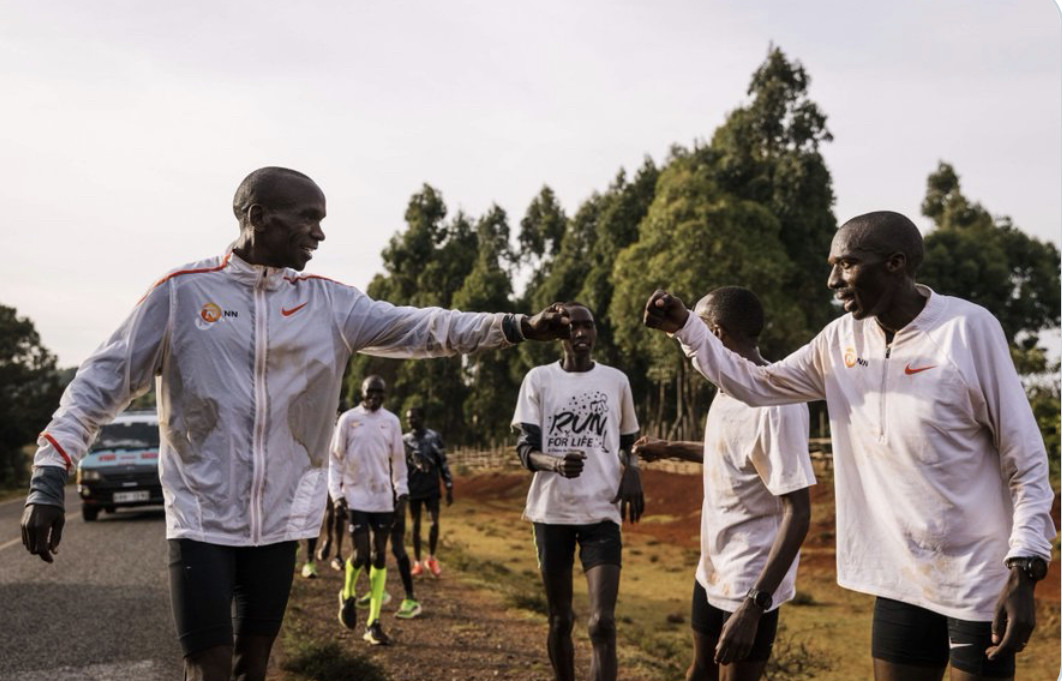
Unfortunately, COVID-19 proved once again that there is no way to guarantee an event’s safety during this pandemic. Granted, the Mission Marathon has only been postponed, but seeing as it has been rescheduled to run just one week after originally planned, it could be tough for organizers to find another city in the coming weeks.
In a press release announcing the postponement, Hamburg Marathon managing director Frank Thaleiser expressed his team’s regret. “Of course we were quite disappointed at first, but we can understand the decision given the current situation,” he said. “We are now putting all our efforts into the realization of the event at a different location and are optimistic that we will find a solution.”
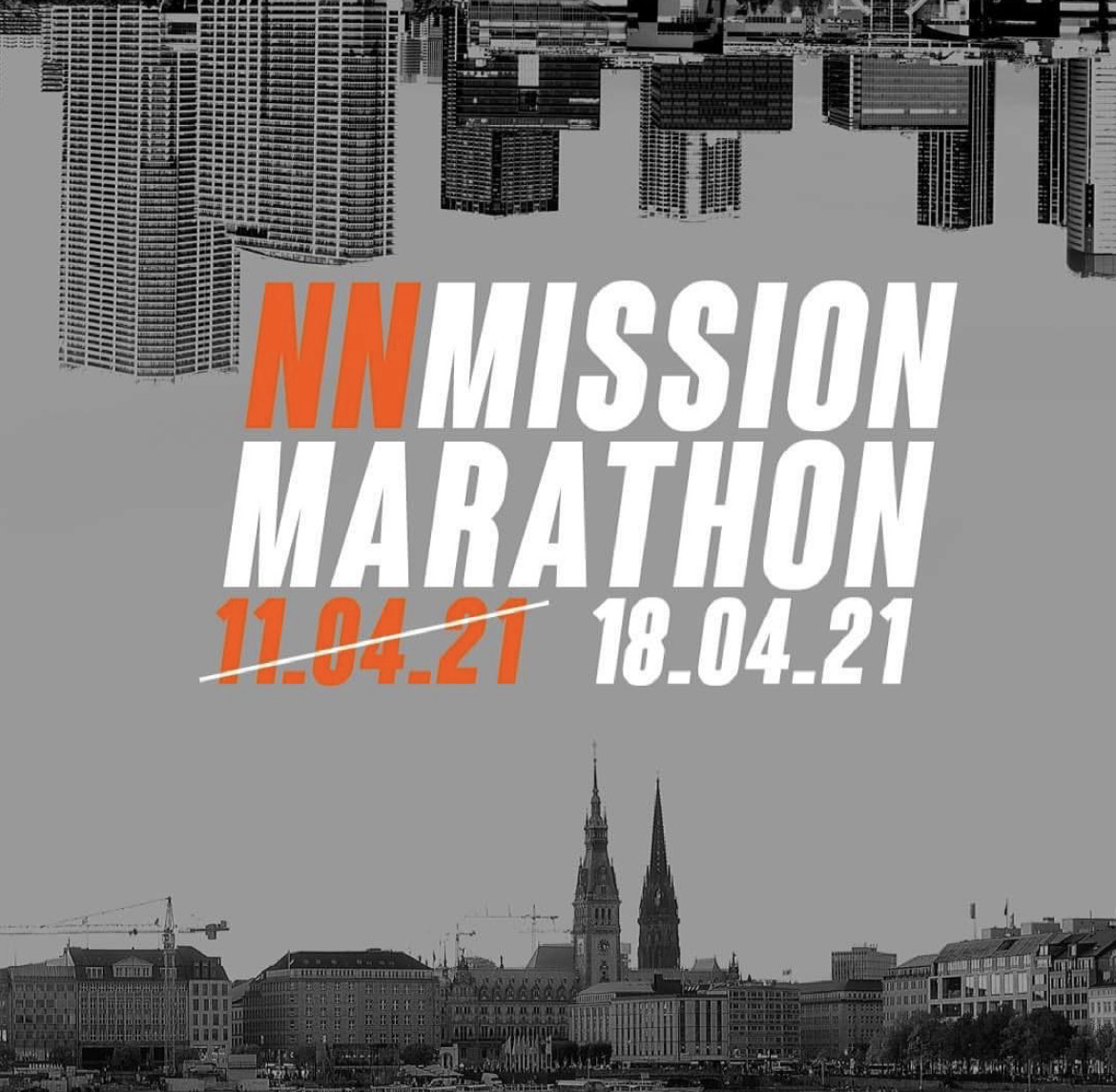
Thaleiser said he and the other organizers owe this race to the more than 70 athletes who were set to run in Hamburg. For Kipchoge, the race represented a chance to prove he’s still the man to beat going into the Tokyo Olympics, but for other runners, this was perhaps their last opportunity to qualify for the Summer Games. If the race cannot go ahead, many runners will have to scramble to find another competition before the summer.
(04/02/2021) ⚡AMP
by Running Magazine
Race against time for Irish athletes to qualify for Tokyo Olympic marathon
With spring marathons abandoned due to Covid, handful of elite races offer last chance
Aoife Cooke from Cork after winning the women’s category in the 2019 Dublin Marathon (photo). She is targeting the elite-only Wrexham marathon in Wales on April 25th in her bid to qualify for Tokyo.
Irish athletes are facing a race against time and opportunity in their quest to qualify for the Tokyo Olympic marathon, the worry being not just where to run, but whether that run will even happen.
With the normally busy spring marathon calendar effectively abandoned for another season due to Covid-19 – London, Boston and Paris among those postponed to the autumn – a handful of elite-only races present the last chance before the qualification cut-off date of May 31st, given the nature and distance of the event that’s fast becoming a sprint.
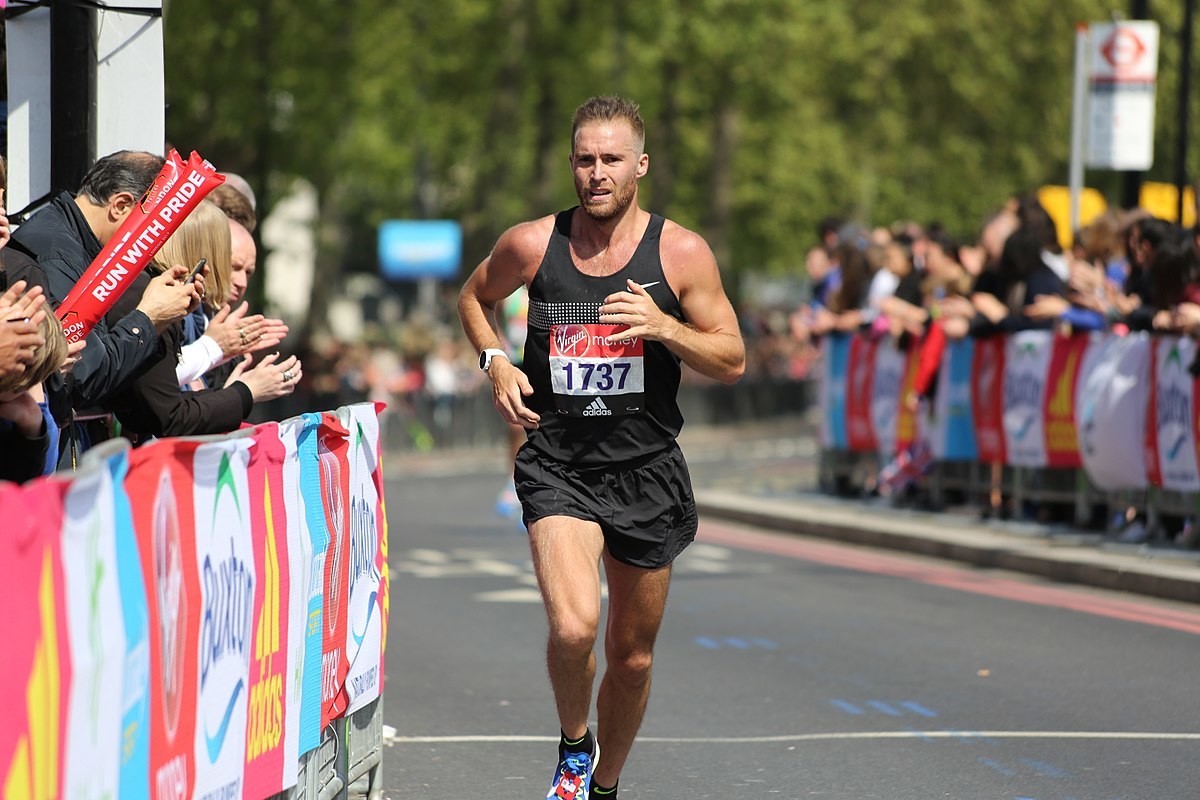
Three Irish men – the full quota per event – have already achieved the qualifying standard, although they are not yet officially selected. Stephen Scullion, Kevin Seaward and Paul Pollock all hit the necessary mark over a year ago, unlikely, it seems, to be ousted by a faster time at this point.
Fionnuala McCormack remains the only Irish woman qualified, in line for her fourth Olympics, after she ran 2:26.47 in the 2019 Chicago marathon. McCormack gave birth to her second daughter in December, and has now resumed full training in the build-up to Tokyo.
Two more Irish women still have Tokyo very much in mind, and are targeting the elite-only Wrexham marathon in Wales on April 25th. Aoife Cooke won the national title that came with being the top Irish woman in the 2019 Dublin Marathon, clocking a personal best of 2:32:34. That moved her from 55th to fifth on the Irish all-time list, and within touching distance of the Tokyo standard of 2:29:30, with possibility also of still qualifying via the ranking quota.
Best shot
The 34-year-old from Cork was all set to race the Vienna marathon this time last year, before that fell victim to Covid-19, and, despite the long and uncertain wait, is for now on course at least to give Tokyo her best shot in the unlikely surrounds of the seven-lap course in Wrexham.
Also running in Wrexham is Ann-Marie McGlynn, who improved her best to 2:32:54 in Dublin in 2019, and then ran 2:35:41 in Valencia last December. Mick Clohisey is also down to run in the Welsh event, the 2016 Olympic marathon representative eying the men’s standard of 2:11.30, which will require some improvement on his best of 2:13:19.
Of the three Irish men’s qualifiers already, Stephen Scullion is the fastest, thanks to the 2:09:49 he clocked at the elite-only London Marathon last October, over two minutes faster than his previous best, and 11th best in a strictly elite field of the world’s finest marathon runners.
While Scullion’s time was actually outside the Tokyo qualifying window (suspended between April 5th and November 30th, 2020), it stands as the fastest official Irish marathon. John Treacy’s Irish marathon best is still considered the 2:09:15 he ran when finishing third in Boston back in 1988, although for world record purposes Boston is considered a slightly downhill course, and therefore not deemed eligible, according to World Athletics.
Ratified
Although ratified at the time, Treacy’s only other sub-2:10 was the 2:09:56 he ran when winning silver at the LA Olympic marathon back in 1984. Scullion was just inside that in London, his 2:09:49 bettering his own 2:11:52 run in fifth place in Houston back in January (also his official Olympic qualifier by virtue of a top-five finish in a Gold Label marathon such as Houston).
Kevin Seaward put himself first in line for selection after clocking a lifetime best of 2:10.10 at the Seville marathon, in February 2020; Paul Pollock clocked his qualifier in December 2019, in the Valencia marathon, a new personal best of 2:10.25, and also inside the automatic Tokyo time.
That marathon – and race walking events – will be taking place in Sapporo, 800km north of Tokyo, after the International Olympic Committee (IOC) deemed the conditions there to be less gruelling come the height of the Japanese summer.
(04/02/2021) ⚡AMPTokyo 2020 Olympic Games
Fifty-six years after having organized the Olympic Games, the Japanese capital will be hosting a Summer edition for the second time, originally scheduled from July 24 to August 9, 2020, the games were postponed due to coronavirus outbreak, the postponed Tokyo Olympics will be held from July 23 to August 8 in 2021, according to the International Olympic Committee decision. ...
more...Professor hosts new virtual COVID Marathon to help community beat pandemic stress
When Lori Koban, a math professor at the University of Maine at Farmington, had to start working from home last March, she was happy to still be helping her students, but like many people, she was concerned about the negative impacts it would have on her physical, mental and emotional health. She decided to do something big and hosted two virtual marathons in 2020, and is repeating her success next month, April 12-18, 2021.
“I teach Actuarial Science at UMF where students can learn to become actuaries who help businesses manage risk,” said Koban. “Two years ago, I knew I had to make some personal changes of my own when my life insurance company determined my health status wasn’t up to par. One thing I did was start running, and I didn’t want Covid to derail my progress.”
In April 2020, she started a COVID-19 Marathon Week event for anyone who wanted to join. The goal was to purposefully move forward 26.2 miles in 7 days. She knew how much running was helping her and she wanted to share the idea with others to help them find purpose and healthy activity during that stressful time.
Each morning she put a short running-oriented video on her Facebook event page, and under it every participant logged their mileage for that day. She hoped 10 people would participate. To her surprise, 95 people joined from Farmington and around the state, and Florida, Massachusetts, Connecticut, North Carolina and more.
“I was thrilled,” said Koban. “I am not the typical runner that most people think of. I run intervals, currently running five minutes, walking one minute, and a 13-minute mile means I’m having a really good day. I just wanted to encourage people to move, whether it be running or walking or interval running or speed walking, and experience the benefits.”

The event was so successful, Koban created a three-week COVID Marathon 1-2-3 event to help propel participants through the COVID phases in the state of Maine, one phase during each of May, June and July. Everyone who completed the event had their names entered into a drawing for fun prizes.
“Lori’s Covid marathon provided just the motivation I needed to do something outside my comfort zone,” said Morgan Leso, school counselor and UMF alumna. “Having a personal goal, such as completing a marathon helped me concentrate on doing something challenging instead of focusing on things I can’t control. Participating with so many people supporting each other was such a community effort. Her marathon challenge underscored the fact that we are all in this together.”
Now, after receiving even more inquiries, she is running a final COVID related event titled Goodbye COVID Marathon Week.
It will be held April 12 – April 18, 2021, precisely one year after the first marathon week, and she welcomes anyone to participate.
(04/02/2021) ⚡AMPNew research shows that you may prevent age-related decline in your race times with consistency and motivation
No matter how long you’ve been running and how many miles you log each week, it’s not uncommon to see your race times start to slow as you age. However, runners who can finish a marathon in under three hours showed reduced age-related decline in performance, according to a new study in Frontiers in Physiology.
The question on all of our minds: Do these findings apply to those of us who aren’t lining up in at the front of the field?
Researchers analyzed the marathon performances of 40 runners who have hit that sub-3 mark in five consecutive decades. The group consisted of 39 men and one woman, 1984 Olympic gold medal winner Joan Benoit Samuelson.
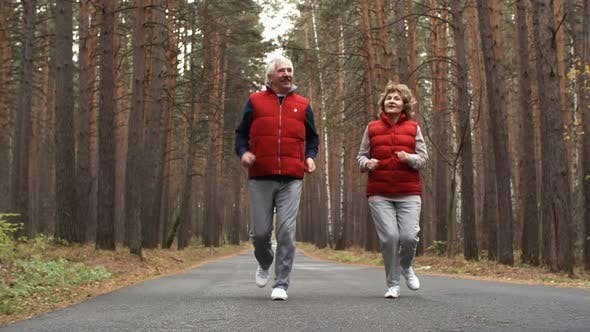
The researchers concluded that, with consistent training and racing regimens, it is possible to limit significant performance drops, at least until age 60. And although Samuelson was the only woman in the study—she’s the only woman to have achieved this mark, after all—Lepers said there’s no reason the results should not be true for female runners in general.
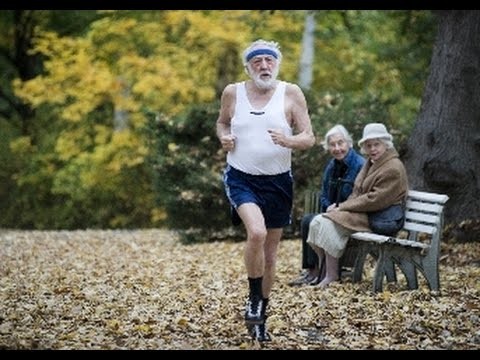
“The takeaway message could be that it is possible to limit the age-related decline in performance to less than 6 percent per decade, at least between 35 to 60 years old, if you keep training hard and stay motivated for that,” study co-author Romuald Lepers, Ph.D., a professor at the Université de Bourgogne-Franche Comté in France, told Runner’s World.
While the researchers still need to learn more about the running economy, specific training regimens, and recovery time of these top runners that make their performance so unique, Lepers believes their motivation is at the heart of their achievements.
“In the end, it all comes down to motivation. No one can perform at a top level without the motivation to train and race hard. They might be chasing personal records, or maybe world records. But they need very high motivation,” he told Podium Runner.
In terms of whether the results might also hold for runners with slower race times—say, a sub-4 marathon—Lepers said too many people are in that category to perform a full study. However, he would expect that whatever level you might be at as a runner, keeping your training volume and intensity strong could limit age-related decline in performance to less than 10 percent per decade.
(04/01/2021) ⚡AMPby Runner´s World
Austin Marathon excited to announce its partnership with Siete Family Foods
Leading up to the 2021 Austin Half Marathon, Ascension Seton Austin Marathon presented by Under Armour is excited to announce its partnership with locally owned and operated Siete Family Foods.
The Austin-based company, which has quickly become the leading health-conscious Mexican-American food brand on the market, is donating 7,500 bags of their grain-free Sea Salt Tortilla Chips for the marathon’s post-run goodie bags. They’ll also provide healthy snacks for event volunteers. The Austin Half Marathon, owned and produced by High Five Events, will take place on April 25, 2021.

Founded in 2014, Siete Family Foods is a family-owned and operated company that is passionate about making real food that inspires inclusivity and brings families together around the table. They’re on a mission to share the heritage-inspired flavors and traditions that brought the Garza family together on their journey to health. In addition to helping celebrate this year’s runners at the finish line, Siete will provide an array of their flavorful, heritage-inspired, grain-free snacks to all event volunteers.
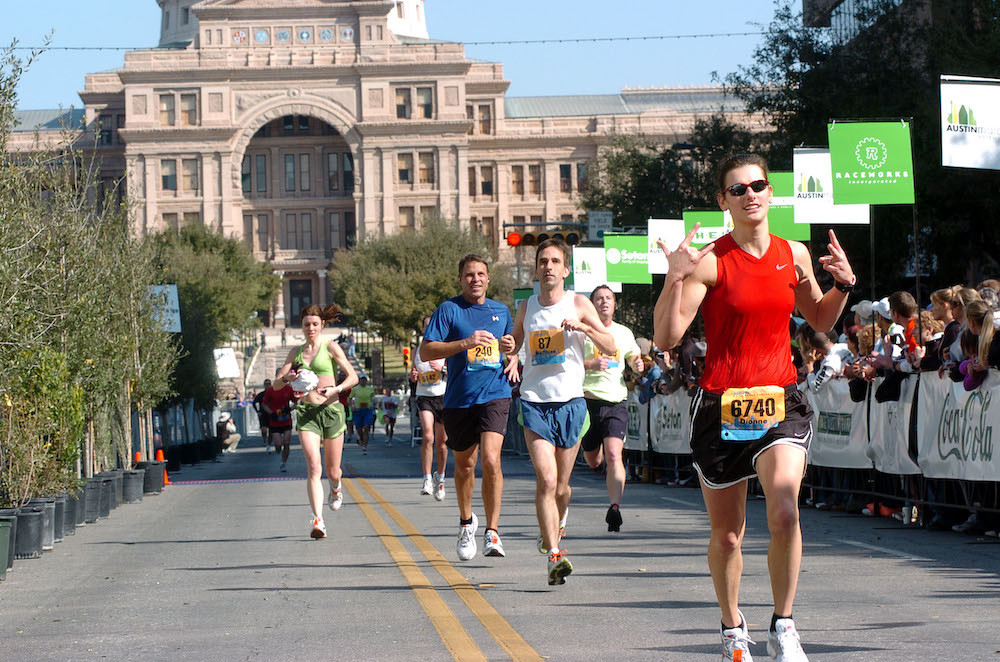
The post-run goodie bag pickup process will be touchless and in conjunction with the COVID-19 Mitigation Plan. Like most of Siete’s products, the chips included in the goodie bags are grain-free, dairy-free, and gluten-free, and made with better-for-you ingredients like coconut flour, avocado oil, chia seeds, and sea salt.
“Cultivating community is at the heart of our family and company,” said Veronica Garza, Co-Founder, President, and Chief Innovation Officer, of Siete Family Foods. “We are proud to partner with the Austin Marathon, an event that brings our community together with a shared purpose of giving back and staying active.”
“We’re proud to partner with Siete because many of their values align with ours, like helping others lead healthier lifestyles," said Jack Murray, co-owner of High Five Events. "Participants will love crossing the finish line, opening their goodie bag, and seeing a bag of Siete’s healthy chips."
Online registration is currently available. The in-person and the virtual options both have a maximum capacity set in the COVID-19 Mitigation Plan. The event has already surpassed 65% of the capacity based on current registrations. The event is expected to sell out.
(04/01/2021) ⚡AMPAustin Marathon Weekend
The premier running event in the City of Austin annually attracts runners from all 50 states and 20+ countries around the world. With a downtown finish and within proximity of many downtown hotels and restaurants, the Austin Marathon is the perfect running weekend destination. Come run the roads of The Live Music Capital of the World where there's live music...
more...All Sport activities suspended in Kenya as Government aims to tackle COVID-19 spike
Kenyan President Uhuru Kenyatta has suspended all sporting activities in the country as part of efforts to control the spread of COVID-19.
Kenyatta confirmed a raft of new measures yesterday during a televised address, amid a spike in cases.
The Kenya President said the county had 4,380 confirmed COVID-19 cases on January 20, but that the figure had surged to 15,916 on March 22.
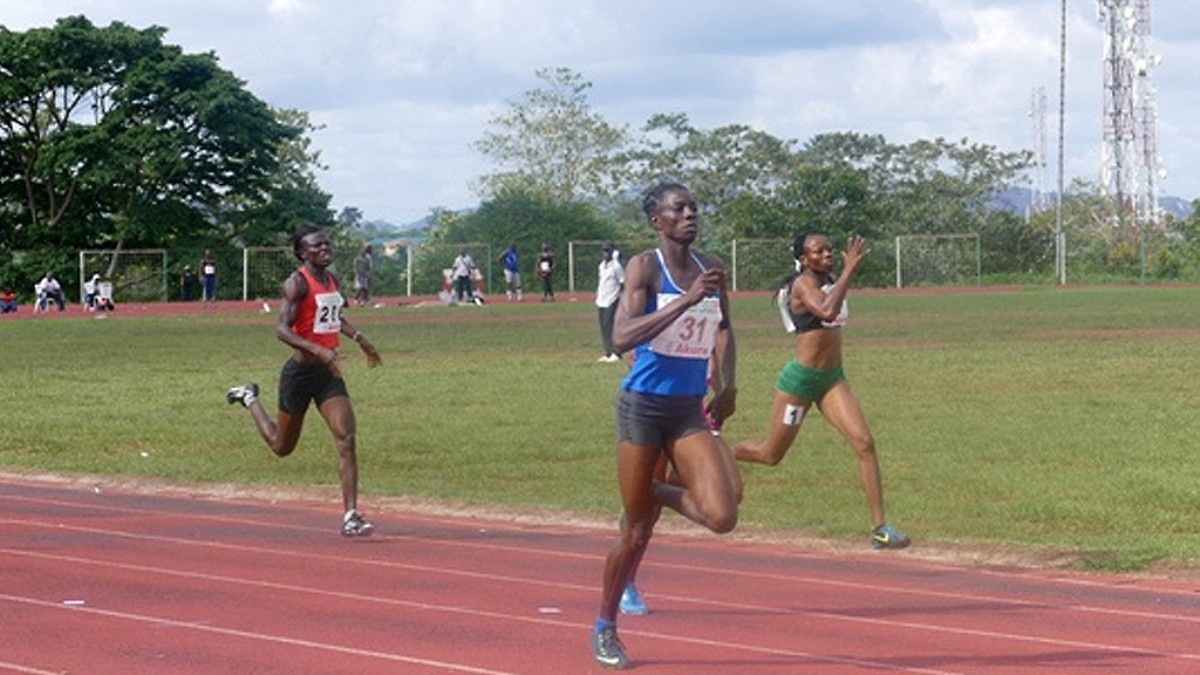
He warned that Kenya was facing a third wave of COVID-19, with the rate of infection having risen from 2.6 per cent in January up to around 22 per cent now.
Kenyatta announced new lockdown measures with a particular focus on high-risks areas, including the capital city Nairobi, as well as Kajiado, Machakos, Nakuru and Kiambu.
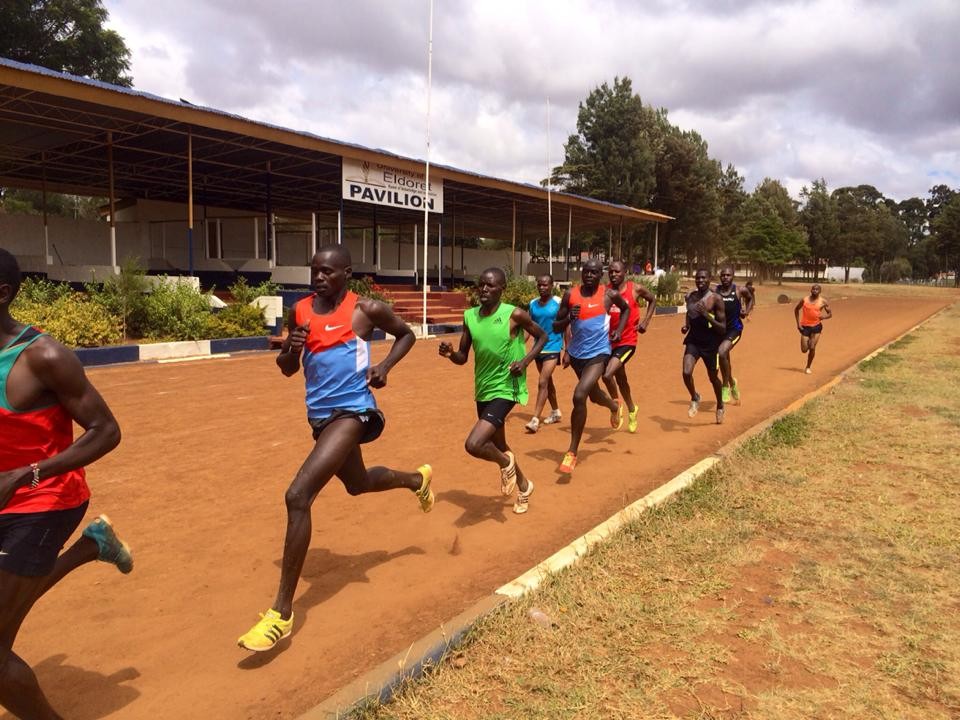
The new measures included the suspension of all sporting activities and in-person schooling in the country.
Kenyatta added that people over the age of 58 would be prioritised during the first stage of COVID-19 vaccinations in the country.
"Whereas the foregoing measures will have adverse effects on the economy and constrain our usual way of life, the measures are temporary and necessary to contain the spread of the disease and therefore stop further loss of lives," Kenyatta said.
"I am convinced that the cost of not acting now would be far greater."
The suspension of sporting activities in Kenya could have a major impact on athletes preparing for the rescheduled Tokyo 2020 Olympic and Paralympic Games.
It is unclear whether the Kenyan Government could issue exemptions for athletes preparing for the Games.
Kenya Rugby Union chairman Oduor Gangla has confirmed the organisation has suspended its Kenya Cup league due to the restrictions.
Kenya's men's and women's rugby sevens teams, however, are not based in the country at this time.
The teams are set to take part in the Emirates Invitational 7s event in Dubai, which will take place in April and serve as a warm-up event for teams competing at Tokyo 2020.
(03/31/2021) ⚡AMPby Michael Pavitt
Eliud Kipchoge must wait to return as Hamburg race postponed
Initially, the NN Running Team in conjunction with Global Sports Communication had scheduled the race for April 11, but had to postpone it by a week due to the deadly coronavirus.
“The NN Mission Marathon race in Hamburg will be postponed to April 18. Due to the current local Covid-19 situation, the organisation is also forced to find an alternative location for the race," read the statement.
World marathon record holder Eliud Kipchoge was set to take part in the race alongside former Olympic marathon champion Stephen Kiprotich from Uganda. Others who will run include Jonathan Korir, Laban Korir, Augustine Choge, Gladys Chesir and Ethiopia's Haven Hailu.
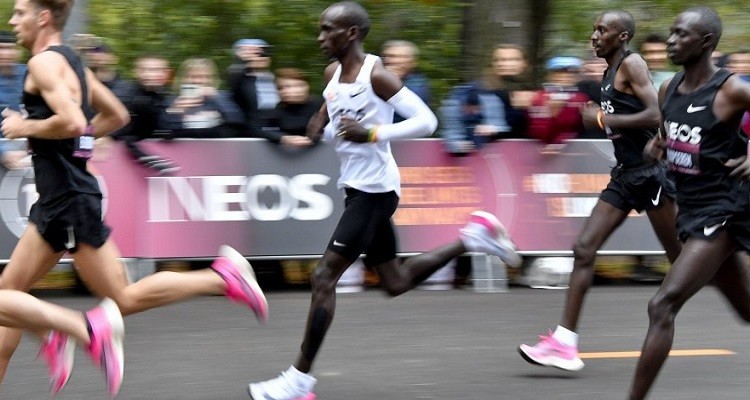
“The NN Mission Marathon in Hamburg will be postponed to April 18. Over the past months we have learned that we need to be flexible and stay positive. With this in mind, I thank everybody involved, keep working hard with positive minds to find a good alternative," posted Kipchoge on Twitter Wednesday.
Kipchoge is using the race as part of preparations ahead of the Tokyo Olympic Games where he is set to defend his Marathon title.
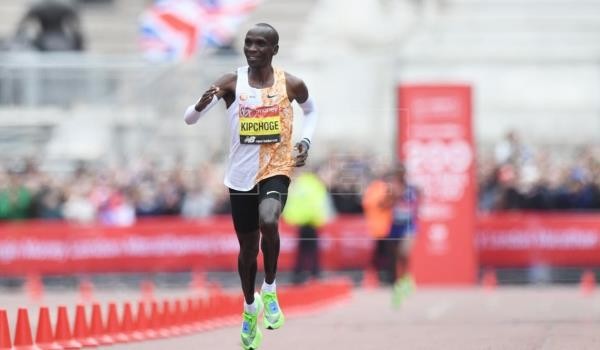
In an earlier interview, he stated that his training has been going on well and is looking forward to run a race that is going to inspire the world at this hard time.
“I want to run a beautiful race to inspire the world which is in huge transition into the bright future after a long break due to the pandemic. It feels good to be back where I started my marathon career, it’s the greatest memory in my life,” he said.
Last week, the team released names of the pacemakers for the race led by Victor Chumo and Philemon Rono.
Other pacers include Philemon Kacheran, Gideon Kipketer, Noah Kipkemboi, Paul Pollock, Victor Kiplangat, Alex Kibarus, Jackson Kiprop, Moses Koech, Sylvester Kiptoo and Bernard Cheptoch.
The traditional annual Hamburg marathon, which was postponed in 2020 due to the pandemic, is scheduled to take place on September 12.
(03/31/2021) ⚡AMPby Bernard Rotich
Tokyo 2020 is set to resume test event with spectators planned for athletics in May
Tokyo 2020 is set to resume test events for the Olympic and Paralympic Games, with organizers hopeful of inviting overseas competitors and domestic spectators to an athletics competition in May.
Sport climbing's test event at the Aomi Urban Sports Park was the last to be held in March last year, prior to the COVID-19 pandemic which ultimately forced the postponement of the Games to 2021.
Organizers plan to hold 18 test events prior to the rescheduled Games, with 17 based in the Japanese capital.

Sapporo will host the marathon test event on May 5.
Several of the test events will be operational, while others will be held under the "Ready, Steady, Tokyo" banner.
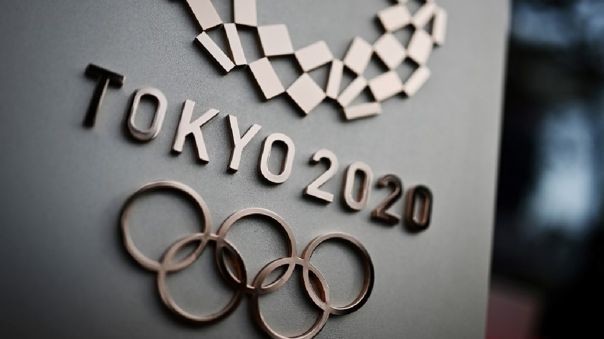
Test events will officially resume on April 3 and 4, with organizers conducting an operational test for wheelchair rugby at the Yoyogi National Stadium.
Water polo, diving, rugby, swimming and cycling test events are also planned to take place in April, with the May schedule including volleyball, artistic swimming, gymnastics, athletics, skateboarding, 3x3 basketball and shooting.
Tokyo 2020 said the Organizing Committee would be in charge of 14 of the test events.
The International Swimming Federation will oversee the artistic swimming, diving and water polo test events, with World Athletics in charge of the marathon event in Sapporo.
Tokyo 2020 Games delivery officer Hidemasa Nakamura suggested the four events run by International Federations could potentially include athletes from overseas, while the attendance of fans may also be possible.
Nakamura confirmed the athletics test event on May 9 will be the only event run by Tokyo 2020 to feature both overseas athletes and local spectators.
The test event will take place less than 12 weeks before the New National Stadium is due to stage athletics at the rearranged Olympics, which are due to open on July 23.
The stadium can have a capacity of 68,089 when used for athletics, with the test event likely to offer information to organizers over the feasibility and potential number of spectators that can be present during the Olympics and Paralympics.
"For athletics and the marathon we are thinking about having spectators and overseas athletes will be invited so we can have comprehensive measures tested," Nakamura said.
"During the athletics test events we will have to collect information so we can make decisions."
Nakamura added that the test events will be smaller and more focused on the operational requirements of the sports.
(03/31/2021) ⚡AMP
by Michael Pavitt
Tokyo 2020 Olympic Games
Fifty-six years after having organized the Olympic Games, the Japanese capital will be hosting a Summer edition for the second time, originally scheduled from July 24 to August 9, 2020, the games were postponed due to coronavirus outbreak, the postponed Tokyo Olympics will be held from July 23 to August 8 in 2021, according to the International Olympic Committee decision. ...
more...Double world indoor 800m champion Collins Kipruto thinks the new Covid-19 measures will negatively affect athletes preparations for international events
Kipruto says the new Covid-19 measures requiring athletes to train individually will negatively affect their preparations for local and international events.
Kipruto said training in a group prepares athletes psychologically and provides them with a hint of what to expect in a competitive setting.
"We usually prefer training together because we can motivate one another and push ourselves to give the best. By training in a group, you are able to gauge your level of fitness and performance vis-a-vis your training partners. You are also able to fine tune your tactics in readiness for the competition," Kipruto said.
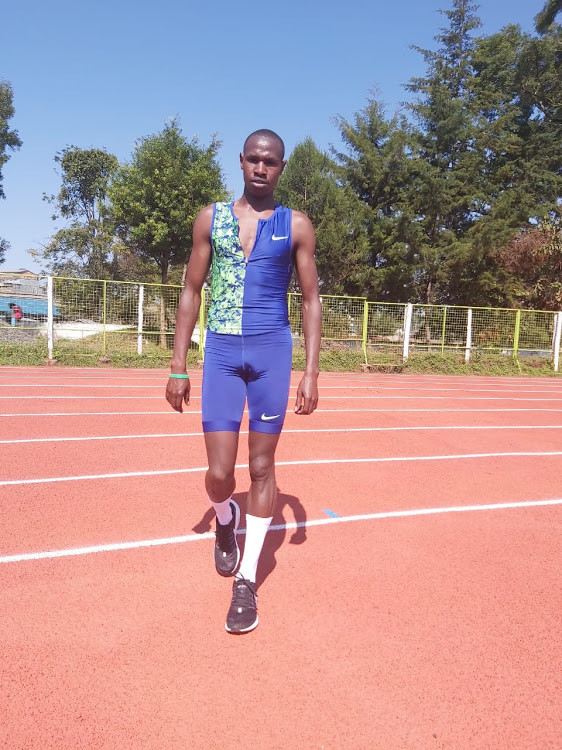
Kipruto, who is currently hard at work in Nyahururu, revealed he has had to adapt his training regime due to the present circumstances.
"The positive thing about the current situation is that the camp has not been closed down so we are able to continue training. There are not many of us in Nyahururu, which makes it easier for us to adhere to the measures. I am in good shape and mentally ready for the upcoming competitions. I hope these new restrictions won't last long so we can get some competition under our belts," he said.
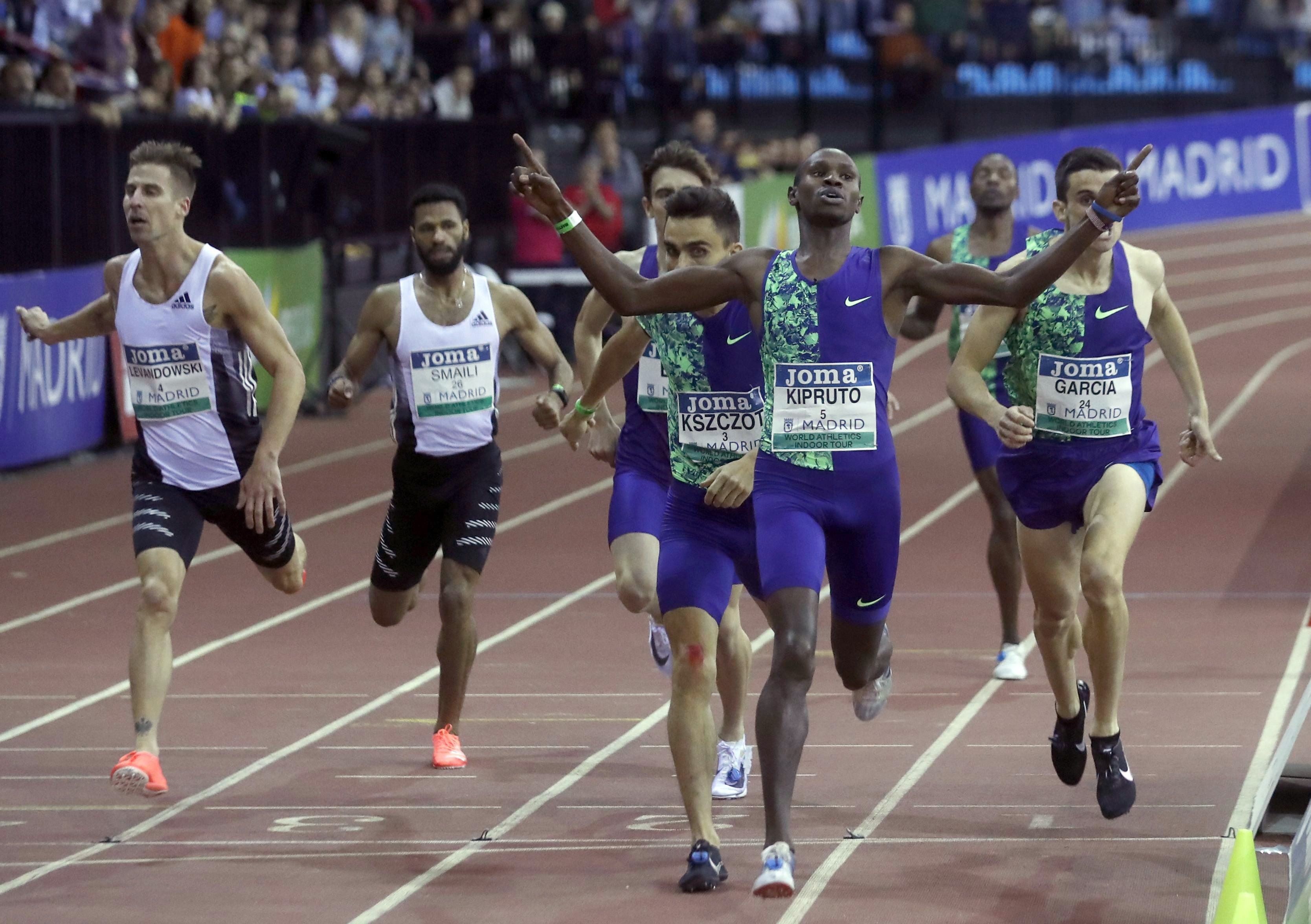
On Sunday, Athletics Kenya postponed all upcoming athletics events in the country and directed all athletes to train individually rather than in groups to maintain physical distancing.
This was after President Uhuru Kenyatta suspended all sports activities countrywide as part of new, tough restrictions to mitigate the third wave of the coronavirus pandemic.
(03/31/2021) ⚡AMPby Omondi Onyatta
Japan gives hope to runners and organizers worldwide, 4704 runners arriving safely home from Nagoya and no covid cases
The Nagoya Women’s Marathon 2021, the largest women’s marathon in the world and a World Athletics Platinum Label road race, was held on Sunday, March 14, 2021 as the first mass participation road race to be held in Japan since the Covid-19 pandemic started. From top elite athletes to general runners, a total of 4,704 women runners participated in the race and had a joy of running on the city streets of Nagoya. Another 4,052 ran the accompanying half marathon.
To prevent the spread and transmission of Covid-19, various measures were taken at all event sites throughout the event period. We established the Covid-19 Control Office with medical professionals, local governments of the City of Nagoya and Prefecture of Aichi, and the Japan Association of Athletics Federations (JAAF) within the Marathon Organizing Committee, and formulated and implemented an infection control plan in accordance with the JAAF’s Guidance on Resumption of Road Racing and advice from medical experts and local government officials. We would like to share some of the key measures as below.
At Race Entry
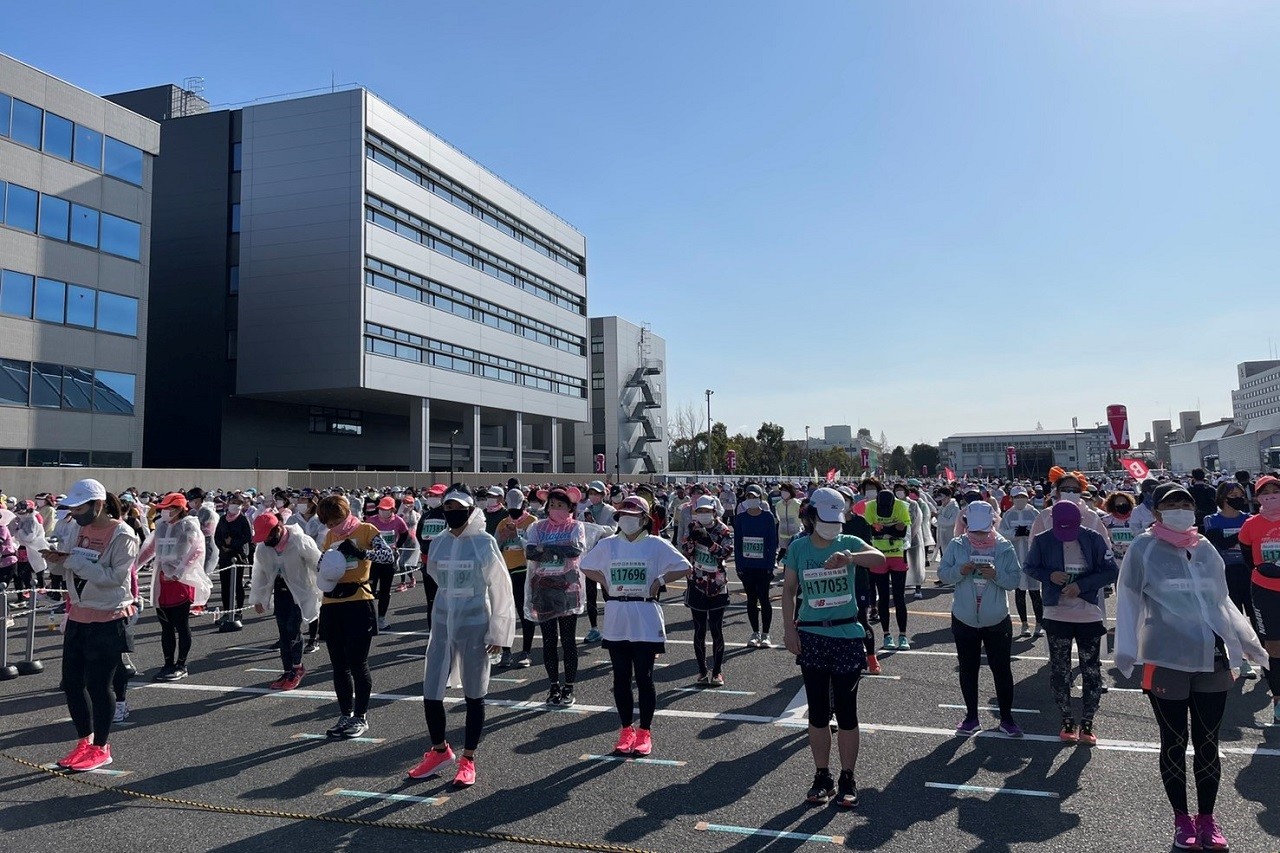
The field was reduced from 22,000 to 11,000 (domestic residents only) at the time of race entry An option was given to all registered participants to switch from in-person racing to virtual racing after a state of emergency was declared by the Japanese government in Aichi Prefecture in January 2021. The state of emergency was lifted on February 28, 2021, and the Nagoya Women's Marathon 2021 was held with the 5,000 participants who chose to run the in-person race. Runners residing outside Japan were accepted at the virtual race due to the international travel restrictions.
Protocols for All
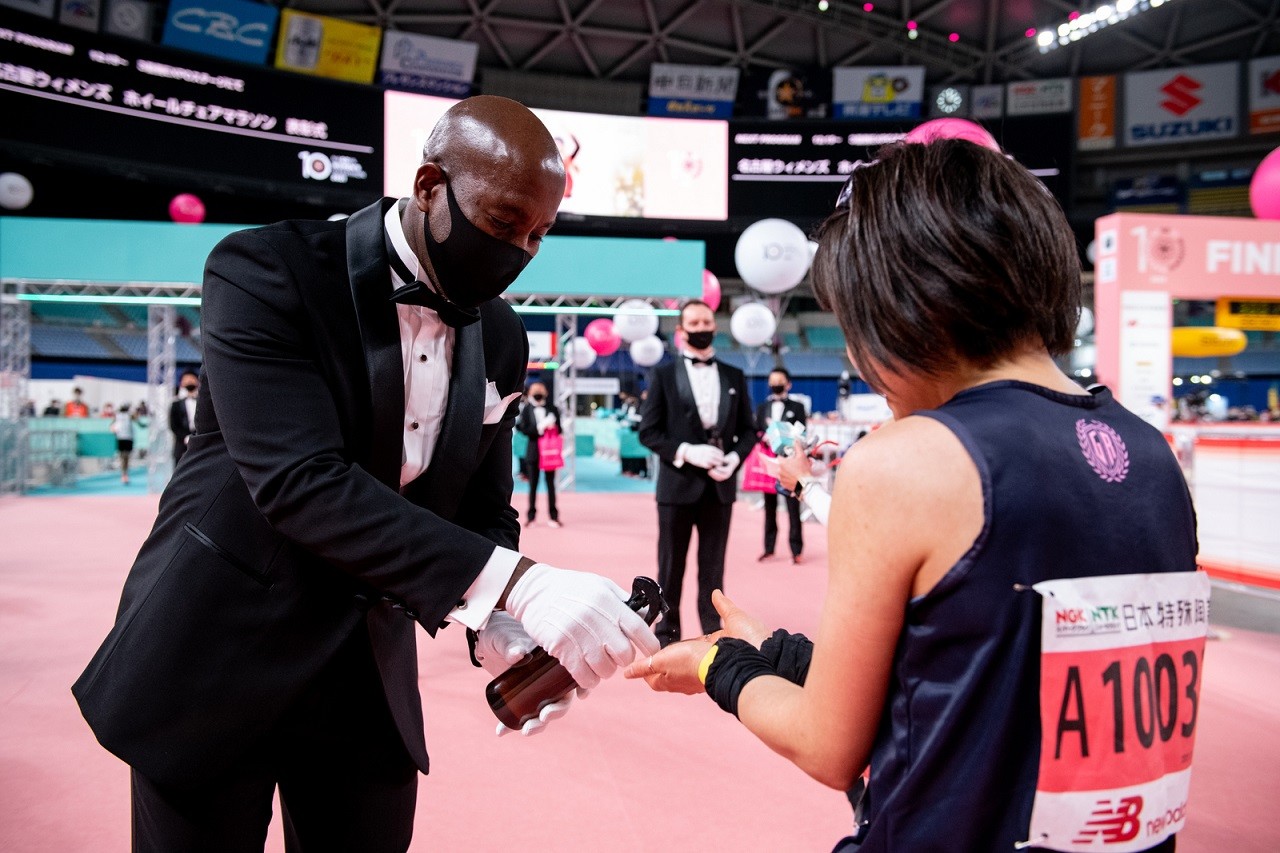
Wear masks at all times (except for runners during competition). Sanitize hands frequently (on arrival, after finish, before and after using the toilet, etc.). Check temperature at home and on arrival (Anyone with a fever of 37.5 degrees Celsius or higher are refused to participate). Monitor, record and submit health condition and body temperature (via a web form) for 7 days prior to race day. Monitor and report any poor health condition or positive Covid case for 14 days after race day.
At Competition
Runners must wear masks before start. Social distancing at the starting blocks (more than 1 m between runners). Gradual start by each starting block. Covered water at water stations to prevent droplets. Individually packaged food at refreshment stations and hand sanitization before taking them. Hand sanitization and face masks distributed after finish. Social distancing at the dressing area and limited use to 15 minutes.
Crisis Management
Establishment of a crisis management plan for potential scenarios. A private emergency vehicle was stationed for transport of suspected Covid-19 patient.
Course Management
Public announcement on TV and newspapers to discourage cheering and spectating along the roadside.
It has been more than two weeks since the race day, but thankfully we have not received any report of infection or suspected case as of March 29. This year’s race was an extremely challenging event to prepare and coordinate for the realization. We have nothing but deep and sincere gratitude for runners for participation, and volunteers, sponsors and all the concerned personnel for their support. We wish your good health and the earliest possible arrival of end to the pandemic.
(03/31/2021) ⚡AMPNagoya Women's Marathon
The Nagoya Women's Marathon named Nagoya International Women's Marathon until the 2010 race, is an annual marathon race for female runners over the classic distance of 42 km and 195 metres, held in Nagoya, Japan in early March every year. It holds IAAF Gold Label road race status. It began in 1980 as an annual 20-kilometre road race held in...
more...How to run up and down hills properly
Whether you’re a runner who chooses to embrace hills or curse them, learning to run them well can make you stronger and more efficient.
Understanding how to tackle hills physically and mentally is a skill that can be improved with time and focus. Downhill and uphill running each have their own set of challenges, but improving your technique can go a long way toward making both a better experience.
DOWNHILL RUNNING
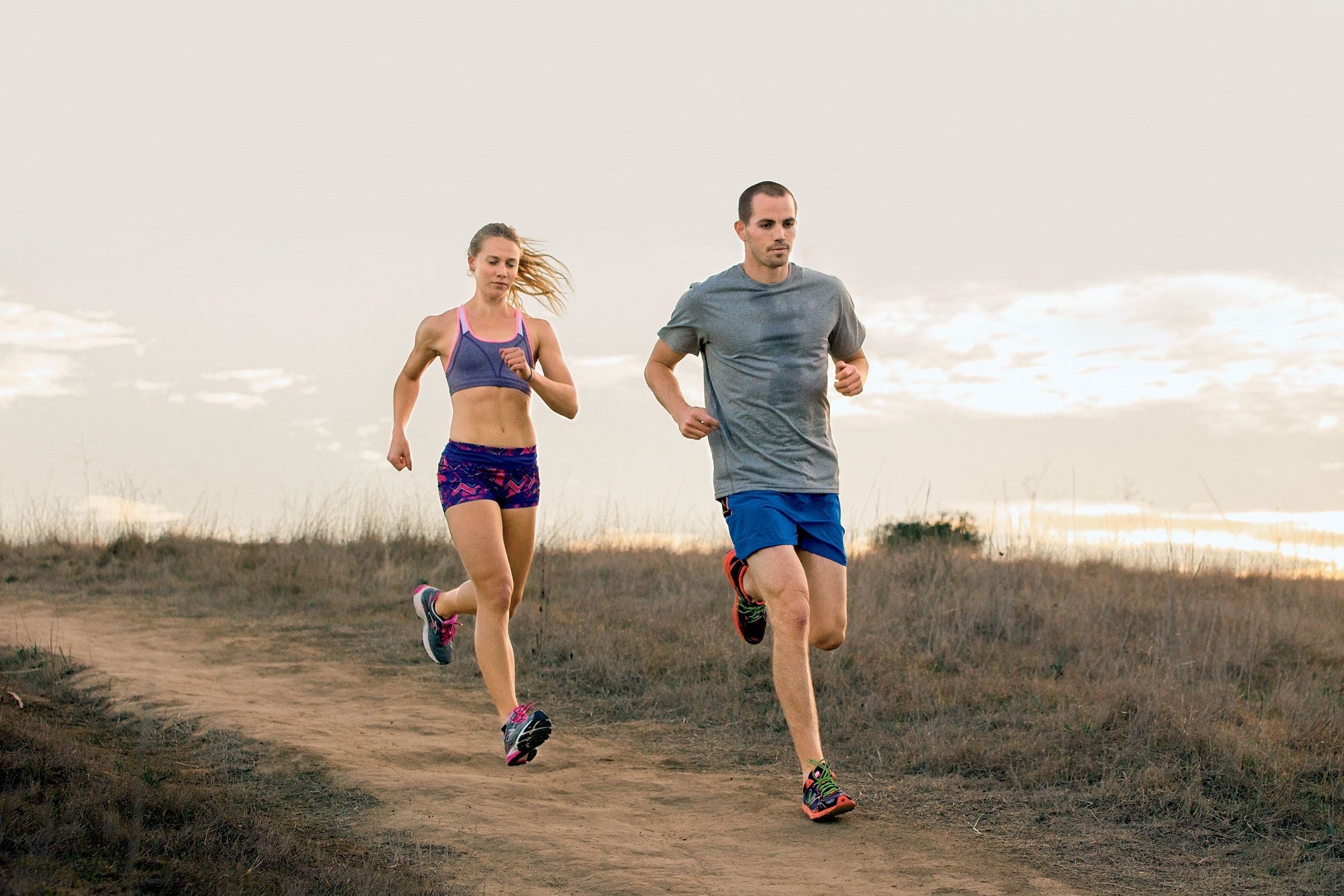
While downhill running may seem the easier option of the two, long or steep descents can be taxing and leave you with a nasty case of DOMS (delayed onset muscle soreness) if you’re not prepared. If you have an upcoming race with a lot of descent, it’s essential to practice running downhill. Focusing on form and turnover and relaxing into the hill helps you improve your downhill running and keeps your quads happier.
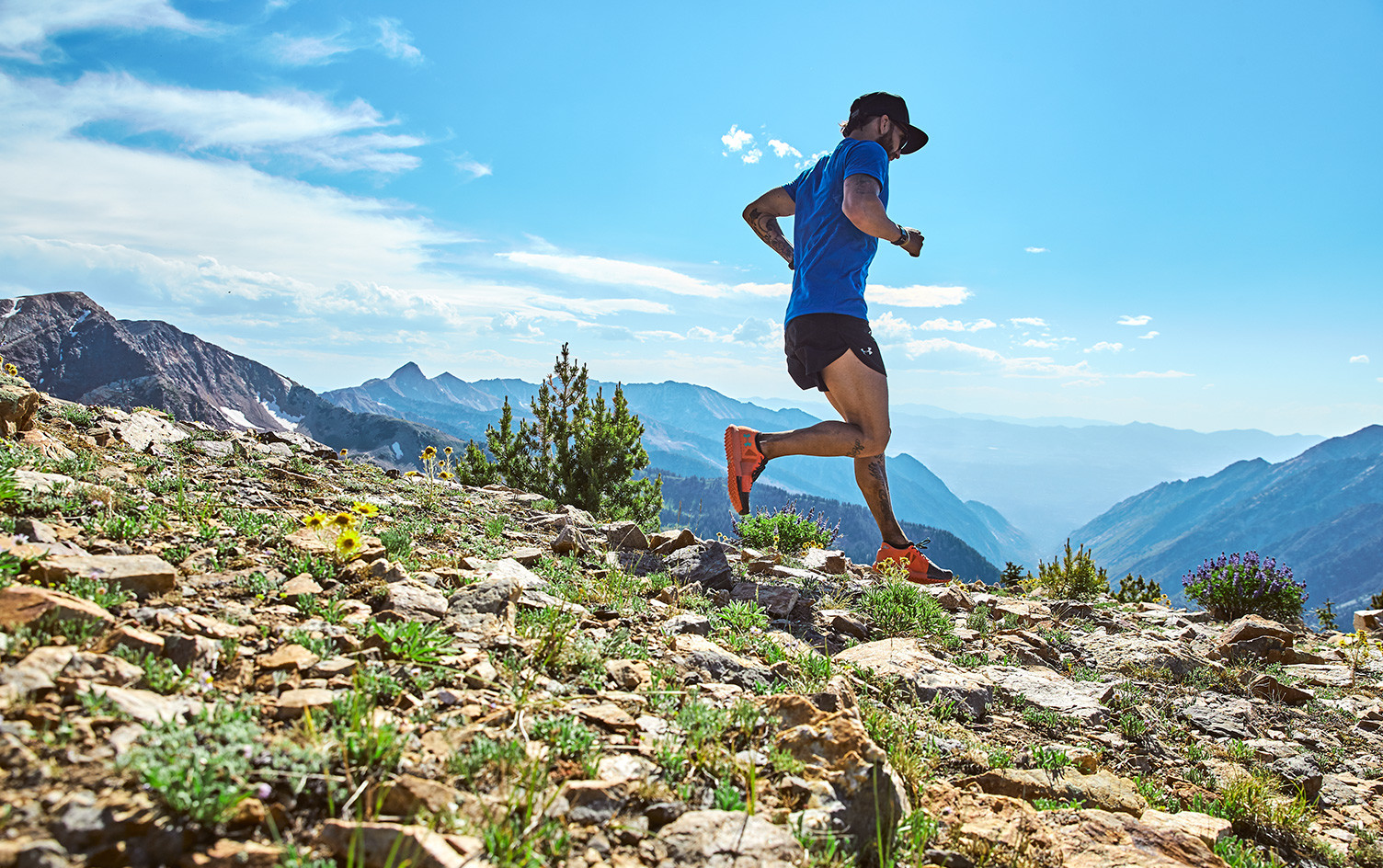
FOCUS ON FORM
When running downhill, it’s essential to let your core do some of the work rather than just your legs. If you’re not already doing core and strength training in addition to your running, now is the time to get started. While it’s tough to actively think about engaging your core while running downhill fast, shifting your gaze helps put your body in a position to make you more efficient.
Think about focusing your gaze further down the hill (at least 6–8 feet) rather than staring downward at your feet. This can be a tough habit to break, especially if you’re on a technical trail, but looking ahead allows your body to stretch up taller and engage the muscles in your core to help support you more effectively.
PRACTICE QUICK TURNOVER
The steeper the hill, the easier it is to forget about form altogether and either bomb or brake down the hill while overstriding and pounding your heels into the ground. Instability and poor form can leave you at risk for excessive soreness and eventually lead to injury. When you’re running downhill, think about keeping your stride short and increasing your cadence. Try to land lightly and keep your feet moving. A mid- to forefoot landing is ideal and happens more naturally as you run tall and actively think about your feet landing underneath you rather than out in front of you.
RELAX AND FLOW
While the idea of “relaxing into the hill” is more of a mental technique than a physical one, this concept can help in both areas. Try to keep your breathing steady and rhythmic, allowing your legs to follow that rhythm. Even if you don’t feel very light on your feet, think about “dancing lightly” down the hill with quick, efficient steps and a relaxed body to make the experience more enjoyable. Once your brain latches onto this image, your body begins to follow!
UPHILL RUNNING
Running uphill is as much of a mental challenge as a physical challenge, but hills make you a stronger runner when including them as a regular part of your training routine.
“STAND TALL”
Runners often feel they should “lean into the hill” as they are running up it. While your body should have a slight forward lean, this cue can encourage runners to lean excessively from the waist which makes your uphill running less efficient. As you run up a hill, continue to think about staying long and tall. Similar to downhill running, keep your eyes focused ahead of you toward the top of the hill. This helps reduce your natural inclination to look downward and hunch over, especially as the hills get steeper.
FOCUS ON THE PUSH-OFF
Good form is just as essential to uphill running, but the techniques vary slightly. Unlike running downhill, you’ll rarely overstride or land hard on your heels. Instead, think about driving your legs back behind you as you run up a hill. You can minimize any wasted side-to-side motion by keeping your arms pumping forward and back, rather than across your body. Use your arms to help drive you forward, but try to keep their swing relaxed as tension can also use excessive energy.
MAINTAIN YOUR EFFORT (NOT YOUR PACE)
This technique is both mental and physical. Trying to maintain an even pace while running up and down long or steep hills will likely be frustrating (or a poor pacing strategy in a race). Running uphill is a great time to focus on effort rather than the numbers on your watch. Maintaining an even effort over the hills on a long route or race allows your paces to balance out naturally and ultimately makes you faster!
(03/30/2021) ⚡AMPby Jason Fitzgerald
2021 Seoul Marathon will be held virtually in May
The 2021 Seoul Marathon, the largest marathon competition in Korea, will be held virtually this year. The 2021 Seoul Marathon, which is co-hosted by the Seoul Metropolitan Government, The Dong-A Ilbo, and Sports Dong-A, and sponsored by the Seoul Sports Council, will be held from May 1 to May 9.
The race will be kept non-contact due to the COVID-19 pandemic. After the 2020 Seoul Marathon was delayed to the second half of the year, it was held both online and offline.
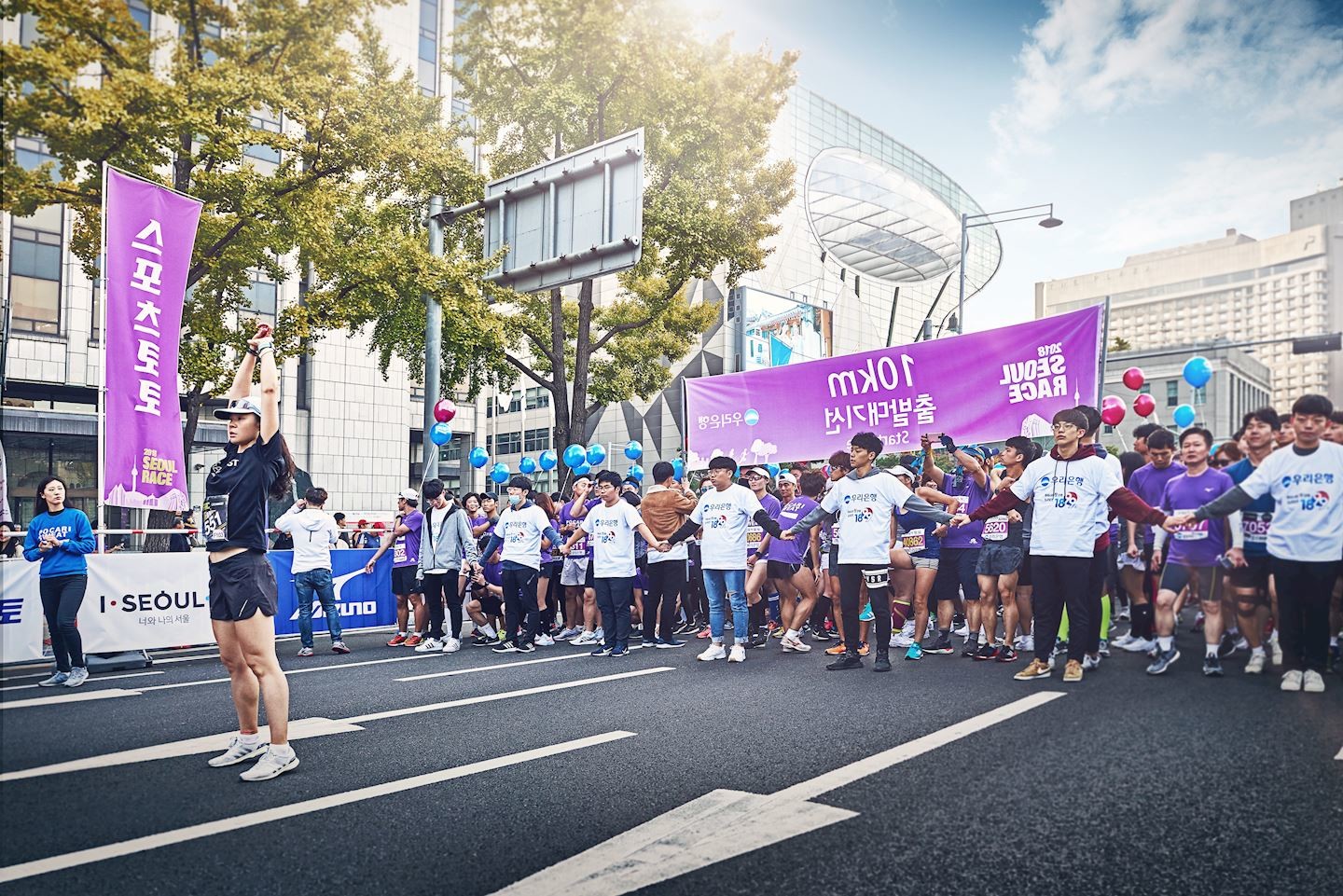
Participants of Seoul Marathon this year will hold a race of their own without restrictions of time and place, using running applications of their choice. Those who have applied for participation will be provided with race information and recommended courses from May 1.
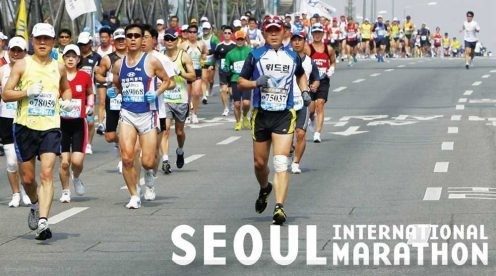
Moreover, 30 ambassadors of Seoul Marathon, who have been selected for the first time, will promote exercise in daily life in time of social distancing by introducing their own stories of running.Those who wish to participate can sign up at www.seoul-marathon.com from 10a.m. on April 12. Up to 15,000 runners will be accepted on a first-come, first-served basis. Once accepted, a package will be sent to participants by courier to help them enjoy their race.
The package will include a lace poncho for warm-up and cool-down before and after the race, a memento t-shirt and a t-shirt celebrating the completion of the marathon by New Balance, and a finisher medal. The participation fee is 30,000 won. To sign up, visit the official Seoul Marathon website at www.seoul-marathon.com.
(03/30/2021) ⚡AMPSeoul International Marathon
The only marathon hosted in the heart of the Korean capital. Seoul marathon is the oldest marathon race hosted in Asia andis one of the fastestmarathon in the world. First held in 1931, Seoul marathon is the oldest marathon eventcontinuously held in Asia, and the second oldest in the world followingthe Boston Marathon. It embodies modern history of Korea, also...
more...Registration for virtual Boston Marathon opens today
Registration opens Tuesday for the 2021 virtual Boston Marathon.
The Boston Athletic Association opens registration at 10 a.m. to the first 70,000 people who register. Rules will require participants to complete the 26.2 miles in one, continuous attempt in order to earn their finishing medal.
“For the first time in our history, most everyone will have the opportunity to earn a Unicorn finisher’s medal for every B.A.A. race in 2021—no matter whether they choose to walk or run," said Tom Grilk, president and CEO of the BAA.
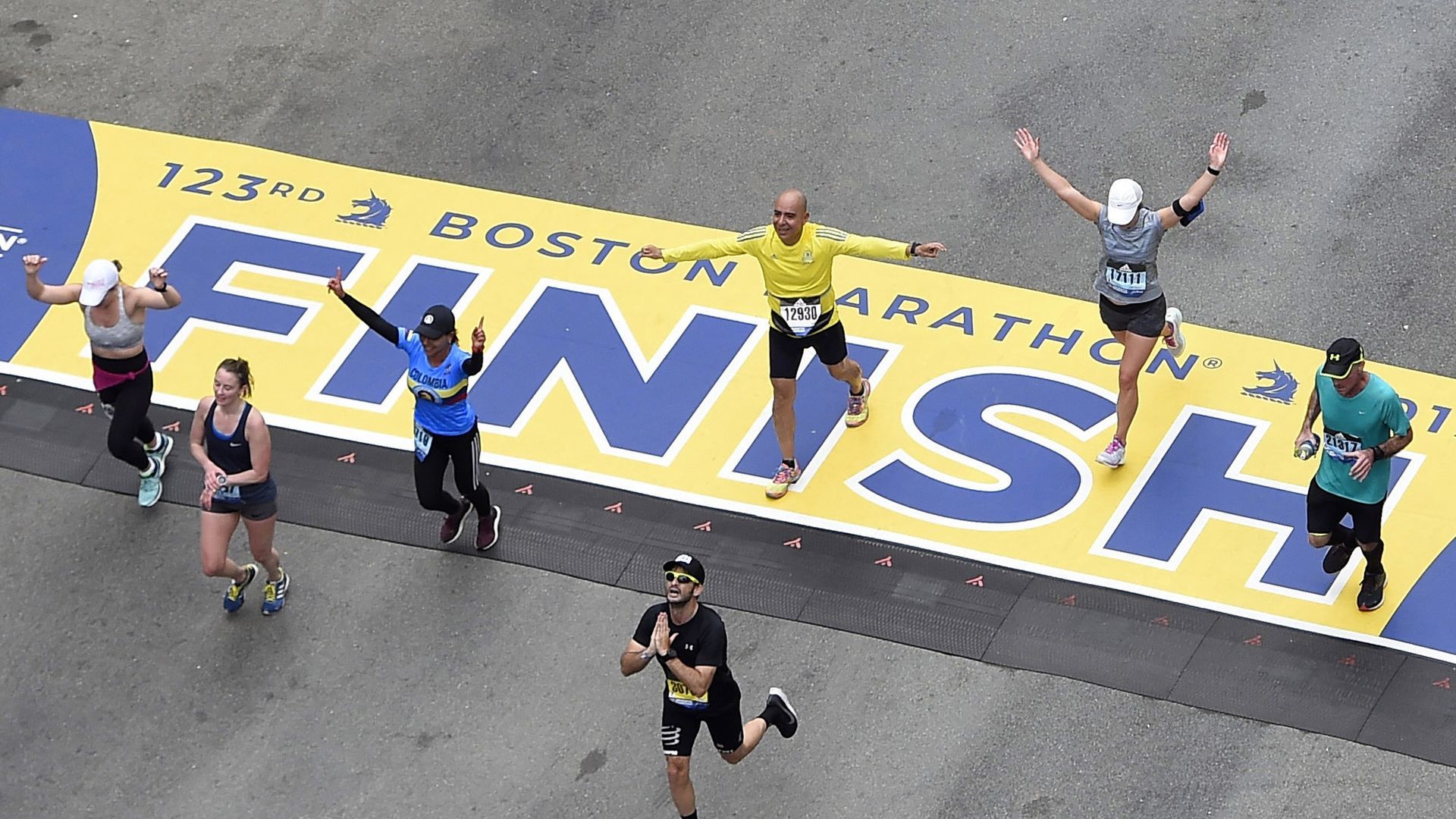
The virtual race will be held Oct.8 to Oct. 10, followed by the in-person race that will be held on Oct. 11, 2021, as long as state reopening rules allow.
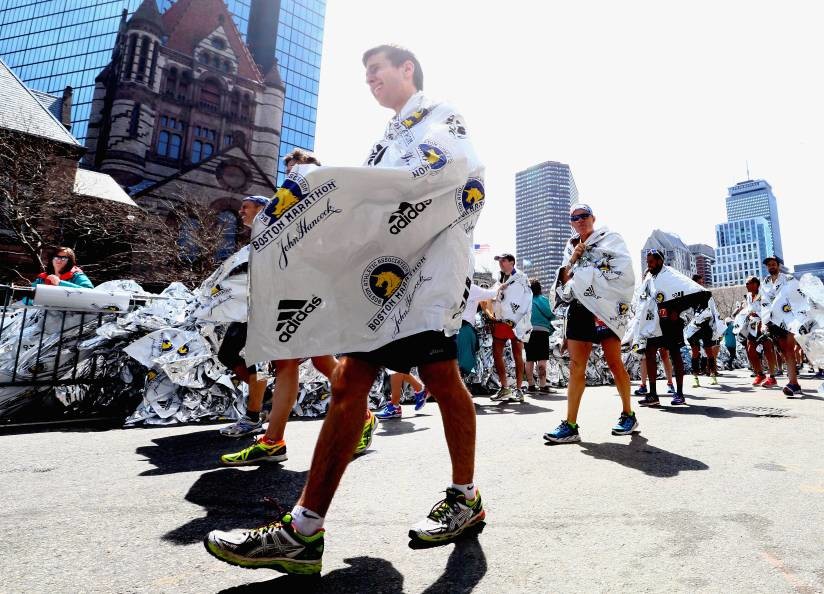
The 2020 Boston Marathon, the 124th running of the race, was initially postponed to September before it was ultimately cancelled because of the COVID-19 pandemic.
Last year, instead of 30,000 runners covering the course from Hopkinton to Boston on Patriots Day in April, more than 16,000 people from all 50 states and 83 countries covered the required 26.2 miles in their own neighborhoods during a 10-day period in September.
(03/30/2021) ⚡AMPBoston Marathon
Among the nation’s oldest athletic clubs, the B.A.A. was established in 1887, and, in 1896, more than half of the U.S. Olympic Team at the first modern games was composed of B.A.A. club members. The Olympic Games provided the inspiration for the first Boston Marathon, which culminated the B.A.A. Games on April 19, 1897. John J. McDermott emerged from a...
more...Kenyan Abel Kirui eyes Mumbai Marathon title in May
Two-time world marathon champion Abel Kirui has landed an invite for the Mumbai Marathon set for May 30 in India.
The assistant superintendent of police based in Mombasa, said said he is ready to make his debut in Mumbai, where he will be up against other bigwigs.
Speaking at his Global Sports Communication training camp in Kaptagat, Kirui said he started his Marathon journey in Asia, specifically Singapore Marathon where he finished third in 2:15:2 and wants to improve on that.
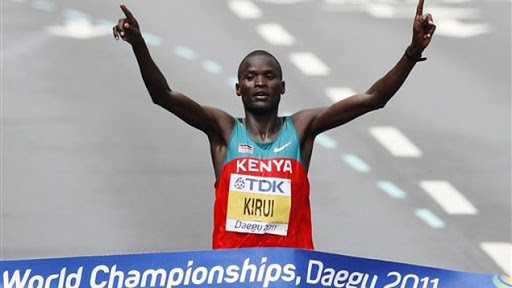
“Now I still have about two months to prepare and as an athlete, I will be fighting for the title and nothing less. I expect a crowded field by considering my training, i believe I am up to the challenge,” said Kirui, who finished third at the 2007 Vienna City Marathon in 2:10:41 before winning the title the following year in 2:07:38.
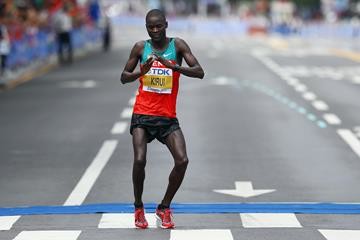
The 39-year-old first won the world title in 2009 in Berlin, Germany before defending it in 2011 Daegu, South Korea. Kirui won silver at the 2012 Olympic Games in London .
The former Chicago Marathon champion said he will be keen to lower his personal best of 2:05:04, which he set in 2009 Rotterdam Marathon. “ I always run well under warm weather conditions, which I expect in Mumbai City,” he added.
(03/30/2021) ⚡AMPby Emmanuel Sabuni
Tata Mumbai Marathon
Distance running epitomizes the power of one’s dreams and the awareness of one’s abilities to realize those dreams. Unlike other competitive sports, it is an intensely personal experience. The Tata Mumbai Marathon is One of the World's Leading Marathons. The event boasts of fundraising platform which is managed by United Way Mumbai, the official philanthropy partner of the event. Over...
more...How to boost your immune system
Since the pandemic of Covid-19 has started, more people than ever are focusing on boosting their immune systems. This is truly important since we need to keep our bodies as healthy as possible in case we get infected. Even though there isn’t one magical way you can boost your immune system, a few things combined can give you great results.
If you were having trouble finding ways you can help your body during this time, you came to the right place. In this article, we will discuss a few things you can do to boost your immune system and successfully fight the pandemic.
Take vitamins
The way people usually recommend taking vitamins is through food. But, will an apple a day keep the doctor away after all? During a pandemic, it is important to boost your immune system as much as you can. If you don’t get enough vitamins through your diet, it can make a significant change in how your body fights with Covid-19.

This is why it would be smart to start taking vitamins if you aren’t already doing so. Pros on vitamins from Dose + Remedy say that vitamins D and C, as well as Zinc and Quercetin, are the most powerful in the fight against Covid-19. If you take these supplements regularly, the chances of getting a severe case of Covid-19 can be significantly lowered. And since they have shown their effectiveness in the fight against the pandemic, you can find them all together as a part of one pack. So, you can avoid the extra hustle and costs of getting them individually.
Get enough sleep
Even outside of the pandemic, getting enough sleep is important for our health. When you sleep well, your whole body is revitalized. Otherwise, you can suffer from memory problems, heart disease, mood disorders, and many other issues.

But, more than ever, we all must get enough sleep. Besides all the things we already mentioned, a good night’s sleep is important for our immune system as well. If we are constantly tired, any kind of infection that we may have can be worse. So, to make your body as prepared as possible in case you get Covid-19, make sure you sleep for six to eight hours every night.
Avoid stressful situations
Stress is often underestimated when it comes to its impact on our health. In reality, many health conditions can be worsened, or even caused by stress. Unfortunately, our immune system is not an exception either. A molecule called cortisol is a hormone that our bodies produce when we are in stressful situations. Even though it has its benefits, when produced in a huge amount, it can reduce the activity of the immune system.
Since we need all the goodies our immune system can provide to fight Covid-19, it is best to avoid any kind of stress. We know it is hard to avoid stress altogether. But, try to learn how to deal with stress and anxiety better, and to focus on good things. If you have any kind of activity that is proven to reduce your stress levels, now would be the best time to embrace it. Or, if you have the chance to do so, you can always do psychotherapy.
Stay active
Physical activity has numerous benefits for your overall health. One of the things that gets a major boost when we exercise is our immune system. Regular exercise increases the production of antibodies and T-cells which can help us fight Covid-19. Besides this direct path of boosting the immune system, exercise reduces the levels of that stress hormone cortisol we previously mentioned. Plus, sweating raises your body’s temperature, making it easier to kill pathogens.
Depending on your age and your abilities, adjust the amount of weekly exercise. Aim for at least 150 minutes per week, but make sure you don’t overdo it. You can do yoga, dancing, or anything else you usually enjoy.
Nutritional Diet
Having a well-balanced diet will help your body stay in balance. To keep your immune system in good shape, make sure to eat seasonal fruits, seeds that can give you essential nutrients, as well as fresh vegetables. Besides improving your immune response, having a nutritional diet can reduce the risk of infection as well.
Since living with Covid-19 became the new normal, at least for now, we must try to do everything we can to boost our immune system. Even though all the things we talked about have a huge impact on our immune response, don’t do just one. To help your body be as prepared as possible in case you get infected, make sure you sleep well, avoid stress, exercise and get all the necessary nutrients, either through supplements or food.
(03/29/2021) ⚡AMPby Colorado Runner
2021 Rock ‘n’ Roll Marathon Set for Oct. 23-24, As Organizers Run Up New Brand Flag
The next edition of the Rock ‘n’ Roll marathon is set for Oct. 23-24, after being rescheduled from its traditional early-summer slot due to the pandemic.
The distances runners can choose that weekend include a marathon, half marathon and 5K.
In addition to the new dates, organizers have rebranded the races.

The event series, run in the U.S., Mexico, England and Colombia, will be known henceforth as the Rock ‘n’ Roll Running Series, while the Rock ‘n’ Roll San Diego Half Marathon will be dubbed the Rock ‘n’ Roll Running Series San Diego.
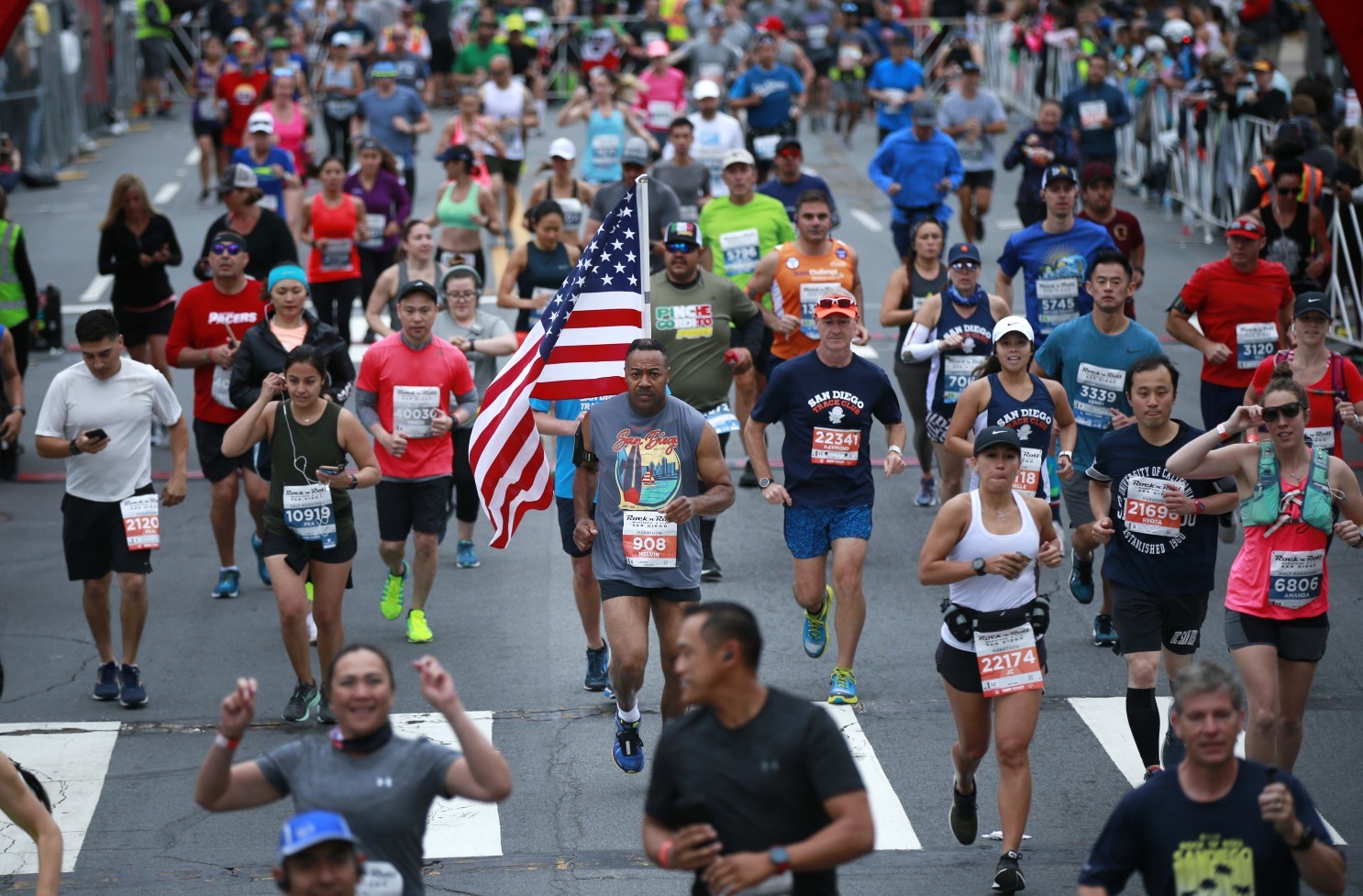
The changes, organizers argue, call attention to the half-marathon being more than a single-distance event.
The half marathon and marathon courses lead runners on a tour through some of San Diego’s most notable neighborhoods, including Balboa Park, Hillcrest, North Park, Normal Heights, before finishing in downtown San Diego.
The rebrand includes a new series logo, event logos and website. The site, organizers say, will make it easier for participants to select race locations, distances and favored course features.
Organizers launched the Rock ‘n’ Roll Virtual Running Series during the pandemic last April to provide runners with the opportunity to bring events to their own communities. It will continue as in-person events return, to help participants train for upcoming races.
(03/29/2021) ⚡AMPRock 'n' Roll San Diego Marathon Weekend
Run through historic neighborhoods including Balboa Park and Old Town. The Marathon, Half Marathon and Relay are packed with live entertainment on course that will keep you rockin’ all the way to the finish line. The Rock ‘n’ Roll Marathon Series is an awesome collection of running events centered on having fun running. Bands, cheerleaders and more fill the courses...
more...Tsehay Gemechu and Nibret Melak claimed a double win for Ethiopia at the Cinque Mulini, the second leg of the World Athletics Cross Country Permit series
Gemechu and Melak secure Ethiopian double at Cinque Mulini, it was Gemechu’s second high-profile victory in as many weeks, following her triumph last weekend at the Campaccio meeting.
The Cinque Mulini, meaning 'five mills' in Italian, boasts one of the most iconic cross-country courses in the world. Back in the 1930s, the course passed through five mills along the Olona river. The race has had to adapt over time and it is now held on a two-kilometre loop which passes through the Cozzi and Meraviglia water mills.
In 2019 the Cinque Mulini was awarded the World Athletics Heritage Plaque.
Gemechu, fellow Ethiopian Alemitu Tariku and Kenya’s Sheila Chelangat and Beatrice Chebet pulled away from Burundi’s Francine Niyomukunzi in the early stages and completed the first lap in 6:45.
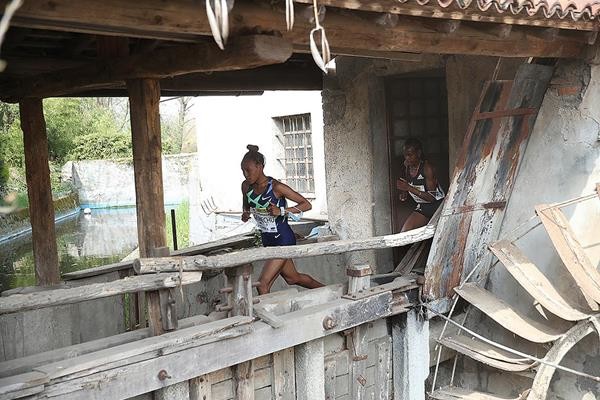
Chebet, Gemechu and Chelangat stepped up the pace on the second lap, opening up an 11-second gap on Tariku. Chelangat was the next to drift back, leaving Chebet and Gemechu to battle it out on the final lap.
Chebet led for most of the final lap, but Gemechu launched her kick in the final straight to take a three-second win in 18:53.
“I feel good,” said Gemechu, the fourth-place finisher in the 5000m at the World Athletics Championships Doha 2019. “It was a great race for me. I am happy that I won my second consecutive race. I will now return to Ethiopia to prepare for my next race over 10,000m in Hengelo.”
Melak took the honours in the 10.2km men’s race in 28:57, holding off last year’s Cinque Mulini winner Leonard Bett Kipkemoi by one second and two-time world 5000m champion Muktar Edris by two seconds in a close sprint.
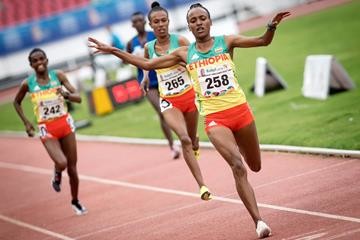
Bett led a nine-man lead group that included Melak, Edris, Uganda’s Samuel Kibet and Hosea Kiplangat, Italian marathon record-holder Eyob Faniel, Marouan Razine, Yohannes Chiappinelli and Oscar Chelimo.
The lead pack was whittled down to seven runners during the second lap as Bett took the initiative, going through the second lap mark in 12:14, closely followed by Melak, Kibet, Edris, Kiplangat, Chiappinelli and Chelimo.
The pace increased on the fourth lap when Melak, Bett, Kiplangat, Edris broke away from Kibet with the leading quartet going through 8km in 23:30.
In a dramatic final sprint, Melak edged ahead of Bett to win by one second in 28:57. Edris, who won the Cinque Mulini in 2013 and 2015, finished third in 28:59, sharing the same time as Chelimo.
It was Melak’s second consecutive podium finish in the Cross Country Permit series, following his runner-up spot at the Campaccio in San Giorgio su Legnano last week.
The 21-year-old has a 5000m PB of 13:07.27, set as an U20 athlete in 2018, but it’s cross country where he excels. Earlier this year he successfully defended his senior men’s title at the Jan Meda Cross Country, which doubles as the Ethiopian Championships.
“It was a very competitive race,” said Melak. “I expected that the battle for the win would be very close, as I ran against great athletes. Cross country is the perfect build-up to the track season.”
(03/29/2021) ⚡AMP
by World Athletics
Caster Semenya ran just the second 5,000m of her racing career on Saturday
South Africa’s Caster Semenya ran just the second 5,000m of her racing career on Saturday, finishing in second place at the AGN Championships in Pretoria. The multiple world and Olympic 800m champion finished in 16:14.43, finishing far back of the race winner and well off the Olympic standard of 15:10.00. She owns a 5,000m PB of 16:05.97 from 2019.
Semenya has DSD (differences of sexual development), and after a 2019 World Athletics ruling, athletes with DSD aren’t allowed to compete in events from the 400m up to the mile. Semenya has challenged this ruling many times, taking it to several courts, but she has been unsuccessful in her attempts to have it overturned.
(Semenya is currently waiting on an appeal with the European Court of Human Rights, which is likely her last chance to get the ruling changed.)
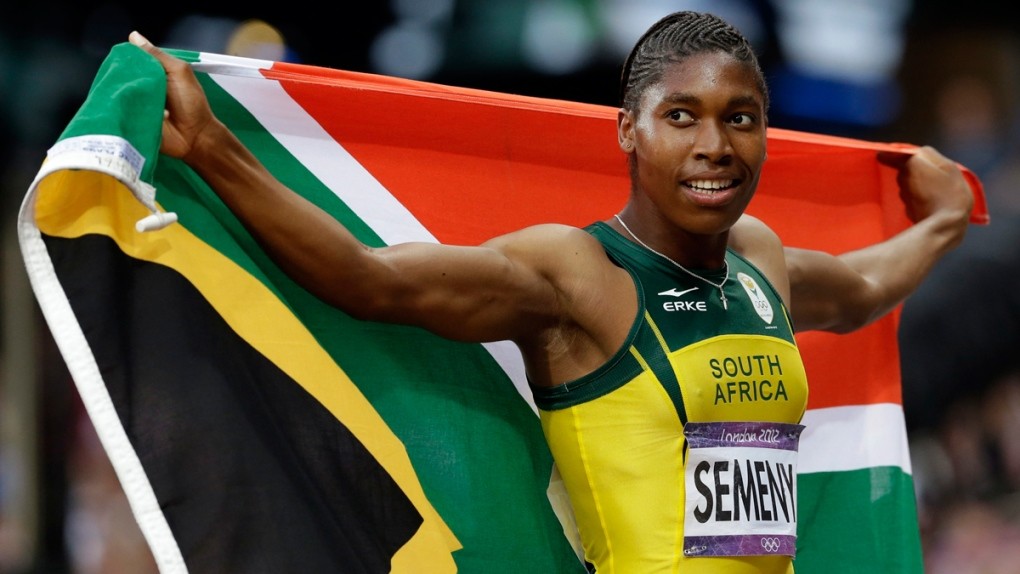
One way Semenya could continue to compete in the 800m would be to take medications to lower her testosterone levels, but she has refused to do so. This leaves her with one option: to compete outside of that banned zone from the 400m up to mile, meaning she has to drop to the 200m or jump to the 5,000m if she wants to race at the Olympics again.
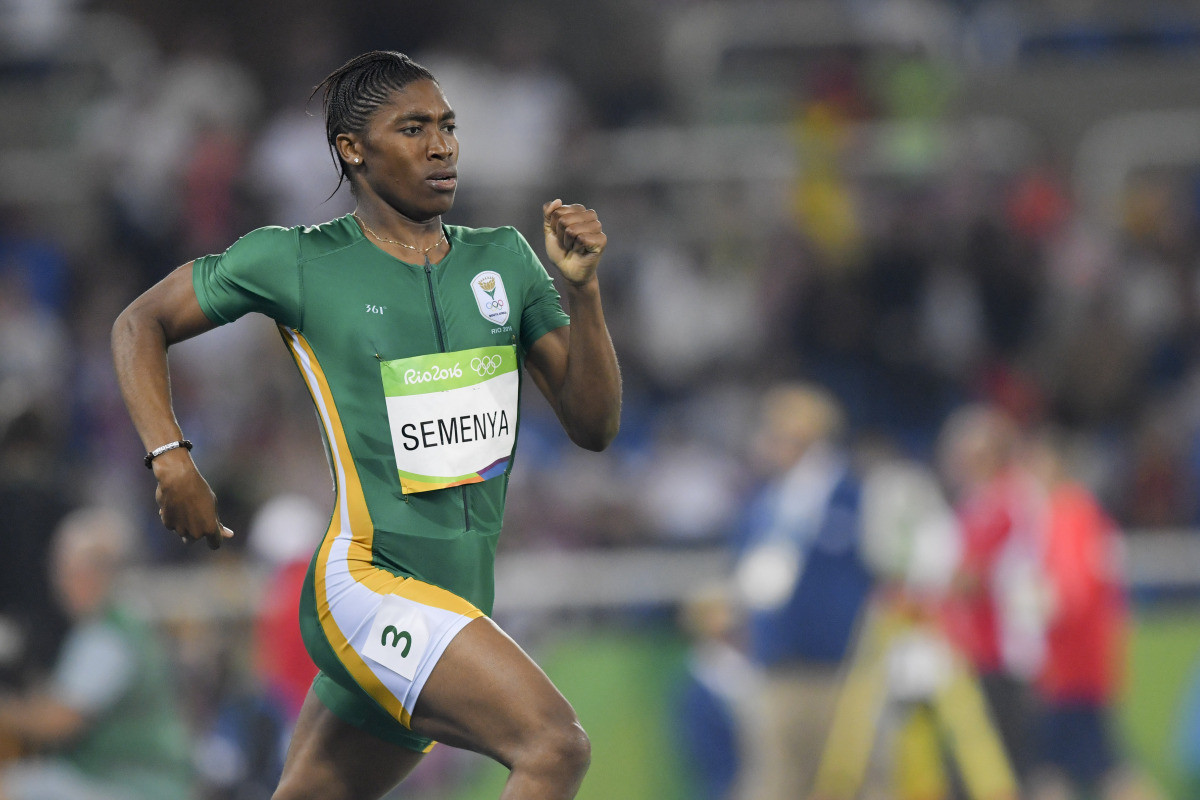
Last year, Semenya entered several sprinting races ahead of the pandemic. She won each of them (even setting the South African 300m record in 36.78) and eventually lowered her 200m PB to 23.49 seconds, still more than half a second off the Olympic standard of 22.80.
Despite the large jump required to qualify for the Olympics, Semenya remained confident, and last May she said she planned to stick with the 200m “no matter what.” Now, with just a few months to go until the Tokyo Games, she seems to have reconsidered, although it doesn’t look like the 5,000m standard will be any easier to reach before the summer.
(03/29/2021) ⚡AMPby Ben Snider-McGrath
Running “together†no longer has to mean running with others in-person.
Running is an individual sport. No one else can grind through the mental and physical challenges of a run for you; it’s something you have to find the fortitude to do on your own. But there’s camaraderie in braving that kind of type-2 fun with others—which is why, as long as people have been able to run, they’ve run in groups, signed up for running classes, and raced alongside each other.
And while running together in-person is a best-case scenario, just knowing your friends are also running elsewhere can impact your fitness. In fact, a 2017 study published in the journal Nature Communications found that running is actually “socially contagious.” After analyzing over five years of data uploaded by more than one million people to a global social media platform, the researchers found that people are likely to run an additional three-tenths of a kilometer after seeing their friends log an extra kilometer that day, or another three minutes after seeing a friend run an extra 10 minutes.
So while the COVID-19 pandemic has forced limited capacity in gyms and workout studios and canceled some run club meet-ups and races, runners haven’t retreated into isolation. The running community has simply moved online, redefining what social running looks like.
(03/29/2021) ⚡AMP
by Runner's World
Timetables confirmed for Bathurst and Yangzhou
World Athletics and World Masters Athletics have reached a historic agreement that will see masters championships held for the first time alongside the World Athletics Cross Country Championships in Bathurst, Australia, next year.
The World Athletics Council approved the proposal last week while confirming the competition timetables for both Bathurst and the World Athletics Half Marathon Championships Yangzhou 2022.
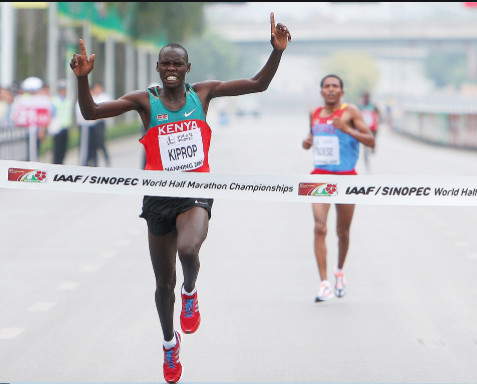
World Athletics, World Masters Athletics and the Bathurst Local Organising Committee will work together to organise the inaugural World Masters Cross Country Championships (short course) on the weekend of 19-20 February 2022.
"We have worked hard over the last few years to develop closer relationships with the various sectors of the global running community, including recreational running, mountain and trail running, and parkrun, because that makes our athletics community stronger, so I’m delighted to announce this new initiative in cooperation with World Masters Athletics," World Athletics president Sebastian Coe said. "We look forward to welcoming passionate runners of all ages and abilities to Bathurst next year for what promises to be a unique festival of cross country running."
World Masters Athletics president Margit Jungmann added: "We are excited to offer this new opportunity for masters athletes around the world to come together and celebrate their love of running and competition, and to join with the best cross country runners in the world to test themselves on the scenic Mt Panorama course at Bathurst in Australia. We are pleased to be working with World Athletics to make this a uniquely memorable event for all the masters athletes who attend."
Originally scheduled to take place in March 2021 before the Covid-19 pandemic led to its postponement, the World Cross Country Championships in Bathurst will now be held on 19 February 2022. The timetable is as follows:
14:35 U20 women’s 6km15:15 U20 men’s 8km16:25 mixed relay17:05 senior women’s 10km18:05 senior men’s 10km
The World Masters Cross Country Championships will include a mixed 4 x 2km relay, tentatively scheduled before the World Athletics events on Saturday, 19 February, and a series of age group races on Sunday, 20 February.
World Athletics Half Marathon Championships Yangzhou 2022
The timetable for the World Athletics Half Marathon Championships, scheduled to take place in Yangzhou, China, on 27 March 2022, is as follows:
9:30 women’s race10:00 men’s race, followed by mass race
As with previous editions, there are no entry standards for the competition. A maximum of seven athletes may be entered by a member federation, but only five can start the race. The top three finishers for each member federation will count towards the team competition.
For the fifth successive edition, the World Half Marathon Championships will feature a mass race, giving thousands of recreational runners the chance to run in the footsteps of the best athletes in the world.
(03/28/2021) ⚡AMPby World Athletics
Have You Ever Felt Guilty for Missing a Workout? If So, You’re Not Alone
Experts offer tips on how to strike a healthy balance between setting big goals and being kind to yourself.
As many runners know, it’s motivating to set goals and create a plan to reach them, and then thrilling when you sprint past them—even in your everyday training, not just when you’re gearing up for a race.
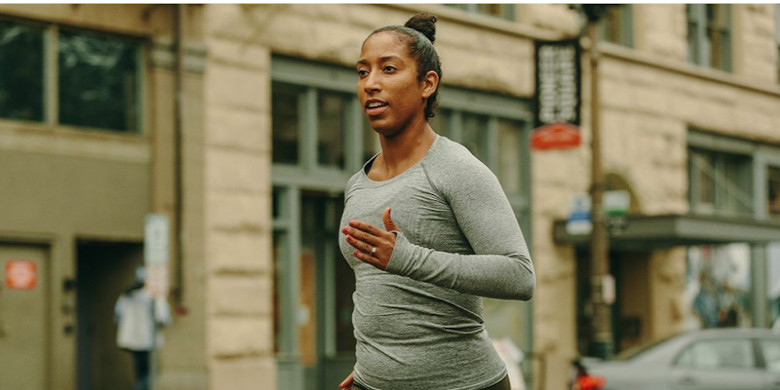
However it’s also easy to become too fixated on your exercise routine. When that happens, you can feel guilty over skipped workouts, have anxiety when your schedule changes, and, perhaps the biggest ripple effect, suffer overuse injuries.
At what point does your desire to exercise start hurting you?
The answer is different for everyone, of course. Whether you’re past that line or not, taking a moment to consider your approach can be helpful. Here are some insights on what to consider when it comes to nurturing your relationship with exercise.
Rediscover Your Why
You run because it’s good for you—a statement backed up by plenty of research—and you cross-train for the same reason. But what does that really mean?
“This is always and forever going to come down to understanding your relationship with exercise in the first place,” running coach Kourtney Thomas, C.S.C.S., told Runner’s World. “Know yourself deeply, peel back the layers, get a firm idea of your ‘why’ for exercise. That means your reason, not anyone else’s, including society or even your doctor.”
Set aside time to ponder why you run, she suggests, thinking beyond vague, external, or clinical “health goals.” One trick is a management technique called the “five whys,” which means you might start with an overarching statement like, “I run to challenge myself.” Then you keep digging: Why is it important to you to do that? With every answer, go one level deeper with another “why” until you’re five layers down.
“Your motivation and ‘why’ should come from a place of autonomy,” Thomas said. “Get at the root of why you exercise, and you’re likely to feel connected to it in a fresh, meaningful way.”
Redefine Your Minimum
Keeping your why in mind, you should then define what your exercise “minimum” really means to you, while also being realistic and compassionate with yourself, Thomas suggested.
Maybe ideally, you plan to take at least a three-mile run daily, but then there’s a day it doesn’t happen, because your boss hits you with last-minute work. What’s your reaction? If you had made that run your absolute minimum, most likely you’re going to be more than frustrated, and that will probably spill over into other interactions. (A tip: Don’t email your boss at that moment!)
But if your minimum is going for a three-mile run a few times a week, then you’re likely to be much less bothered by the shift in your schedule. In other words, lower your bar. You can always do more than your minimum, and keeping it realistic means accommodating changes to your schedule.
Also, if you have a very high minimum, you’re likely to feel guilty about skipping a run on the days when you just don’t feel like getting out there, said Thomas. That can get complicated quickly. Perhaps instead of seeing guilt as a sign you’re not doing what you “should,” think of it as a cue to change your definition of what’s healthy for you.
“The guilt response comes from feeling like you’re doing something wrong, but you’re the one defining that,” she said. “Guilt is just not productive and it’s often irrational and overwhelming.”
Rethink What Constitutes Exercise
One day, you didn’t have time for a proper workout because you were running errands all day, and then you did yard work and tidied up the house. Although you might not have gone for a run, that doesn’t mean all that activity doesn’t add up to similar benefits of a workout.
Called “movement snacks” or high-intensity physical activity (HIIPA), these sporadic bursts of exercise—like sprinting up a flight of stairs, scrubbing dirty pots vigorously, or crawling around with your kid—can be more meaningful than you think.
“Benefits vary by age and fitness level, but in general, doing HIIPA three or four times per day can give you a surprising amount of improvement in cardiorespiratory fitness,” Emmanuel Stamatakis, Ph.D., professor of physical activity, lifestyle, and population health at the University of Sydney, told Runner’s World.
A study he led showed that doing only one minute total of HIIPA per day, broken up into these movement snacks, had measurable increases of 5 percent in fitness over six weeks. Again, that’s just one minute every day. That means it may be much easier to keep up your level of fitness than you might think.
Revisit the Concept of Rest
Rest is crucial for any athlete, and not just as a day built into a larger training plan. It’s normal to take weeks or months off from exercise, in order to give yourself a complete mental and physical break.
And even if you take rest days, you might still be suffering from some degree of exercise burnout, especially right now when stress levels are still high during COVID-19, according to Joe Holder, C.P.T., Nike master trainer and run coach, who just launched a fitness and wellness fundamentals program on MasterClass.
“Our body needs an off-season, especially if we perform races,” he told Runner’s World. “We might think we have to hit every workout or be perfect on our diet, but it can be too much if our stress loads are out of whack. Don’t be afraid to reduce your exercise load and just focus on other wellness strategies if you feel like you need a moment.”
Not sure if you need that break? Holder suggested thinking about whether you consider exercise a form of punishment, or at least something you’re forcing yourself to do. If you’re dreading a run and finding ways to procrastinate it, that should be a huge sign that you might need an off-season.
Consider other self-care tactics for a couple weeks or even months, such as focusing on your sleep quality, stress management, relationship dynamics, gut health, or work scheduling. Taking a break can not only help you come back to exercise stronger physically, Holder said, but you’ll also have healthier perspective when you return.
(03/28/2021) ⚡AMPby Runner’s World
Gu Is Developing a ‘Cooling’ Energy Gel for Those Hot Summer Runs
The gel lowers perceived heat stress, which could improve performance in warm weather.
In research to be published in the International Journal of Sport Nutrition and Exercise Metabolism, athletes who took a menthol gel during a workout in warm conditions reported feeling cooler.
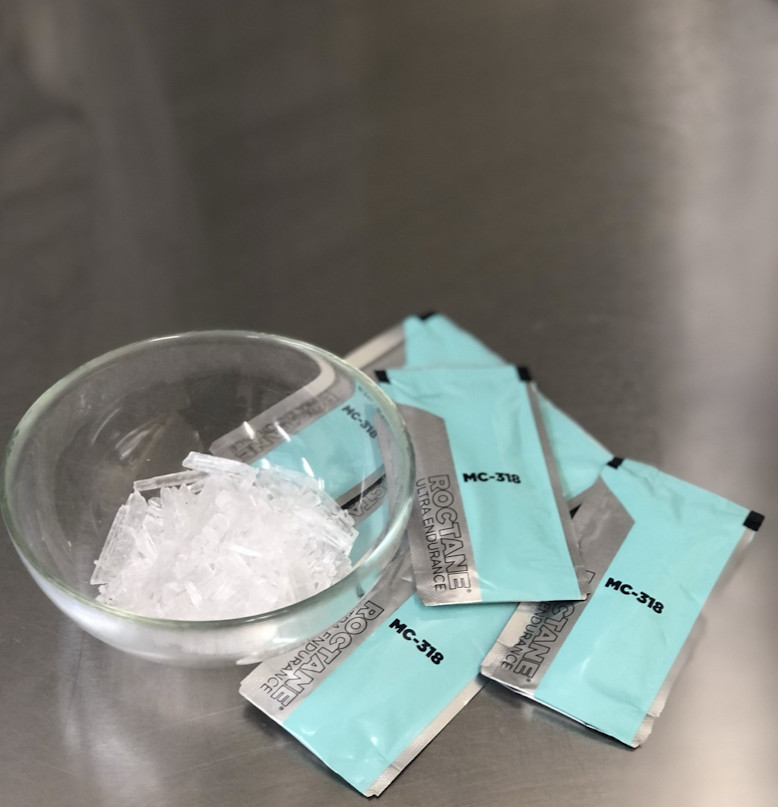
Study participants also reported feeling less airway constriction and that they could breathe more freely.
This supports the growing evidence that there could be natural performance-enhancing benefits to different types of tastes when you’re working out or competing.
As we reported last year, there’s growing evidence for the performance-enhancing benefits of various tastes, independent of whatever energy the food or drink they’re in provides. That’s true for some of the most common forms—sweet, bitter, spicy, cooling—of what researchers call “tastants.”
A barrier to everyday athletes making use of this phenomenon is a dearth of commercially available sport nutrition products containing one of these tastants. So, for example, if you’re inspired by the study in which runners improved their 1500-meter time after taking a capsule containing capsaicin, the chemical that gives chili peppers their heat, you’ll have to come up with a DIY solution, such as swilling diluted hot sauce.
There might soon, however, be an easy-to-use option for people wanting to capitalize on research showing improved performance in the heat after athletes ingest menthol taste solutions. GU Energy Labs is developing a mint-flavored menthol gel that, in research to be published in the International Journal of Sport Nutrition and Exercise Metabolism, imparted a significant cooling sensation when taken during warm-weather training. The basic idea is that such a gel could make exercising in the heat feel more comfortable, and thereby encourage athletes to go faster or longer.
For the study, 40 national- or world-class endurance athletes consumed a gel on three separate workouts done in average conditions of 78 degrees Fahrenheit and 56 percent relative humidity. The participants were split evenly between men and women; 19 were cyclists, 15 were race walkers, and six were runners. During one workout, they downed a gel with a menthol concentration of 0.5 percent, during another they had a gel with a menthol concentration of 0.1 percent, and during the third they consumed a mint-flavored placebo gel that contained no menthol.
Both of the menthol gels imparted a cooling sensation, while the placebo didn’t. Participants reported feeling cooler for two to 15 minutes after taking the lower-concentration menthol gel, and for up to 45 minutes after using the higher-concentration one. However, half of the athletes said the cooling sensation was too intense after the higher-concentration gel. The lower-concentration gel received a better overall rating on the confluence of cooling, mint flavor intensity, and sweetness. That’s the one that Gu is continuing to develop in collaboration with Southern Cross University in Australia.
How does this phenomenon work?
“The chemical compound in menthol activates receptors linked to temperature-sensing neurons that send your brain information about the presence of cold stimuli,” Roxanne Vogel, who developed the gel as the focus of her Ph.D. research, told Runner’s World. “Essentially, menthol ‘turns on’ the same messaging pathway that responds to cold, so you get the sensation of cooling without any actual change in temperature.” 

Many of the study participants also reported feeling less airway constriction, and that drinks tasted colder, after they consumed the menthol gels. Cold/menthol receptors in the upper respiratory tract “can provide a sensation of increased ventilation,” Vogel said. “This is why menthol is commonly used in medicinal chest rubs and cough drops.”

Vogel’s explanation meshes with my own individual experience taking the lower-concentration menthol gel during a few long runs. The cooling sensation was more or less immediate, and strong. (Whether I needed a cooling sensation during winter in Maine is another matter, but duty calls.) I also felt I could breathe more freely. The latter sensation can’t be ascribed to the power of suggestion, because I hadn’t yet read the full study text in which participants reported the same feeling.
I’m now saving my remaining prototypes for this summer, to use them in their intended conditions. When I do so, I’ll be sure to remember a caveat noted in Klein’s quote above and in other research on the topic: Don’t confuse the feeling of being cooler with actually being cooler. Again, menthol lowers your perception of warmth, but doesn’t affect your core temperature, which will rise when you run in hot weather.
Gu is planning real-world field testing of the menthol gel this summer to help decide the product’s release date , according to Magdalena Lewy Boulet, the Olympic marathoner and Western States 100 champion who is the company’s senior vice president of innovation, research, and development.
(03/28/2021) ⚡AMPby Runner’s World
University of Oregon seniors facing virtual graduation frustrated by Olympic Trials, track plans
When the University of Oregon announced in early February it will have a virtual commencement ceremony for the second year in a row, the university was met with frustration from some students — not because they wanted to shirk COVID-19 guidelines, but because they believed it was a double standard.
UO's virtual commencement ceremony is scheduled for June 12. A week later, the 2020 U.S. Olympic Team Trials for Track & Field will be held at Hayward Field on UO's campus.

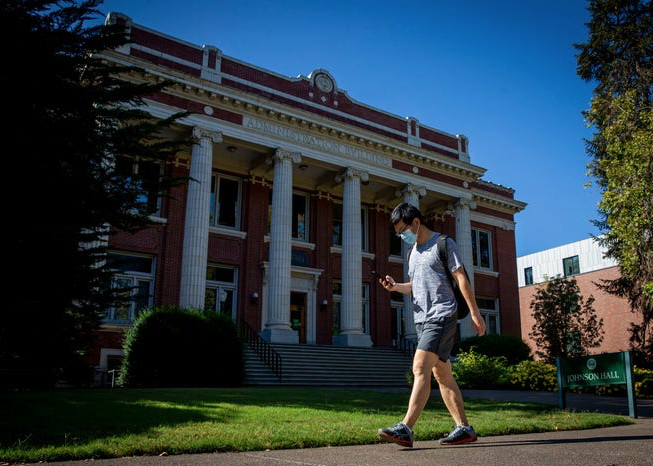
UO also announced this week it will host five collegiate track and field meets at Hayward, starting the weekend of April 2 and ending with the NCAA Championships June 9-12, the same week as graduation.
The university is not involved with the planning or organization of the Olympic trials. The trials are run by TrackTown USA, an outside party that contracts with UO for the use of Hayward Field.
Spectators are not welcome at the first NCAA meet, UO said.
While the university is unwavering on a virtual commencement, it is looking at adding some form of in-person activity for graduation.
For some students, though, it's not enough.
"I just want the (Olympic) trials and graduation to be held at the same standard — so either they both happen or they both don't," said Morgan Leone, a 22-year-old UO senior graduating in June. "And if they both don't, it's unfortunate they couldn't make it happen. (People) worked really hard for both of them, but I would love to see them both happen regardless."
Spring sports moving forward
The Olympic trials for track and field has been held at Hayward Field six times since 1972, though the first year only included men's events. The 2020 trials will be the seventh.
They are organized locally by TrackTown USA, a Eugene-based nonprofit organization that runs other large-scale track and field events. TrackTown has contracted with UO to rent space on campus for these events before, and this year is no exception.
The 2020 Olympics, which were postponed globally because of the COVID-19 pandemic, are scheduled to be held July 23 through Aug. 8 in Tokyo.
Although TrackTown consistently had to adjust plans for the trials, working with public health officials and the UO to adapt to changing policies, said CEO Michael Reilly, the organization still plans to host it in June.
"We are full-steam ahead in planning to host the Olympic trials in June," Reilly said. "We are remaining hopeful that the event is going to continue to be able to be held, and, the conditions here in Oregon and around the country continue to improve. But, if anything, we've learned over the last year we have to take things week by week."
UO sports such as softball, soccer and track and field are underway this spring. The NCAA has been regularly testing athletes for COVID-19 this year.
The Oregon track and field team will host five meets at the new Hayward Field this spring, which will "only be hosting guests of student-athletes and coaches as the meet schedule begins," and no spectators, Oregon Athletic Director Rob Mullens said.
More in-person activities will be allowed as guidelines change, potentially meaning spectators at events.
State guidelines vary standards
Lane County's risk level set by Oregon Health Authority has been dropping for several weeks. As the vaccination rate increased, the number of new cases has decreased significantly and as of Friday, the county was put in the "lower risk" category, which is the lowest category a county can be in.
"Even with Lane County moving into a lower risk category, the university’s educational and research activities are still restricted by the governor’s orders for higher education issued last June," UO spokesperson Molly Blancett told The Register-Guard in an email.
The governor's executive order notes that for research, residential and instructional activities, universities should follow what is directed from the Higher Education Coordinating Commission. It also states other activities on campus, such as athletics, need to comply with other executive orders and OHA guidance specific to the risk level of the county.
In the lower risk category, indoor classroom instruction cannot exceed 50 people, and outdoor classroom instruction 300 people, the HECC states. Outdoor recreation, including college athletics events, are allowed a maximum of 50% occupancy, according to OHA guidelines.
"These restrictions (for UO) are independent from activities organized by outside parties that have contracted to use UO facilities," Blancett said.
TrackTown's operating plans not set yet
However, TrackTown always has to comply with the policies laid out by UO on the use of the space, Reilly said, as part of the contractual agreement.
UO also will be paid by TrackTown for space used, as part of that contract. The exact dollar amount is still unclear, Reilly said, but will likely be set in the coming weeks as they come to better understand the amount of space the organization will rent from UO.
Lane County Public Health also is involved in Olympic trials planning and has been for past trials, Reilly said. When the time comes, TrackTown will present its plan to OHA.
"We fully expect a good rigorous analysis from them. We'll try to do our best to answer their questions that may evolve at that point, a need for us to adapt and change the operating plans that we're proposing," Reilly said.
"I imagine it's going to be an ongoing back-and-forth discussion with them in the coming weeks to try to arrive at a set of operating plans that they feel comfortable about," he said. "That will enable us to not only conduct a safe event for the participants there, but also do a good job of protecting the broader community."
UO entertaining in-person grad activities
The Olympic trials being contracted out to a third party doesn't change students' call for UO to seek alternatives for graduation.
"That really frustrated me in the sense that they're kind of hiding behind TrackTown," Leone said about UO. "I feel like they've been using that as an excuse.
"In a way like I feel like we signed a contract with the school, and we all paid our way through the university whether we liked it or not," she said.
"And it's frustrating to see that (UO) will be getting a paycheck out (from) TrackTown, and it seems very correlated to why they also want to keep pushing it to go on. I feel like the university tends to forget that we are also paying students and paid a lot of money to go here."
Leone is one of 1,600-plus people who have signed an online petition for UO to reconsider the decision to hold a virtual commencement and include more student input on alternatives.
The petition points out changes such as increased access to vaccines in Lane County, along with the track and field plans as reasons to reconsider.
UO announced there may be some opportunity for in-person activities at commencement, though the actual commencement ceremony will still be virtual. However, it's still unclear what these activities could be.
In a typical year, each school and college at UO (the business school, college of arts and sciences, etc.) has its own smaller commencement ceremony. This is where students actually have their names read and walk across stage to receive their degrees. Then there is a separate, university-wide commencement ceremony with speeches from UO President Michael Schill and other guests.
When asked whether these smaller school-specific ceremonies still were being considered, Blancett said UO is "actively exploring how it might add an in-person activity to complement planned virtual commencement ceremonies," but had nothing more to share at this time.
Students suggest safe alternatives
Leone set up a template email that students could fill out and send to UO leaders suggesting a way of doing in-person commencements. The program she uses shows about 200 people have used the template.
"It's basically suggesting doing many different ceremonies throughout the day at many different locations, without families, so Hayward, also at Autzen field, the EMU lawn," she said. "Everything I wrote followed the extreme risk guidelines, so it'd be 25 people outside all socially distanced ... it would be very strict, but at least families could tune in and watch."
With about 30 minutes per ceremony, following the most stringent guidelines the state has set, Leone said she calculated it would take a couple of days to get through everyone including the 2021 graduates, but it would be possible.
"I don't want anyone to think I'm disregarding COVID or trying to push for unsafe COVID activities," Leone said. "I just figured there are other universities working really hard to try and make something else safe. (UO) can absolutely do that for the seniors."
In the statement, UO's Blancett said UO is "eager to recognize students’ successes and achievements in meaningful ways."
"The health and safety of our community is a top priority, as is the ability to remain flexible while adhering to a rapidly changing guideline that may become more or less stringent over time," she said. "The safety of our campus community remains a top priority and a guiding principle as we navigate moving operations in and out of different risk levels."
(03/28/2021) ⚡AMPHAYWARD FIELD TO HOST USATF GRAND PRIX AT OREGON RELAYS AS PART OF 2021 JOURNEY TO GOLD - TOKYO OUTDOOR SERIES
USATF is pleased to announce that the USATF Grand Prix at the Oregon Relays will be held April 24, 2021 at the University of Oregon’s Hayward Field in Eugene, Oregon. The meet, part of USATF Journey to Gold - Tokyo Outdoor Track & Field Series, is a World Athletics gold label designation. The USATF Grand Prix at Oregon Relays is the first time professional athletes will compete at the newly renovated Hayward Field, which is the site for the 2022 World Athletics Championship. Events to be contested are as follows (subject to change):
Men’s events: 100m, 400m, 800m, 1500m, 3000m Steeplechase, 5000m, Long jump, Triple jump, Hammer throw, Javelin throw

Women’s events: 100m, 400m, 100m Hurdles, 800m, 1500m, 3000m Steeplechase, 5000m, Triple jump, High jump, Shot put
Due to the ongoing COVID-19 pandemic, all meets are pending USATF, local and state health protocols and are subject to change.
(03/28/2021) ⚡AMPParis 2024 is offering 100 spots at mass-participation marathon just to women, in an effort to boost gender balance at the event
Club Paris 2024 is offering 100 spots in the public marathon being held alongside the Paris 2024 Olympics to women, in an effort to boost gender balance at the event.
The membership club associated with Paris 2024 is offering entry to the marathon to those who collect 700 points by March 31.
Every kilometer run from March 8 until this date will give a person 10 points, with those running 70km reaching the target.
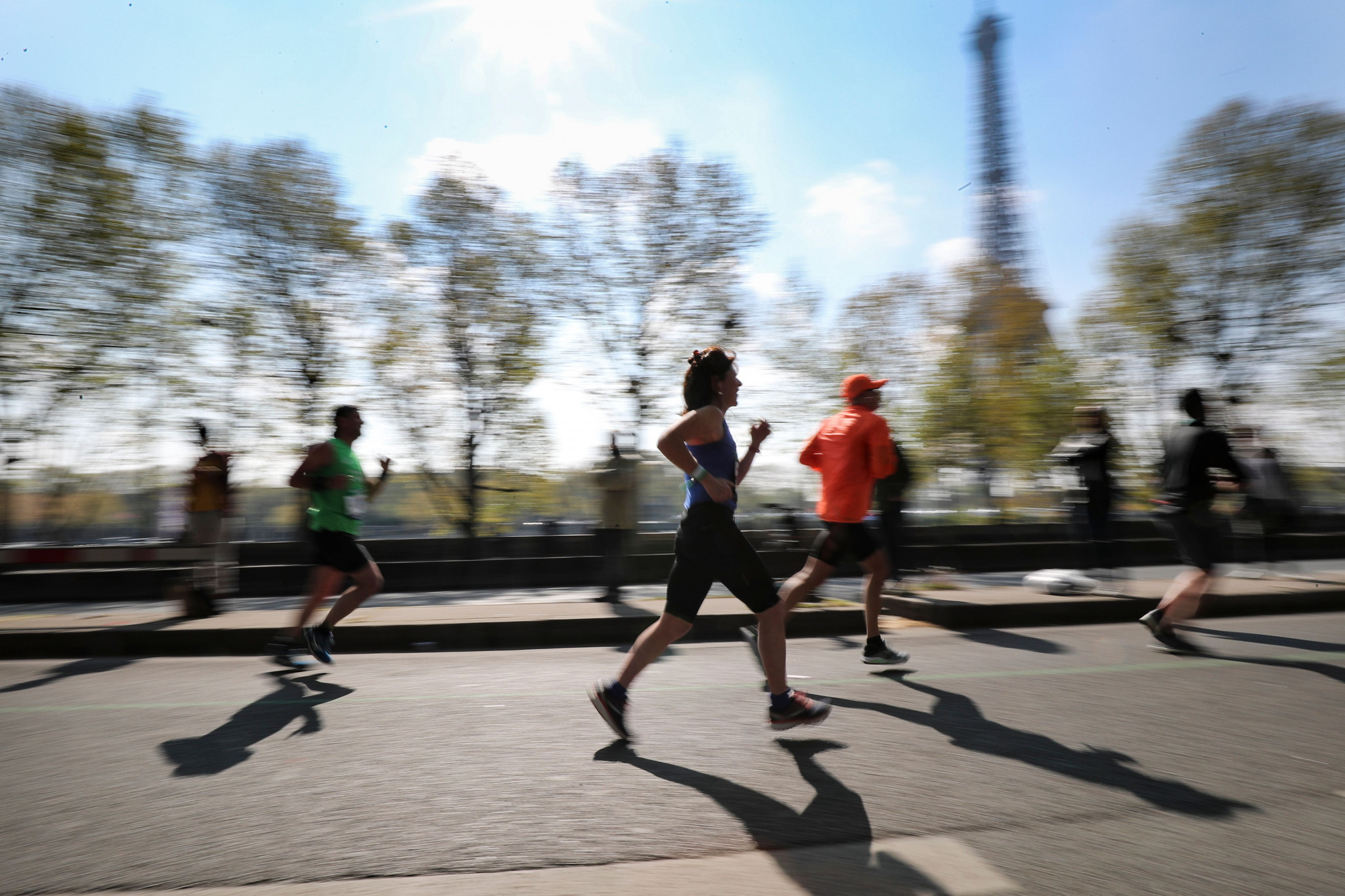
Walking 1km will give you five points, swimming 1km awards 40 points and cycling 1km is worth 2.5 points.
For other activities, one minute of sport will earn one point.
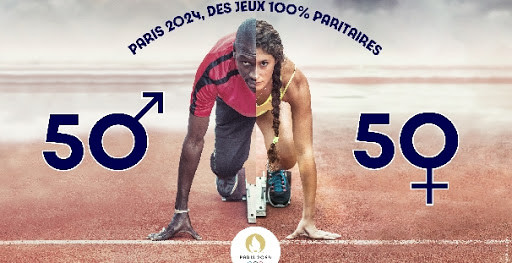
Club Paris 2024 requires women to collect the points by the deadline and enter their gender to be part of the draw.
An identity card may be requested.
From April 1 to 7, a raffle will be conducted, drawing 100 winners and 50 alternates.
Just 27 per cent of participants in the 2019 Paris Marathon were women, which is why Club Paris 2024 has launched this scheme.
The Paris 2024 Olympics are scheduled to run from July 26 to August 11 in 2024, with the schedule yet to be announced for athletics.
The marathon finish is set to be the Avenue des Champs-Élysées, and the mass-participation race will offer members of the public the chance to run the same course on the same day as Olympic athletes.
Le Club Paris 2024 is backed by AliExpress, which is offering clients the opportunity to earn an additional 500 points for each challenge completed, using the code "AliExpressParis2024".
"We are really delighted about our partnership with the Olympic and Paralympic Games Paris 2024, which is aimed at promoting the sporting values to which we are particularly attached at AliExpress," said Christina Lu, head of marketing for AliExpress.
"The benefits of sports practice no longer need to be demonstrated, and we hope that our collaboration with Le Club Paris 2024 will make people want to practice physical activity on a regular basis."
Alibaba, a member of The Olympic Partner worldwide sponsorship programme since 2017, is the parent company of AliExpress and one of the most important International Olympic Committee sponsors.
(03/27/2021) ⚡AMPby Michael Houston
Paris 2024 Olympic Games
For this historic event, the City of Light is thinking big! Visitors will be able to watch events at top sporting venues in Paris and the Paris region, as well as at emblematic monuments in the capital visited by several millions of tourists each year. The promise of exceptional moments to experience in an exceptional setting! A great way to...
more...How to prepare your body for a workout
It’s a wonderful time to be alive because we have all become so much more aware of our bodies and how they work, and this motivates us to take better care of ourselves. Health and fitness has been taking top priority with more and more people, and this is something that you need to get into if you haven’t already. Working out is something you can do on your own in the comfort of your home, but you need to be well informed about what the process is so you don’t end up hurting yourself. This is why we’re going to fill you in on 8 ways you can prepare your body for a workout.
Create a Workout Schedule
The best way to workout effectively and ensure that your body is prepared for the workout is to be organized about it. You need to create a workout schedule, and it’s actually preferable if you have a set time for exercise every day. By doing so, you create a consistent cycle and your body is able to get into this routine while having the same amount of rest time between each workout. When you do your workouts whenever you feel like you’re in the mood and at an inconsistent pace, you’ll find that you’ll either have too little time to rest between workout, which can cause damage, or you simply won’t see any progress at all.
Understand Your Body First
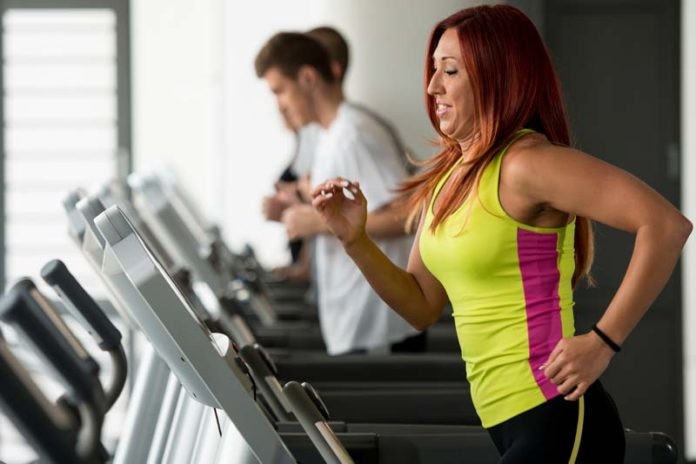
Before committing to any kind of workout, it’s really important that you have a better understanding of your body first. The first thing you need to do is visit your doctor to see what state your body is in to know what kind of workouts would be suitable for you and which ones you need to stay away from. If you’re interested in focusing on muscle building, then it’s advised that you get bodybuilder tests done to get a better understanding of the condition of your muscles. This way, you’ll know exactly how much pressure to put on yourself without getting hurt.
Watch What You Eat
Before getting into any kind of workout, your body needs to be healthy inside out. The best way to reach the ideal condition is by paying attention to your diet. It’s time for you to switch to a healthy diet filled with a balance of fresh produce and healthy fats and carbs as well. If you’re not sure how to do this properly, visit a nutritionist and they’ll be able to set you on the right track.
Always Stay Hydrated
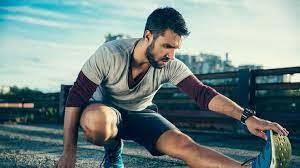
Nothing is worse than working out with a hydrated body- this is the best way to cause damage to your muscles and tendons. Make a habit of always having water by your side before you start working out and make sure that you’re hydrating yourself throughout the day. Water is a given, and also look into the healthiest kinds of smoothies and protein shakes as well. Stay away from sugary drinks, caffeine, and sodas.
Sleep Affects the Condition of Your Body
A rested body will be able to take on much more than one that is fatigued. Sleep allows your muscles and your body in general to rejuvenate itself, so there’s no point in attempting a workout if you haven’t gotten a good night’s sleep. You’ll have stiff muscles and you’ll never be able to get what you want out of your workout if you don’t rest it the way it should. You need 7 to 8 hours of sleep, ideally.
Meditation Does Wonders
Stress has become so common that we tend to overlook it and just try to get on with our lives. If you want to prep your body for an effective workout, you need to make sure that you meditate first. Meditation allows you to clear your mind by focusing all your energy on your thoughts and decluttering all the mess that resides in your mind. Meditation also helps you focus on your breathing patterns, which will go a long way in allowing you to have longer and more effective workouts because you won’t have to feel out of breath too early on.
Look into Supplements
When you visit your doctor and your nutritionist, you’ll be able to find out what kind of deficiencies you might have. Most of these, you’ll be able to control by changing your diet and your lifestyle in general. However, in some cases, you’ll be advised to take supplements as well to really make sure that your body is in the best shape before a workout. There are also supplements made specifically for workout that you can take in either tablet form or as a smoothie. These prep your muscles for exertion and allow you to build your muscles more effectively.
Always Stretch
Last but not least, you always need to stretch. By not doing this, you’re going into your exercises with a body that simply isn’t prepared for the kind of effort and movement you’re going to be putting into it. Think about looking into yoga stretches and also look into stretches that focus on the points that you feel are the most tense, such as your neck, shoulders and back. Don’t forget about the leg and hip stretches as well so that you don’t end up pulling any muscles. You can easily find stretching tutorials online or you can ask a professional trainer to guide you so that you have the basics down for whenever you want to work out at home.
(03/27/2021) ⚡AMPby Colorado Runner
U.S. Supreme Court to reconsider death penalty in Boston bomber case
It was announced on Monday that the U.S. Supreme Court will review the case of Dzhokhar Tsarnaev, one of the two men who set off explosives at the finish line of the Boston Marathon in 2013. Tsarnaev, now 27, was convicted in 2015 and sentenced to death, but that decision was overturned by a federal appeals court in July 2020. Now, the Supreme Court will review the case once more, and Tsarnaev’s death sentence could be reinstated.
During his trial, Tsarnaev’s lawyers did not try to prove their client was innocent, and they openly accepted that he and his brother, Tamerlan, had detonated a pair of bombs at the marathon finish line. These explosions killed three people and injured hundreds of others.

Instead of trying to prove his innocence, Tsarnaev’s lawyers simply argued that he was not as guilty as Tamerlan, whom the lawyers claimed to have orchestrated most of the attack. Tamerlan, who was 26 at the time, died a few days after the bombing in a shootout with police.
This approach did not work out for Tsarnaev’s team, and he was given the death penalty. This sentence was overturned, however, when a federal appeals court decided that the judge presiding over Tsarnaev’s original trial had not ensured (or at least not attempted to ensure) that the jury would be unbiased in reaching their verdict.
After the appeal, the court said Tsarnaev would still spend the rest of his life in prison for his “unspeakably brutal acts” in Boston in 2013. As of Monday, that is no longer necessarily Tsarnaev’s fate, and the Supreme Court is likely to hear his trial later in 2021.
(03/27/2021) ⚡AMPby Running Magazine
Why are people in China burning their Nikes?
If you’ve been following the news this week, you may have noticed videos popping up on the internet of people in China burning their Nikes. This isn’t some weird new internet trend, this is an attempt by Chinese citizens to stand up against and boycott the brand, along with Adidas and several other apparel companies over accusations of the alleged use of forced labour in Xinjiang, the country’s main cotton-producing region.
To understand what’s really going on here, we have to turn back the clock a bit. Last September, Swedish clothing retailer H&M released a statement expressing its concern over allegations of forced labour in Xinjiang, where approximately 20 per cent of the world’s cotton is produced. Other brands like Nike, Adidas, New Balance and Puma also made statements against cotton from the region. In a lengthy statement made nearly a year ago, Nike said that they prohibit “any type of prison, forced, bonded or indentured labor”.
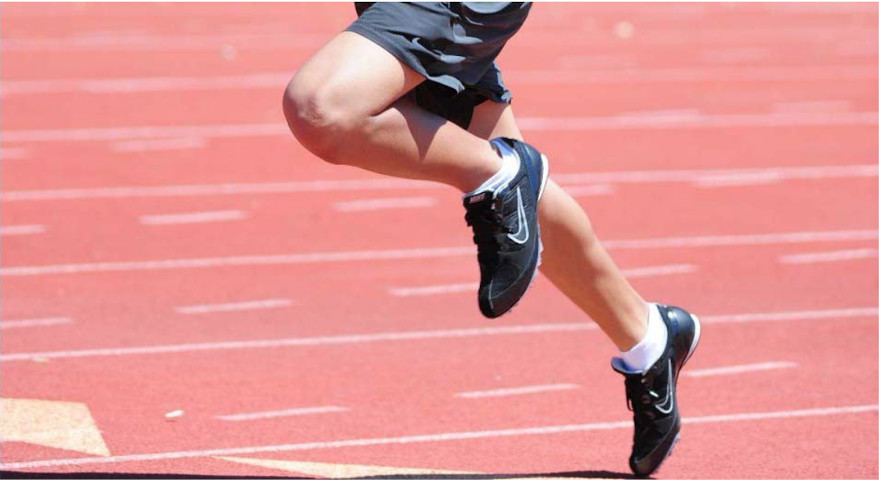
“Nike is committed to ethical and responsible manufacturing and we uphold international labor standards. We are concerned about reports of forced labor in, and connected to, the Xinjiang Uyghur Autonomous Region (XUAR). Nike does not source products from the XUAR and we have confirmed with our contract suppliers that they are not using textiles or spun yarn from the region.”
So why are statements made several months ago creating a scandal now? According to CNN, human rights groups have been accusing Beijing of detaining minority groups in the area and using them as forced labour, claiming it’s part of global retail supply chains. Recently, the U.S. and other Western countries (including Canada) have placed sanctions on China over Xinjiang, which has resulted in significant pushback from the Chinese government. Several news outlets in the country have called the allegations lies, and Chinese Communist Youth League released its own statement, saying “Spreading rumors to boycott Xinjiang cotton, while trying to make a profit in China? Wishful thinking!”
Popular Chinese e-commerce platforms have now pulled products from H&M, Nike, Adidas and several other brands from their websites, and several of the country’s celebrities are dropping their Nike and Adidas endorsements. As outrage on social media has continued to spread, several users of the popular Chinese social media app, Weibo, have posted videos of them burning their Nike shoes and other apparel, and many users have stated that they will stop buying from Nike.
Nike and Adidas are both part of the Better Cotton Initiative (BCI), the group that promotes sustainable cotton production, which suspended its approval of Xinjiang cotton in October. According to Reuters, users have also attacked the organization for its stance.
“If you boycott Xinjiang cotton, we’ll boycott you. Either Adidas quits BCI, or get out of China,” one internet user wrote.

The human rights allegations in question are the same reason why some parties are calling for a boycott of the 2022 Winter Olympics, set to take place in Beijing next year.
(03/27/2021) ⚡AMPby Running Magazine
Chris Thompson (2:10:52) and Stephanie Davis (2:27:16) Win British Olympic Marathon Trials
It has been a momentous week for veteran distance runner Chris Thompson, and it’s only Friday.
On Monday, the 39 year-old Olympian and his wife Jemma Simpson celebrated the birth of their son, Theodore, their first child. Then today, in a perfectly timed effort at the Müller British Athletics Marathon and 20km Walk Trials, he ran his way on to his second Olympic team in dramatic fashion, coming from behind to win in a personal best 2:10:52, comfortably under the Tokyo Olympics qualifying standard of 2:11:30. According to statistician Jon Mulkeen, Thompson has now made 25 British national teams since qualifying for the World Junior Championships in 1998 in the 3000-meter steeplechase.
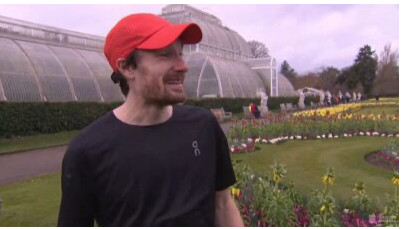
“I’ve never felt so much emotion in my life,” a teary-eyed Thompson told commentator Tim Hutchings in his post-race broadcast interview. He continued: “Everything fell into place in the last couple of laps.”
At today’s race, held in the Royal Botanic Gardens in Kew in southwest London, the top-two men and women could earn automatic selection for the Tokyo Olympics if they left the finish area with the Olympic qualifying standard under their belts. Only one man and one woman, Ben Connor and Stephanie Davis, possessed those respective standards of 2:11:30 and 2:29:30 coming into the race. So Thompson had to hit the time today, plus finish in the top-2 to gain automatic team selection.
In the first five kilometers Thompson, Connor, Dewi Griffiths and Mohamud Aadan (making his marathon debut) ran close behind the pacemakers Callum Hawkins and Jake Smith. Hawkins, who finished fourth in the 2019 World Athletics Championships Marathon, had already been pre-selected for the Olympic team and ran today to “show fitness” as required by British Athletics selectors and also to help his compatriots fulfill their Olympic dreams. Through 10-K (30:51) they were all together running at a 2:10 pace, but over the next five kilometers Thompson would drift back. The 2010 European Athletics Championships 10,000m silver medalist decided that the pace was a little too ambitious.
“After 30 minutes I realized I’d worked the course out,” Thompson explained. “Listen, you can’t keep pushing like this. The turns, everything, was just building up and I thought, I need to check back. These guys need to be in very, very good shape to keep this going.”
At the halfway mark (about 1:04:42), Thompson was about 20 seconds back. Because the Garden’s paved paths are narrow and the primary 3.3-kilometer race loop had 11 turns or bends, Thompson was hidden from his rivals. Indeed, it seemed to the broadcast audience as if he was completely out of contention.
Between 25 and 30 kilometers, the leading men only put up a sluggish 5-K split time of 15:43. Thompson was a whopping 36 seconds behind, and was still out of sight. But over the next five kilometers –after pacemaker Hawkins had dropped out at around 32 kilometers– Thompson made up that entire deficit, while Griffiths dropped back (the Welshman would finish fourth in 2:13:42). At 35-K (1:48:32) it was a three-man race and they were running at about a 2:11 pace. Thompson took stock of his position.
“I’ve either messed this up royally or it’s going to turn around very quickly,” Thompson said.
After running briefly with Connor and Aadan, Thompson left his rivals and forged ahead on his own. By the 40-kilometer mark (2:04:07) he had a commanding 44-second lead. He checked his watch a few times to make sure he was going to make the time, then in the final meters to the finish he started celebrating, nearly stopping at the finish tape as he punched his fists in joy. His official time of 2:10:52 put him well under the standard and on his second Olympic team in nine years.
“I was in dreamland,” Thompson marveled. “The last two laps, I’m like nothing’s stopping me now.”
Behind Thompson, Connor and Aadan battled for second right through the final kilometer. Connor finished a clear second in 2:12:06, and since he already had the qualifying standard from the Virgin Money London Marathon last October where he ran 2:11:20 he locked up his team spot. Aadan got third in 2:12:20, a solid debut.
“Satisfaction, relief. Whatever you want to call it,” Connor said when asked to describe his emotions He was impressed with how Thompson managed his effort today. “I could hear him breathing about ten seconds before he came by,” Connor said. He added: “Smart running from him. Fair enough.”
Women’s Race
The women’s race, which used two male pacemakers, was dominated by Scotswoman Stephanie Davis. Davis, 30, was the only woman who started today’s race in possession of the Tokyo Olympic qualifying standard (she ran 2:27:42 in Valencia in December, 2019). She ran a smart race, following the pacers closely through halfway in an honest 1:14:05. That whittled the lead pack down to five: Davis, Sarah Inglis, Natasha Cockram, Lily Partridge and Charlotte Arter (making her debut). By 25-K Davis had just a four-second lead. Over the next five kilometers that cushion mushroomed to 52 seconds and the race was over. Davis cruised to the finish in a personal best 2:27:16 booking her first Olympic team berth.
“I can’t believe it,” Davis said in her post-race broadcast interview wearing a surgical mask. “I’m smiling so much underneath this mask, and I’m just so delighted. I knew I was in good shape, but anything can happen in the marathon.”
Natasha Cockram finished second in a personal best 2:30:03, but her performance was 33 seconds outside of the minimum required time for Tokyo so she did not earn a team berth. Third place went to Rosie Edwards in 2:31:56, also a personal best. Inglis finished sixth in 2:34:09 (she had run 2:29:41 at The Marathon Project last December in Arizona), and both Lily Partridge and Charlotte Arter dropped out.
With today’s race in the books, British Athletics selectors will have to fill the other two places on the women’s team by going through the remainder of their multi-step selection process. Three women who did not race today —Jess Piasecki, Charlotte Purdue, and Steph Twell-– all have the qualifying time and could be considered for team selection.
Today’s race was the first stand-alone British Olympic Marathon Trials since 1980. The Virgin Money London Marathon, typically held in late April, is usually used as the primary selection race, but that event won’t be held in 2021 until October because of the pandemic.
Full results with 5km splits can be found here. The full race broadcast is here.
Talk about the race on the LetsRun.com messageboard.
(03/27/2021) ⚡AMPby Let’s Run
Could Running Stairs Be the Secret to More Speed and Power?
Yes, stair workouts are humbling as hell. That's why you should do them more often.
Stairs are a part of everyday life; you probably don’t think much of them as you’re hauling laundry up a flight or carrying the trash down. But if you’ve ever found yourself wheezing at the top of a set of steps (who hasn’t?), you should think about incorporating stairs into your running regimen.

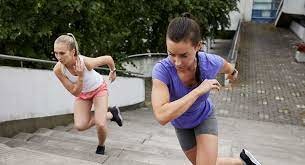
The Benefits of Stair Workouts for Runners
Stairs, like hills, up the intensity of a running workout. But the intensity of the stairs’ elevation is often harder than a gradual hill, which increases the load. Physiologically, that intensity “makes you breathe harder and faster so you can take in more oxygen, which spikes your heart rate,” says Meghan Kennihan, a USATF- and RRCA-certified running coach. Doing stair workouts consistently eventually leads to an improved VO2max, she adds, because your body learns to use oxygen more efficiently—which means faster paces will feel easier on flat ground.
Research proves this: When scientists had sedentary people vigorously climb 60 steps of stairs three times a day (with one to four hours between climbs for recovery) for six weeks, those people showed improvements in their peak oxygen uptake and peak power output in a cycling test, according to a 2019 study published in Applied Physiology, Nutrition, and Metabolism.
Speaking of power output, stairs work some of the biggest muscles in your body (think: glutes, quads, and calves. Plus, you’re working against gravity to propel yourself up the stairs, which adds resistance—a great way to build strength, says Brady Irwin, owner of and head coach at Science of Speed.
“When you push off each stair, it’s a form of explosive or plyometric training,” adds Kennihan. This kind of training builds strength and power, increasing the ability of your muscles and joints to react upon landing. It also trains your body to recruit muscle fibers more efficiently, which “means you don’t need to work as hard to hit a particular pace,” she explains. “That keeps your energy expenditure lower, so you can go faster longer without fatigue or pick up the pace mid-run without getting as winded.” (In one study published in the Journal of Sport and Health Science, two plyometrics training sessions per week over six weeks led to improved 10K times, despite a reduction in training mileage.)
Stairs can also help you dial in your running technique. “Like running uphill, stairs are a great teacher of running efficiency,” says Irwin. “They naturally require you to shorten your stride and emphasize lean angle. It’s easy to understand if you try running uphill or on stairs while landing on your heels or if you try going upstairs without leaning forward—it may be one of the most awkward things you’ve tried in some time!”

And, in an era where gym access is still limited, stairs become a playground of workout opportunities beyond just sprinting up and down. You can use them to add in other plyometric exercises, as well as variations of standard bodyweight moves, like push-ups, squats, and lunges. Considering how many runners skip strength training, this is an easy way to knock out strength and cardio in one.
How to Incorporate Stair Workouts into Your Routine
An easy way to add stair workouts is to sub them in for hill workouts. But you can also do them in place of a strength training session every so often, during the first half of an easy run, or even in the middle of a longer run.
Whenever you do them, make sure to keep your form on point—since stairs require that explosive form and a little more technique than running in a straight line, you want to be focused and engaged. “Eyes should be straight ahead, not staring down at your feet,” says Kennihan. “Lean slightly forward and pump your arms to help you drive your knees up as you lift your feet up each stair.” Only do stairs at the end of the run if you’ve still got the energy to do them right.
Pyramid Stair Workout
Warm up for 10 to 15 minutes running on flat ground
Run up and down stairs or bleachers for 2 minutes
Rest for 30 to 60 seconds
Run up and down stairs or bleachers for 3 minutes
Rest for 30 to 60 seconds
Run up and down stairs or bleachers for 4 minutes
Rest for 30 to 60 seconds
Run up and down stairs or bleachers for 3 minutes
Rest for 30 to 60 seconds
Run up and down stairs or bleachers for 2 minutes
Rest for 30 to 60 seconds
Cool down by running for 10 to 15 minutes on flat ground
Total-Body Stair Workout
Warm up for 10 to 15 minutes running on flat ground
Run up and down the stairs 5 times
Perform 10 push-ups at the bottom
Run up and down the stairs 5 times
Perform 10 triceps dips at the bottom
Run up and down the stairs 5 times
Perform 10 air squats at the bottom
Run up and down the stairs 5 times
Perform 10 full sit-ups at the bottom
Run up and down the stairs 5 times
Hold a plank for 60 seconds at the bottom
Repeat the circuit 2 times total
Cool down by running for 10 to 15 minutes on flat ground
Stability Stair Workout
Warm up for 10 to 15 minutes running on flat ground (or do this workout after a steady-state run)
Perform 3 x 30-second pick-ups (start at a jog and increase the speed until you are at a 9/10 intensity), recovering with a 1-minute walk between each rep
Do 3 x 30 single-step sprints
Do 3 x 30 double-step sprints
Do 2 x 20 single steps with lateral bounding
Do 3 x 10 double-leg jumps
Cool down by walking or jogging for 10 to 15 minutes on flat ground
Leg Burnout Bleacher Workout
After a moderate run, perform 3 x 30-second pickups (start at a jog and increase the speed until you are at a 9/10 intensity), recovering with a 1-minute walk between each rep
Do 2 sets of 4 x 40 stair sprint repeats (run up the stairs, laterally across the bleachers, and down the stairs, then walk laterally across the lower bleacher to recover)
Take 4 minutes to recover between sets
(03/27/2021) ⚡AMPby Runner’s World
Entries for Comrades Marathon virtual race open
The world’s greatest ultramarathon is all set to stage the world’s greatest virtual event with runners from around the globe invited to participate on Sunday, 14 June 2020 with FREE entry to all South African runners who entered the 2020 Comrades Marathon.
The Comrades Marathon Association (CMA) last month launched its one and only officially sanctioned virtual race, ‘Race the Comrades Legends’ which promises to be The Ultimate Virtual Race.
GET A REAL MEDAL:
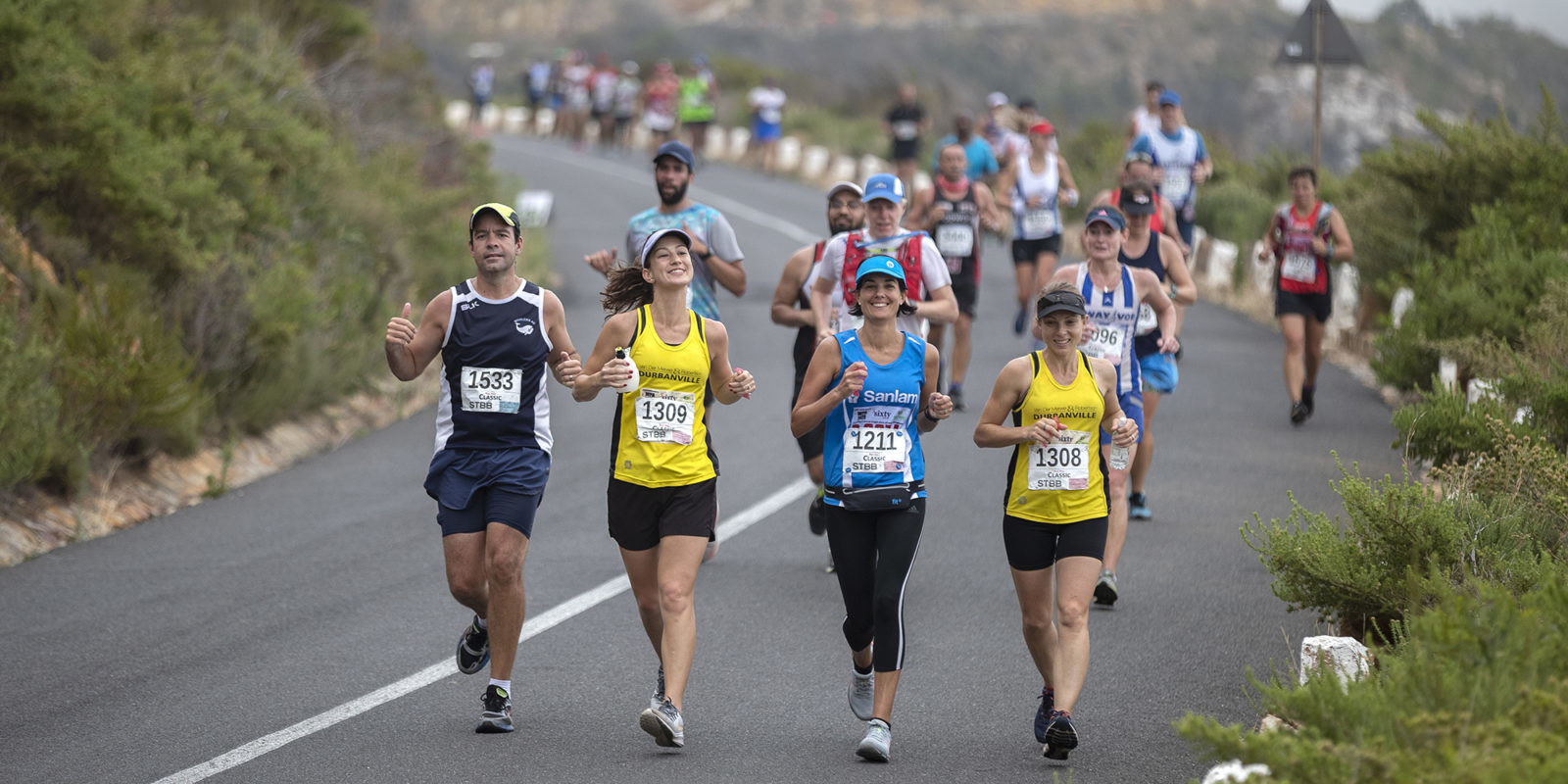
Participants who sign up for and complete the ‘Race The Comrades Legends’ are guaranteed a real finishers medal, together with the bragging rights of having completed the very first virtual event hosted by the CMA.
YOU ARE NOT ALONE:
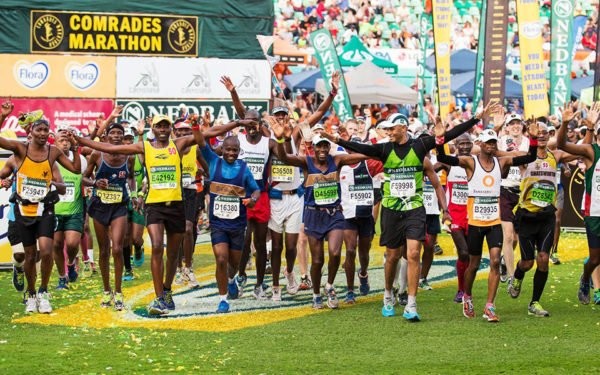
It may seem new age to traditional Comrades Marathon runners but ‘Race the Comrades Legends’ is a great option for runners who for months have done training runs in isolation and no longer feel part of a close-knit running community. The ‘Race the Comrades Legends’ will provide a platform to engage with other runners throughout South Africa and the rest of the world as well as opportunity for family members to participate in the action, all with the reassurance of safety and convenience, while here in South Africa doing so within the constraints of the government’s National Lockdown regulations.
RACE AGAINST THE LEGENDS:
The CMA’s ‘Race The Comrades Legends’ is a running concept based on the stories of the greatest Comrades Legends in history. The official Comrades Marathon website will include an online functionality where runners can virtually compete, run with and compare with each other and the likes of Bruce Fordyce, Frith van der Merwe, Samuel Tshabalala and many others; where each participant creates their own personal story and on completion is able to earn a real medal.
CHOOSE YOUR DISTANCE - 5, 10, 21, 45 OR 90KM:
By creating an international virtual event with great public focus, based on a series of distances that various running legends have defined in their time, from the 5km to the marathon as well as the usual Comrades Marathon ultra, the CMA has effectively created a virtual mass-participation event for everyone to be a part of.
All that runners need to do is go to the Comrades website; register for ‘Race The Comrades Legends’; select their distance of 5km, 10km, 21km, 45km or 90km.
ENTER ONLINE:
The cost is R150 for South African runners and $25 for foreign athletes.
(03/26/2021) ⚡AMPComrades Marathon
Arguably the greatest ultra marathon in the world where athletes come from all over the world to combine muscle and mental strength to conquer the approx 90kilometers between the cities of Pietermaritzburg and Durban, the event owes its beginnings to the vision of one man, World War I veteran Vic Clapham. A soldier, a dreamer, who had campaigned in East...
more...The Chicago Marathon faces more competition this year to attract elite runners because of the pandemic.
Don’t expect the Bank of America Chicago Marathon to have a wide array of the world’s best runners this year.
Competition to sign them up will be fierce because the world’s six major marathons, which are normally spread across the spring and fall months, are all being scrunched into an eight-week window in September, October and November because of the pandemic.
The Boston Marathon, for instance, a race that’s traditionally held on the third Monday in April, will take place Oct. 11, the day after Chicago’s marathon.
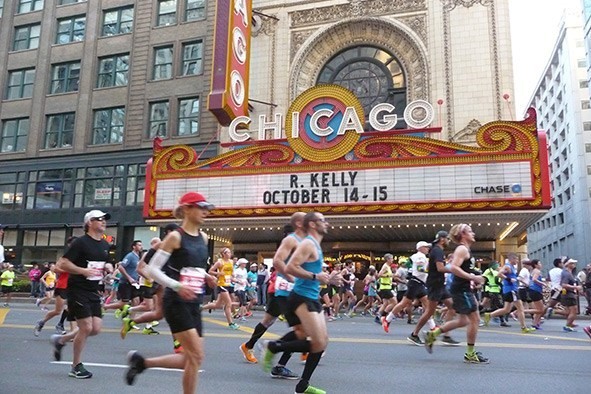
“I’m not going to say it’s not a challenge, but it gives us an opportunity to go a little deeper and find athletes who may have not had a chance in the last year or two and have them here where they may do something memorable,” said Carey Pinkowski, the longtime director of the Chicago Marathon who built the race into a world-class event.
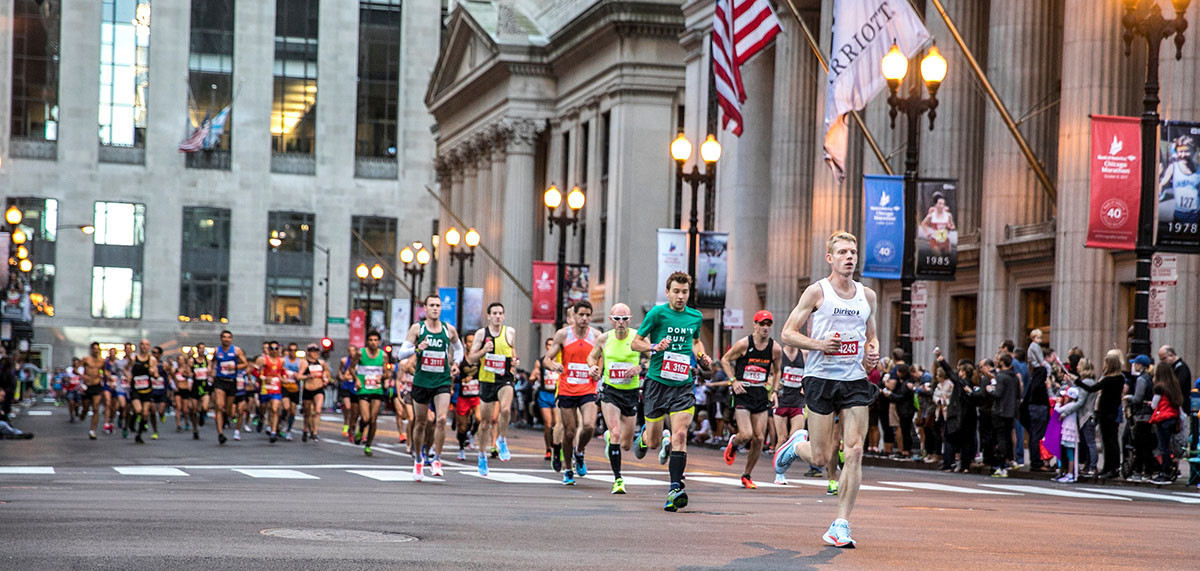
Pinkowski said he expected top athletes, many who run one marathon in the spring and one in the fall, to start deciding next month what races they’ll run.
“We’ve had some nice discussions with managers and coaches,” he said.
“You never know, we may see one of the stars we’ve seen in the past,” he said, noting the unpredictability of the pandemic that caused Chicago, along with many other cities, to cancel its marathon last year.
“This year is a transitional year, so we’ll just have to get through it,” he said. “We hope to be back to normal in 2022.”
Marathon organizers anticipate the number of non-elite runners this year to be in line with previous years.
In 2019, the last year the marathon took place in Chicago, a record 45,786 runners crossed the finish line in Grant Park.
Pinkowski cited positive developments with vaccinations taking place around the country and said there was “a great deal of optimism” for this year’s race.
(03/26/2021) ⚡AMPby Mitch Dudek
Bank of America Chicago
Running the Bank of America Chicago Marathon is the pinnacle of achievement for elite athletes and everyday runners alike. On race day, runners from all 50 states and more than 100 countries will set out to accomplish a personal dream by reaching the finish line in Grant Park. The Bank of America Chicago Marathon is known for its flat and...
more...2021 Fukuoka International Marathon will be Its final running
The prestigious Fukuoka International Open Marathon Championship will be discontinued after the 75th edition in 2021 due in part to a lack of sponsors, a source close to the matter said Friday.
The international men's marathon held in the southwest Japan city is one of the longest-running footraces in Japan. First held in 1947 in Kumamoto Prefecture, it moved to Fukuoka permanently in 1959.
The marathon has served as a qualifier for Olympics and world championships.
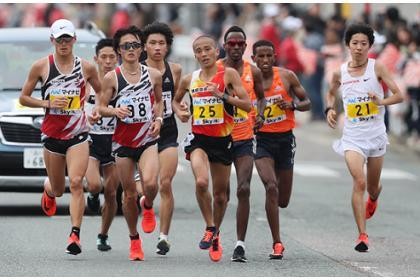
The marathon is one of six events, each one of the world's oldest footraces, that received a World Athletics heritage award in October.
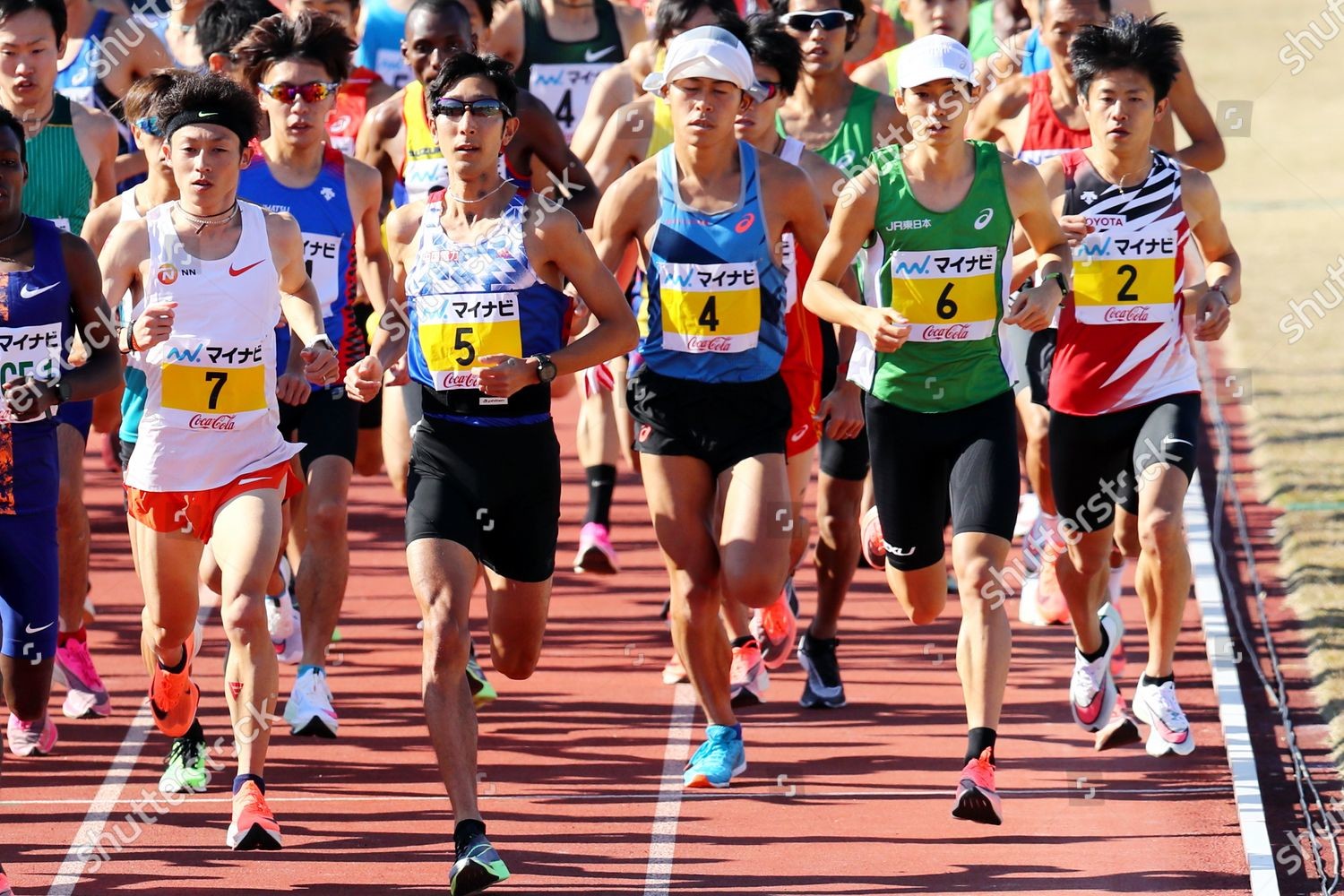
Some of Japan's greatest racing moments, including those involving Olympians Toshihiko Seko and twin athletes Shigeru So and Takeshi So in the 1970s and 1980s, have been witnessed at the Fukuoka marathon.
The Lake Biwa Mainichi Marathon, considered the oldest marathon in Japan, will be absorbed into the Osaka Marathon from 2022. It was run on the banks of the Shiga Prefecture lake for the 76th time in February.
(03/26/2021) ⚡AMPFukuoka Marathon
The Fukuoka International Open Marathon Championship is one of the longest running races in Japan, it is alsoan international men’s marathon race established in 1947. The course record is held by Tsegaye Kebede of Ethiopia, running 2:05:18 in 2009. Frank Shorter won first straight years from 1971 to 1974. Derek Clayton set the World Record here in 1967 running 2:09:37. ...
more...Differences between running on grass and running on concrete
If you live in an area with the option to run on both grass or concrete, it can be difficult to decide, especially when you don’t know the pros and cons of each.
Running on grass makes running a little more difficult due to the softer impact. Alternatively, running on concrete provides a harder impact surface, making the running process a little easier as you don’t need to put as much force into pushing away from the ground with each stride.
In this short article, we are going to talk about the pros and cons of running on grass VS running on concrete.
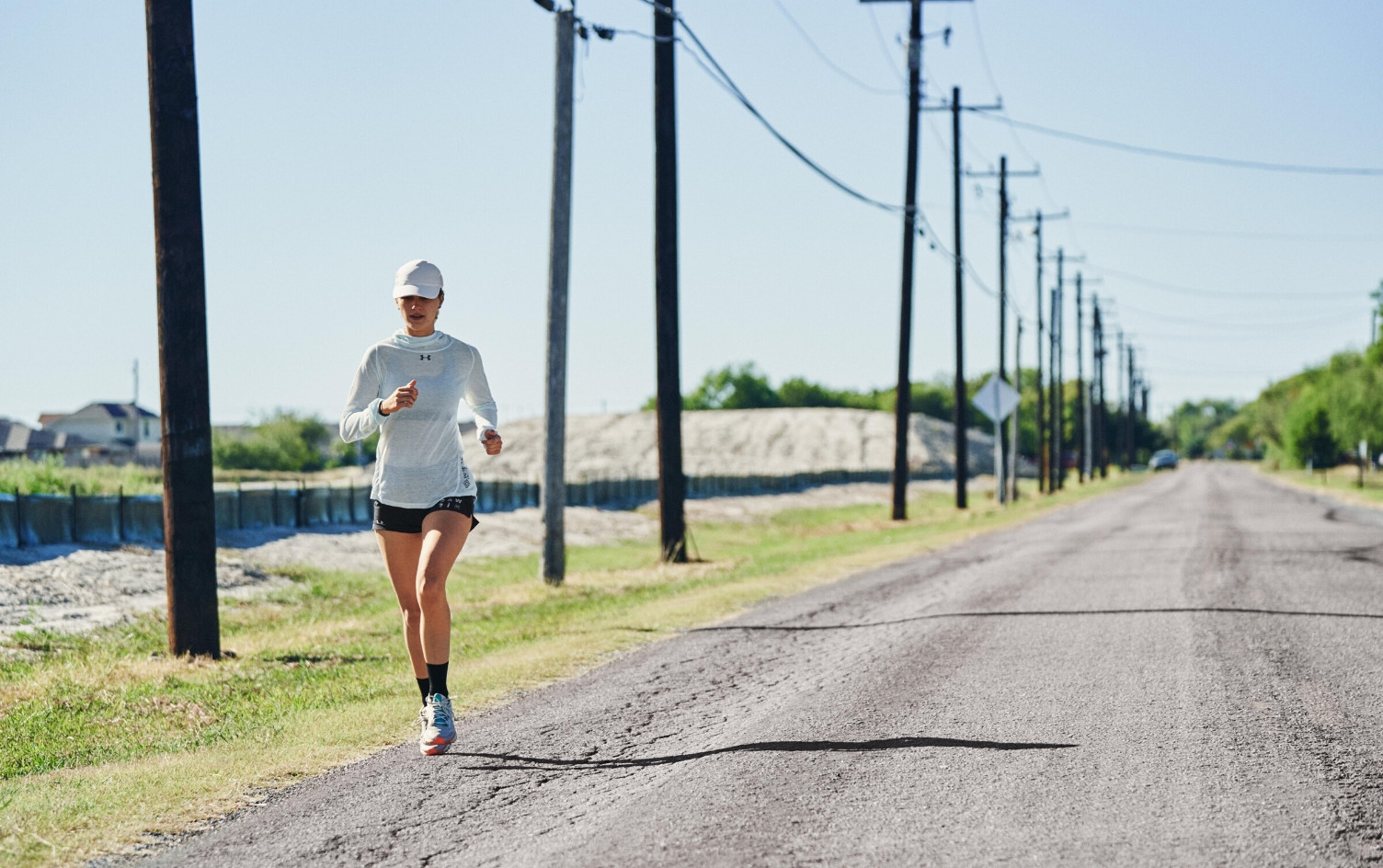
Running On Concrete
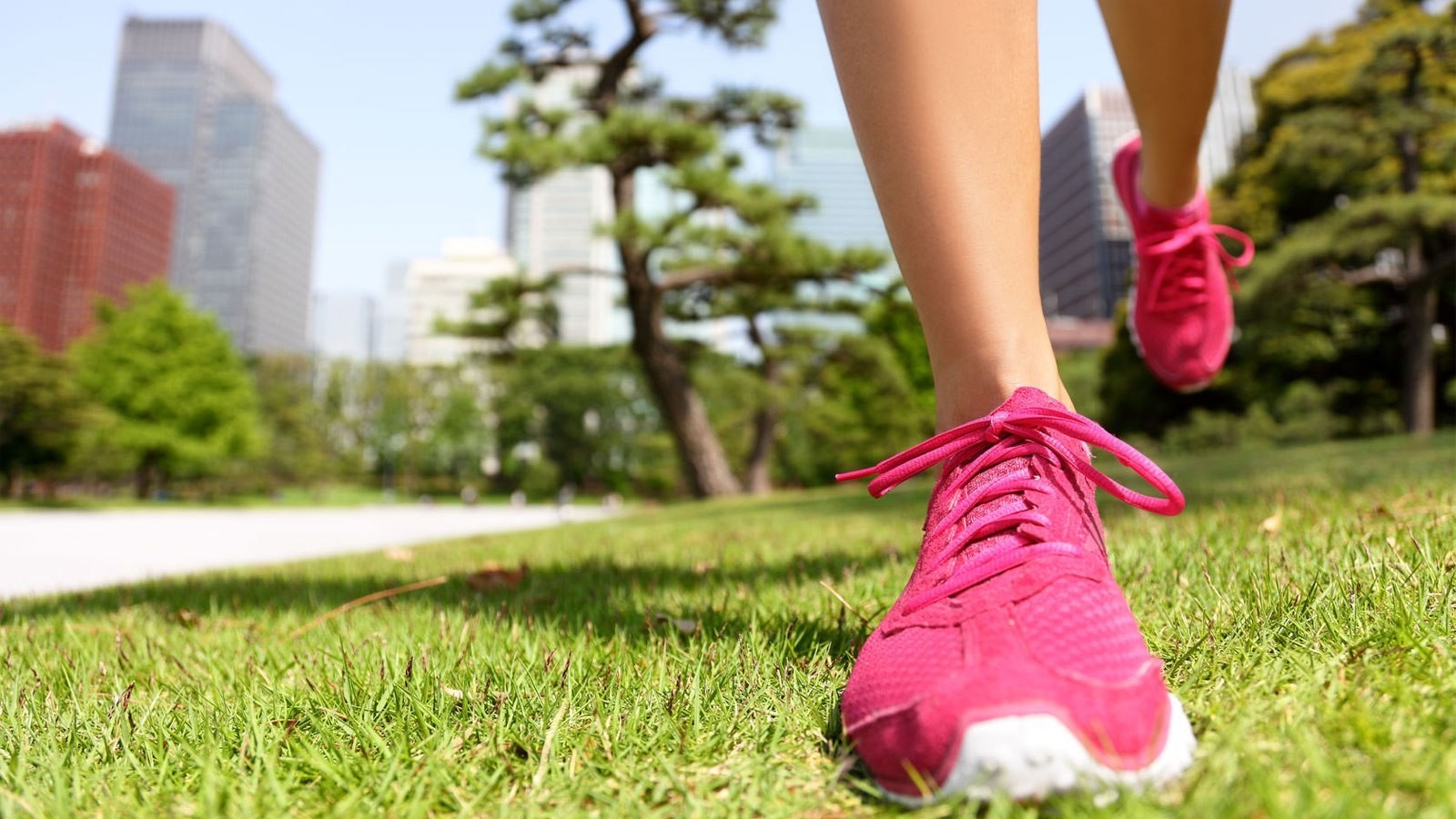
If you were to think back to all your runs, the majority of them have probably been on concrete, as this is the most common surface for runners; however that doesn’t mean it’s necessarily the best or worst way to do things, it depends on your goals and preference.
Pros
The most common benefit of running on concrete is the fact that it tends to be a lot easier, as it doesn’t require you to use as much force as you would when running on grass.
This also means you’ll be able to run faster, so don’t get discouraged if your running time is faster on concrete, as this is to be expected.
Cons
If you spend a lot of time running on concrete, it can put stress on your joints, leading to arthritis and issues later on down the road. You’re also more prone to falling over due to potholes and other debris you typically find left on the street.
Running On Grass
Running on grass is not as common as concrete; however, it’s definitely something worth considering as it comes with certain benefits. It’s also worth mentioning that it’s important to purchase the right trainers for running on grass, if you want to go down this route. There are significant differences in terms of quality requirements compared to running on concrete.
Pros
Grass is a softer surface, so you’re going to be demanding more out of your leg muscles with each step. This means you’re going to be training harder, which is great if you love a challenge.
In addition, you won’t be putting as much stress on your joints as you would with concrete, helping prevent injuries in the future.
Cons
The first problem with grass is that when it rains, it becomes slippery and can lead to you falling over. Also, it tends to be a little uneven in places, which means one leg is going to be working harder in the other, so you’ll probably get tired quicker.
This can also lead to you tripping over an uneven patch of grass. While this is bad, it’s still better than falling over on the concrete.
If you’re an experienced runner who is looking to build leg strength and challenge yourself, we recommend running on grass.
On the flip side, if you’re relatively new, it’s best to start with concrete and move onto grass once you’ve got a bit more experience.
We hope this article has shown you the differences between running on grass VS concrete. If you have any questions, drop a comment below and we will get back to you as soon as possible.
(03/26/2021) ⚡AMPby Colorado Runner
Tokyo Olympics torch relay got off to a low-key start after a year's coronavirus delay on Thursday
Tokyo Olympics flame begins journey across Japan, with fans kept away as it embarked on a four-month journey across Japan that will end at the opening ceremony on July 23.
Spectators were barred from the departure ceremony and first leg over ongoing fears about the coronavirus, which forced the 2020 Games' historic postponement a year ago.
But organizers hope the 121-day relay, which will criss-cross Japan and involve 10,000 runners, will build excitement and enthusiasm as doubts persist about holding the Games safely.

Tokyo 2020 chief Seiko Hashimoto said the flame was "a ray of light at the end of the darkness".
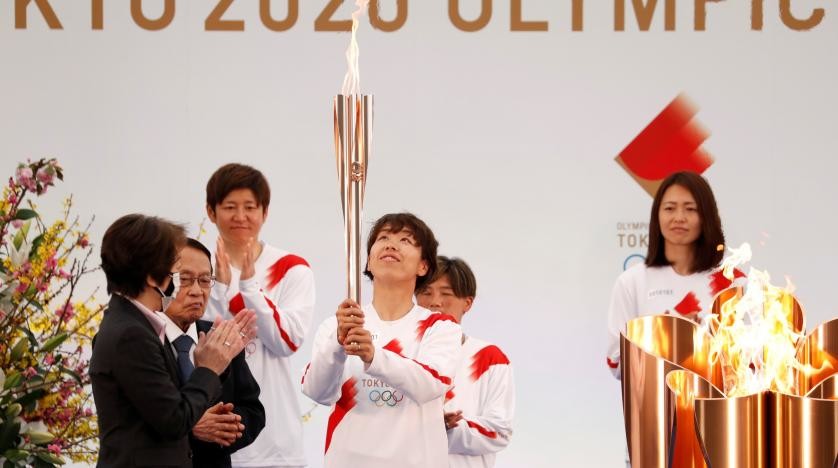
"This little flame never lost hope and it waited for this day like a cherry blossom bud just about to bloom," she told the ceremony at the J-Village sports complex in Fukushima, the former operations base for the 2011 nuclear disaster.
Azusa Iwashimizu, one of Japan's 2011 World Cup-winning women's footballers, was the first to carry the rose-gold, cherry blossom-shaped torch, accompanied by former teammates.
Iwashimizu then passed the flame to the next runner, Fukushima high school student Asato Owada, who was wearing the same torchbearer's uniform of white tracksuit with a red diagonal stripe.
A handful of fans, wearing the compulsory masks, watched the relay's second section, but clicking cameras were the loudest sound. Cheering and large crowds are banned at the relay, to prevent virus infections.
"I think it somewhat lacks excitement because there are rules," spectator Tetsuya Ozawa told AFP.
The torch will take a circuitous route, first heading south to the islands of Okinawa before reversing course for the northern region of Hokkaido and finally back to Tokyo.
But there are still challenges ahead for organizers. Several dozen torchbearers have dropped out, citing issues including scheduling conflicts and concerns about the coronavirus.
(03/25/2021) ⚡AMPby AFP
Tokyo 2020 Olympic Games
Fifty-six years after having organized the Olympic Games, the Japanese capital will be hosting a Summer edition for the second time, originally scheduled from July 24 to August 9, 2020, the games were postponed due to coronavirus outbreak, the postponed Tokyo Olympics will be held from July 23 to August 8 in 2021, according to the International Olympic Committee decision. ...
more...Duluth´s Lakewalk to reopen by Grandma’s Marathon
Duluth has finished reconstructing the boardwalk portion of its popular Lakewalk, but people should not be tempted to use the fenced-off stretch of path running toward Canal Park quite yet, warned Mike LeBeau, construction project manager.
“That section of the Lakewalk remains a construction site that’s closed to the public. We need people to stay off it and stay safe,” he said.
Favorable weather has enabled crews to make quicker progress on the project than anticipated, and LeBeau referred to the work as “probably about 95% done.” But he said grading, landscaping and the installation of a paved asphalt path for wheeled traffic still awaits.
LeBeau said the project is fully on track to meet the goal of reopening before Grandma’s Marathon, June 19.

The Lakewalk was badly damaged by back-to-back storms that undermined the path, leaving holes in it up to 3 feet deep after an October 2018 battering.
Since then, more than $16 million has been invested in efforts to bolster the shoreline and rebuild a path through Canal Park that would be less susceptible to future damage. A combination of state, federal and local funding have all been brought to bear on this Phase 3 of the restoration project.

To lessen the pounding the Lakewalk receives from storms, LeBeau described the revetment that has been installed, beginning with 10- to 12-ton toe stones, many of them the size of an automobile, that were dug into the lake bottom roughly 30 feet from the water’s edge. These base reinforcements then were backfilled toward shore with what LeBeau described as filter stone and core stone topped by two layers of armor stone.
Finally, an 18-inch-thick concrete wall was installed, with the top lip of that structure sitting about 2 feet above the surface of the newly constructed Lakewalk.
The Lakewalk, too, has been elevated about 3 feet above its original level.
“We know that waves will still break over the top in really big storms. But it’s a matter of protecting the Lakewalk, so the wave energy won’t undermine it again,” LeBeau said.
In addition to building a more resilient Lakewalk, the city is significantly enlarging it. The original 6-foot width of the boardwalk will grow to 10 feet, and the paved trail will go from 7 to 12 feet wide.
LeBeau explained that the city enlarged the Lakewalk in recognition of its current popularity and in anticipation that the volume of users it accommodates will continue to grow.
(03/25/2021) ⚡AMPby Peter Passi
Grandmas Marathon
Grandma's Marathon began in 1977 when a group of local runners planned a scenic road race from Two Harbors to Duluth, Minnesota. There were just 150 participants that year, but organizers knew they had discovered something special. The marathon received its name from the Duluth-based group of famous Grandma's restaurants, its first major sponsor. The level of sponsorship with the...
more...

